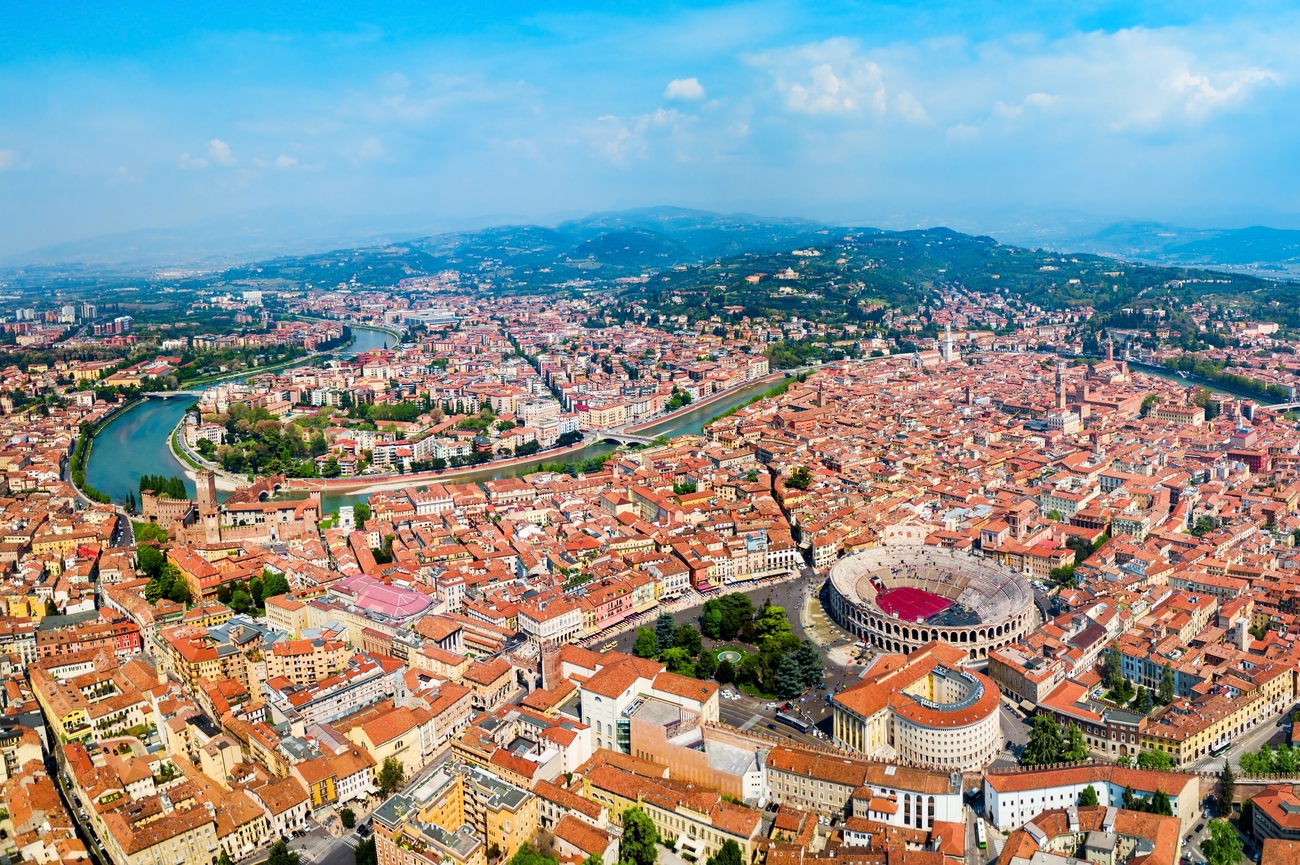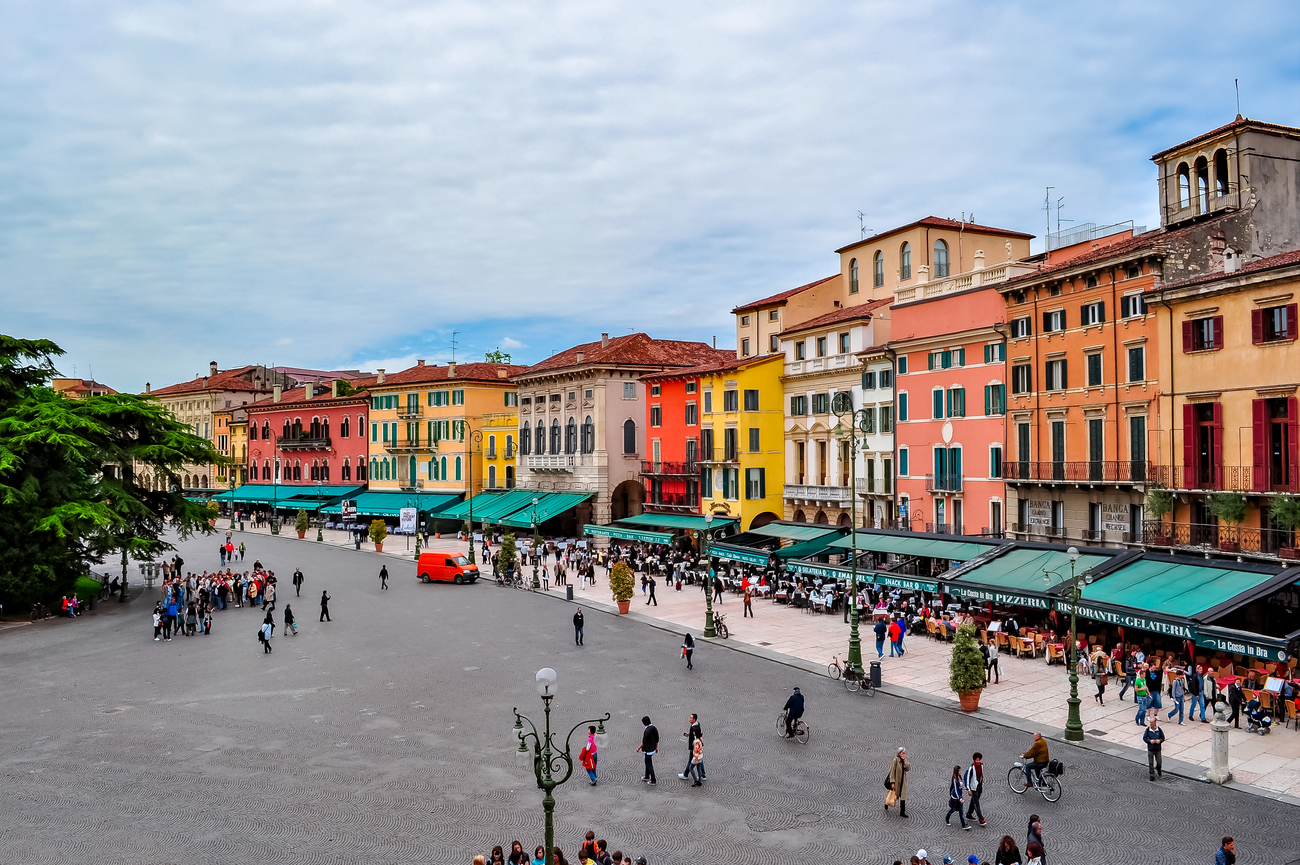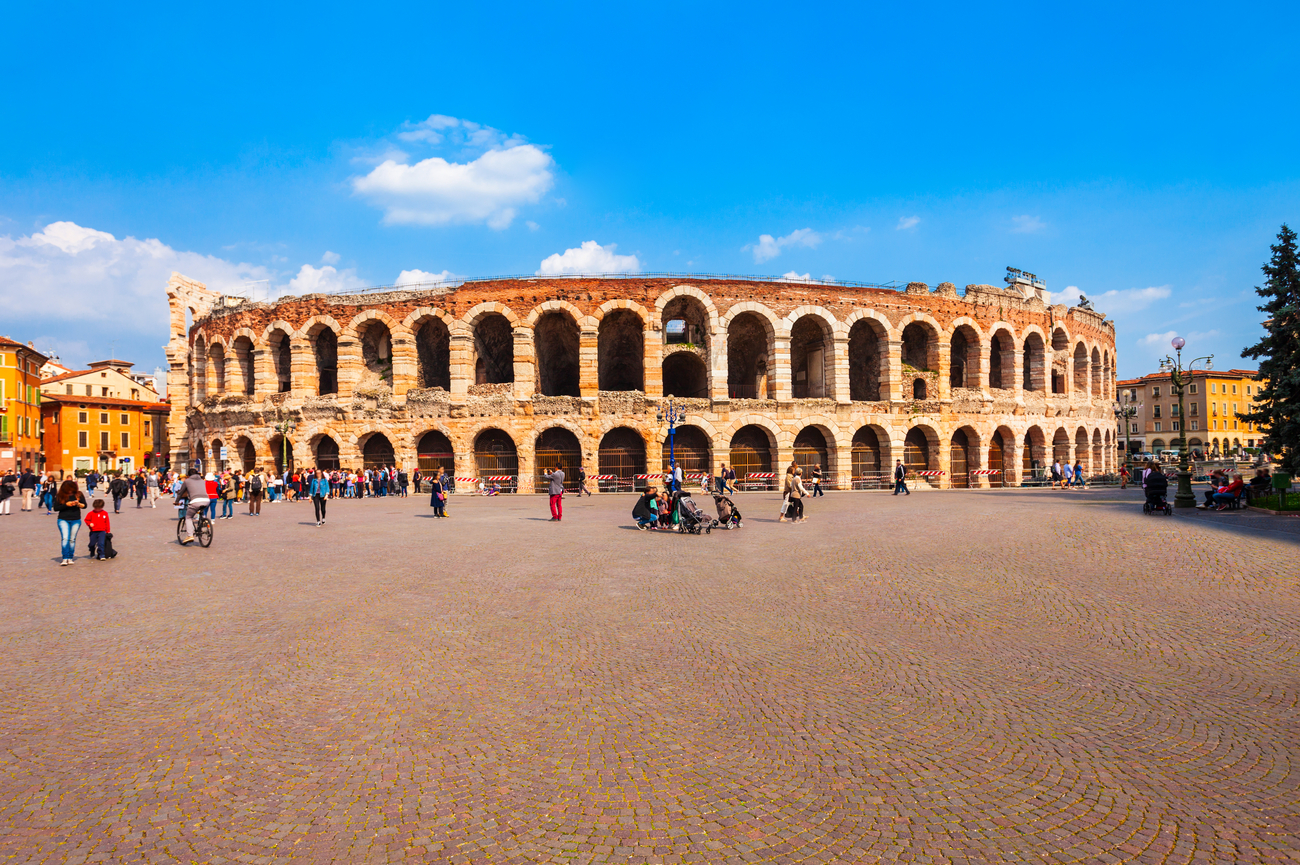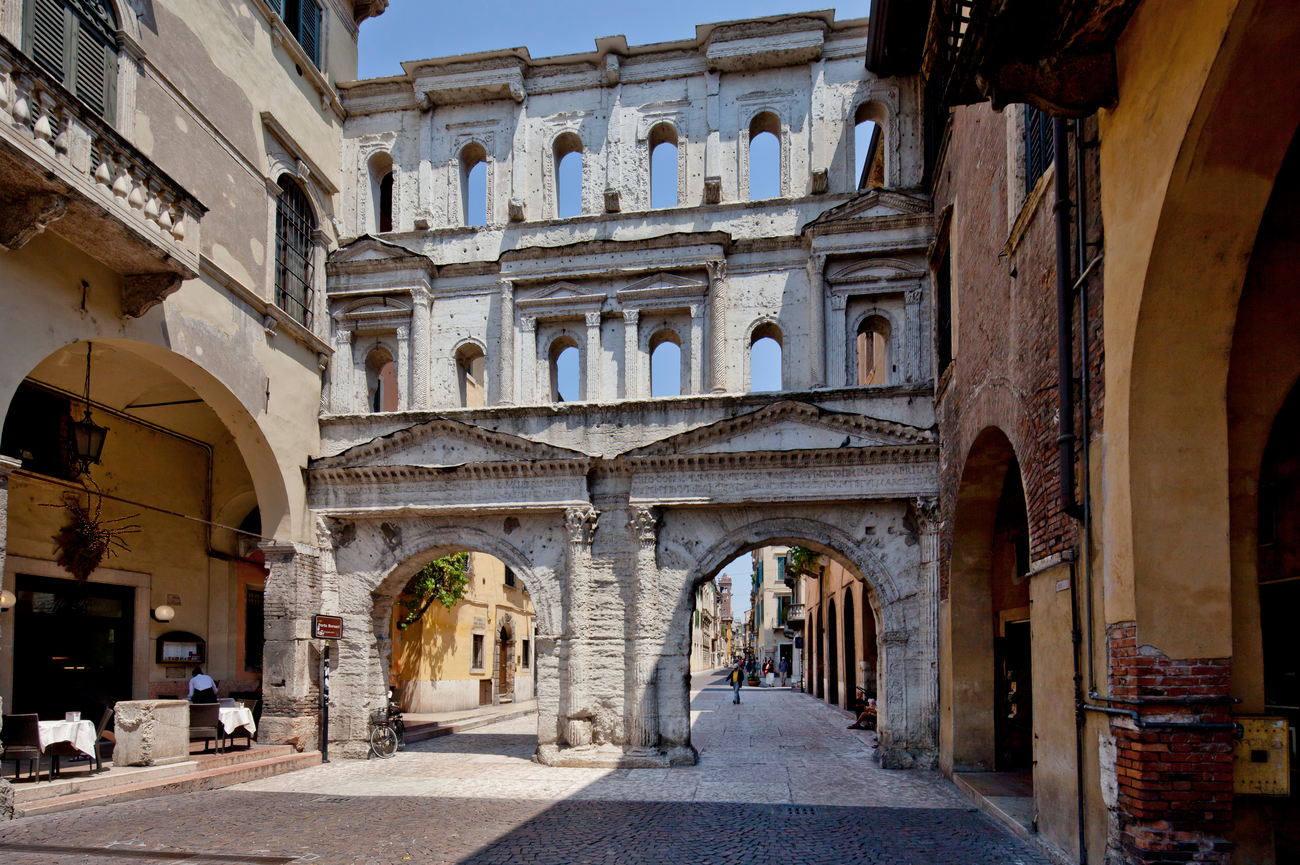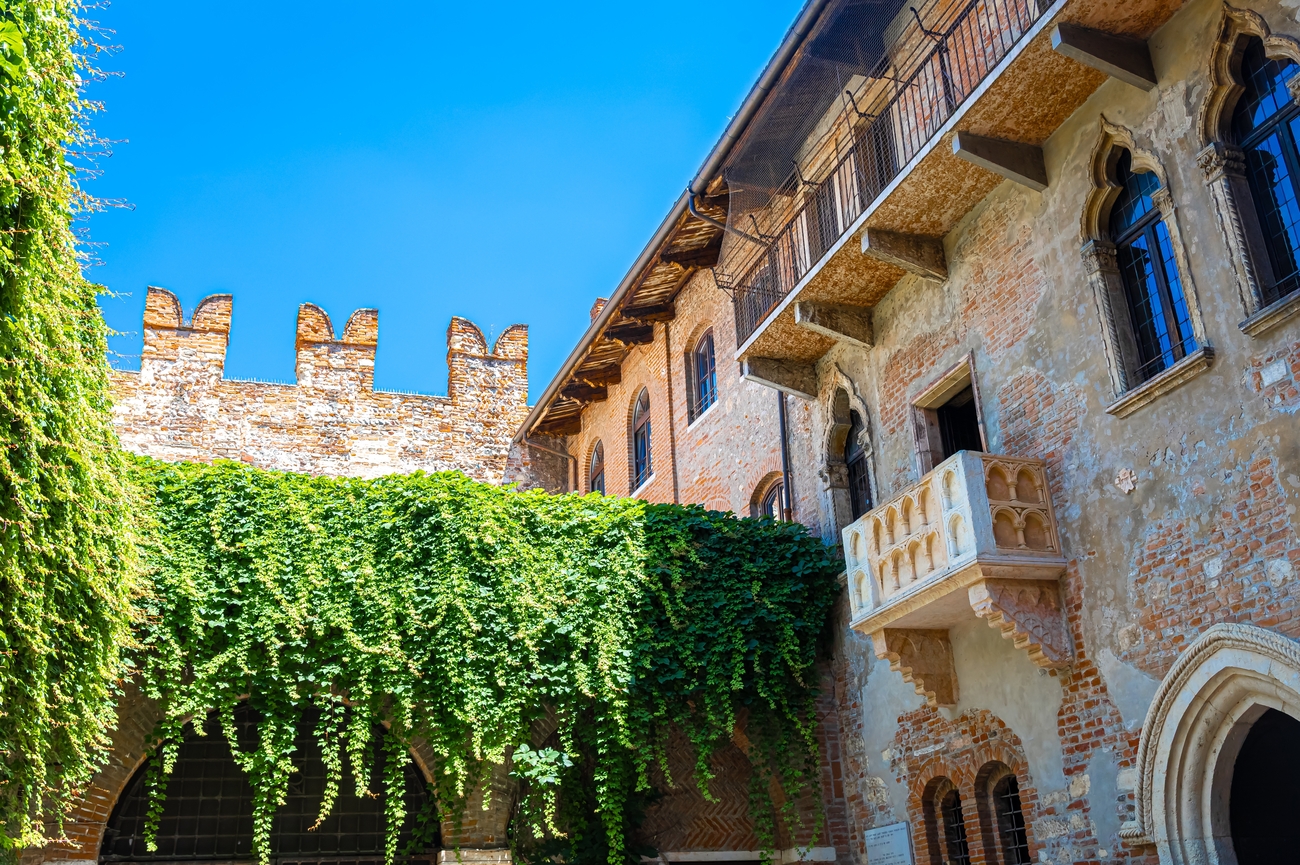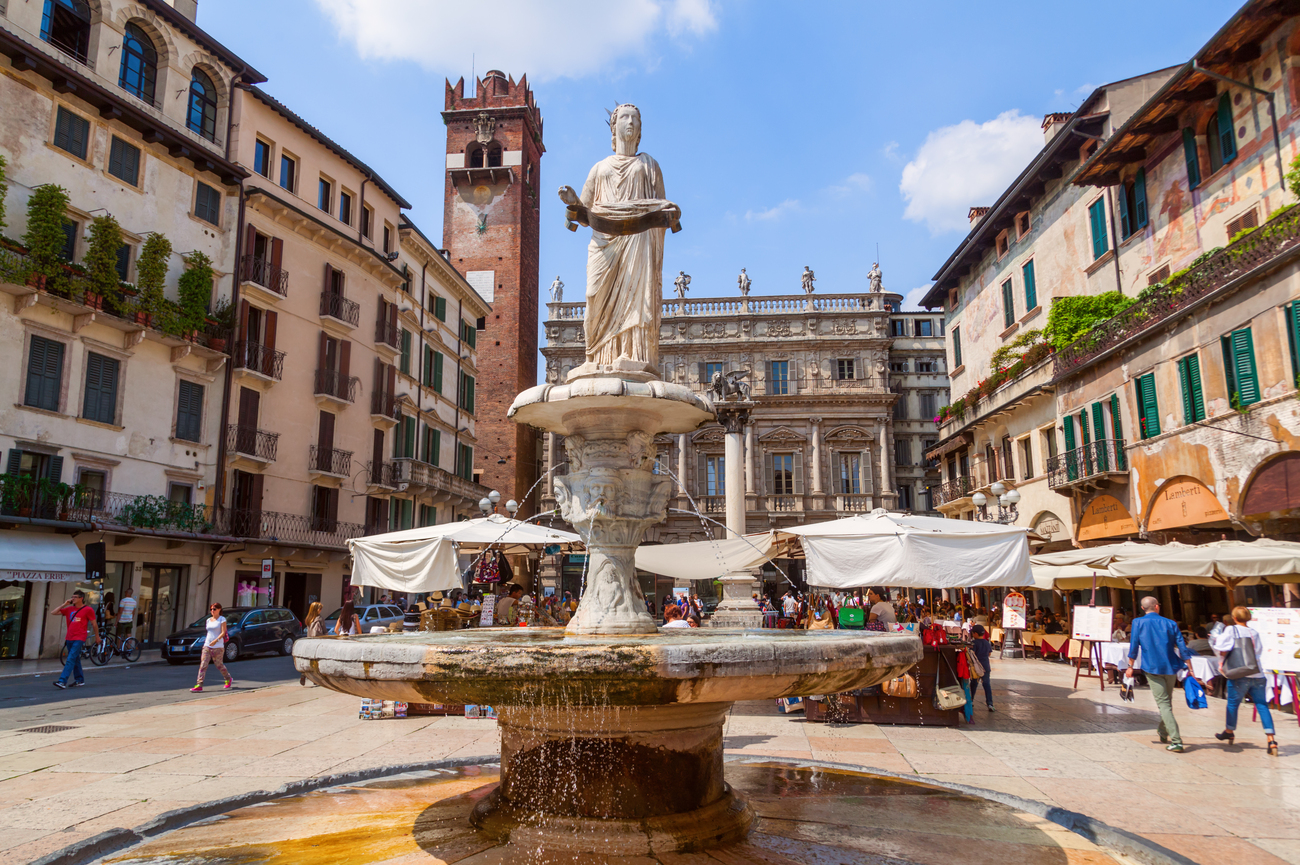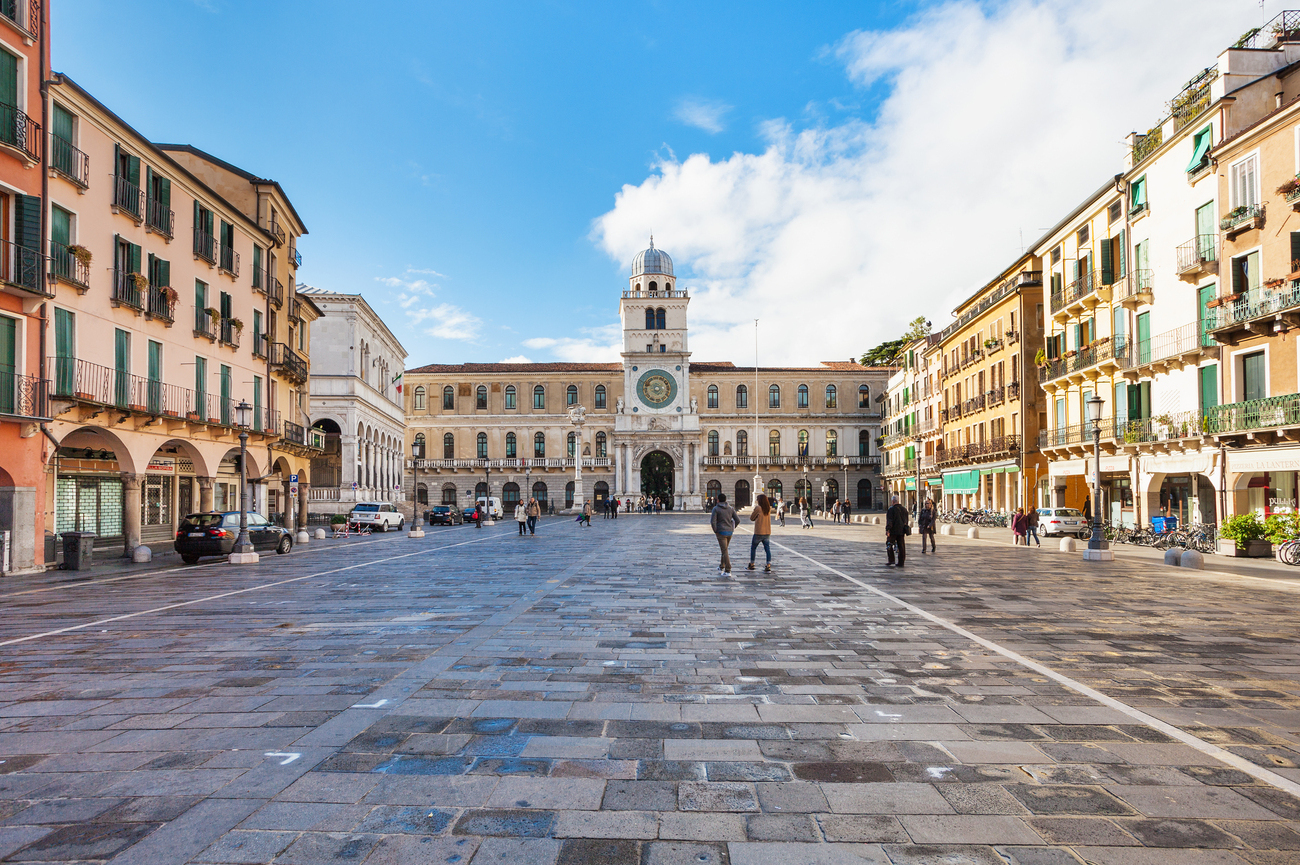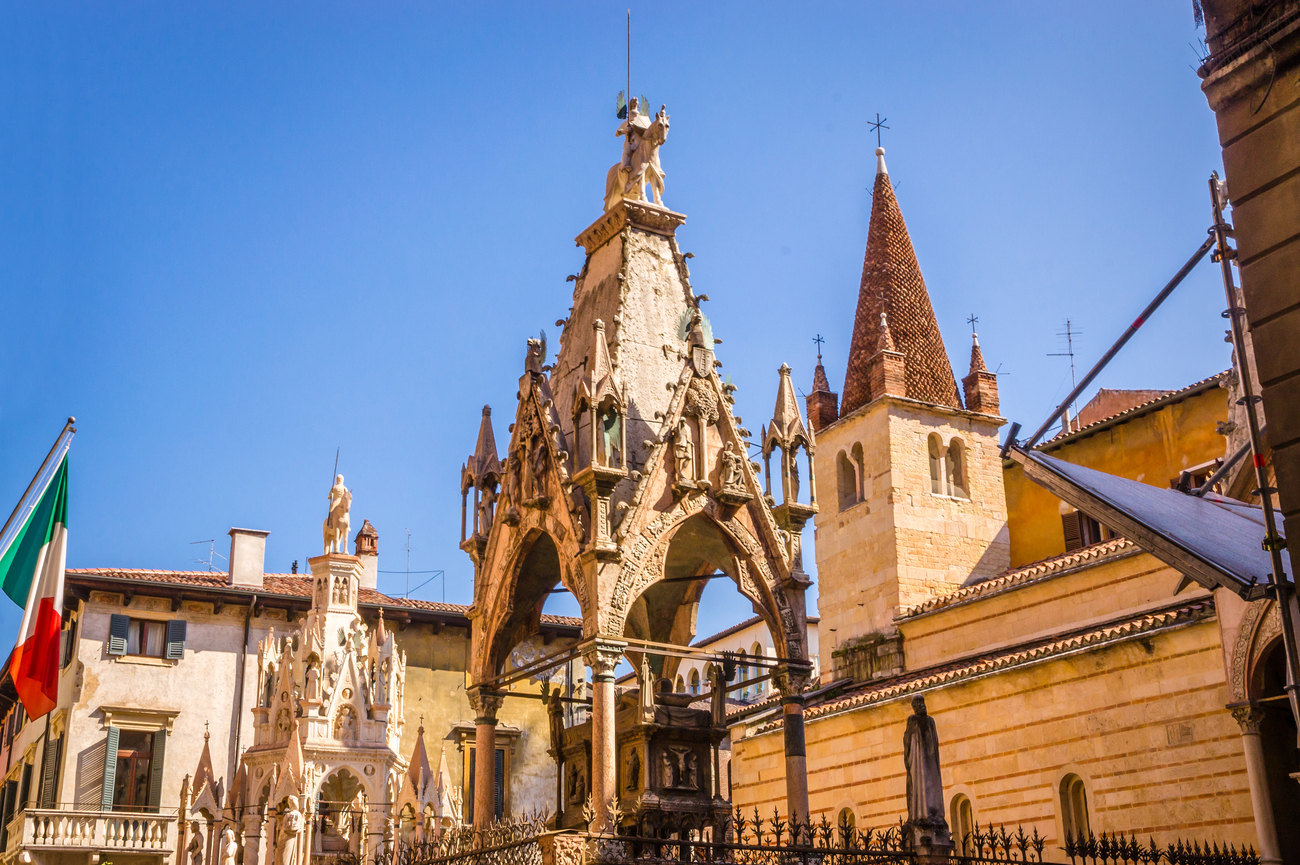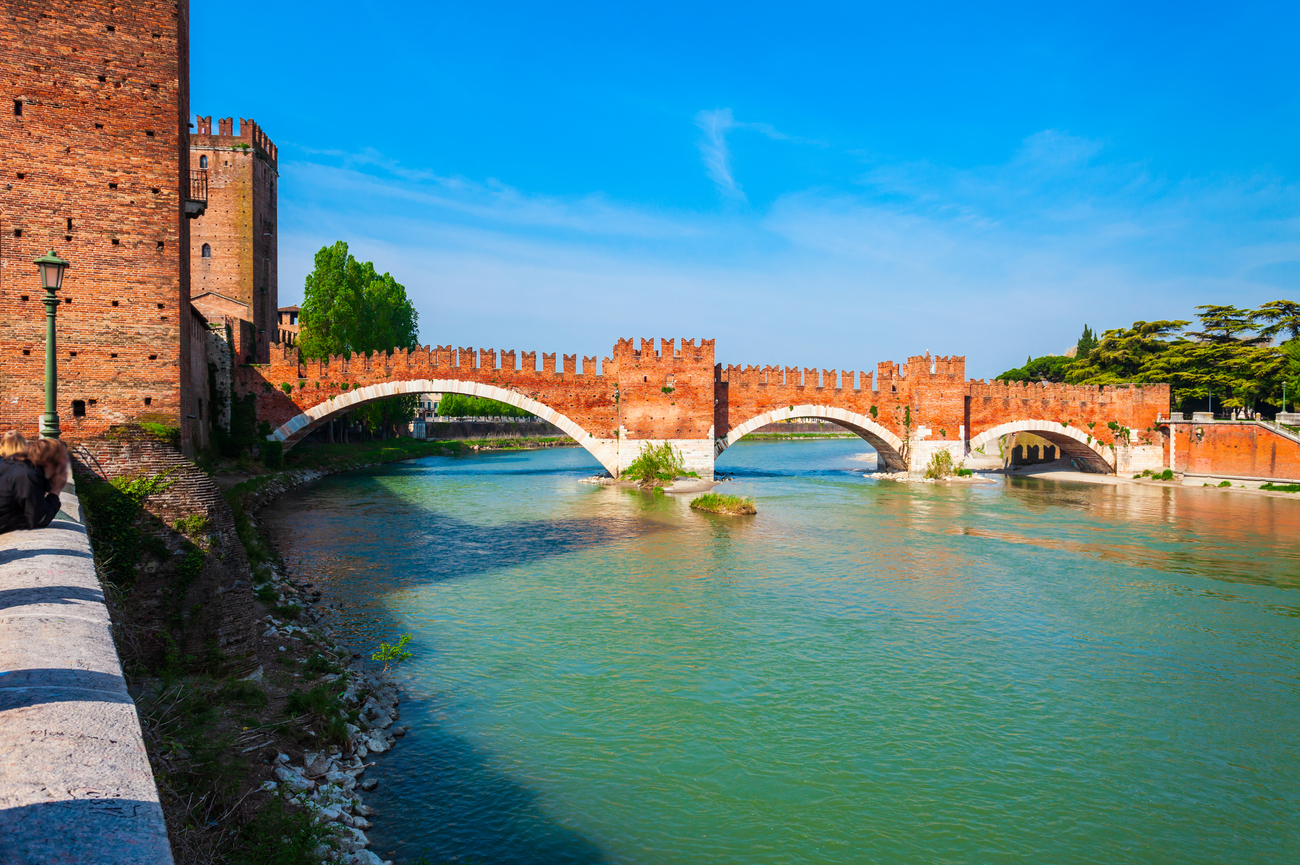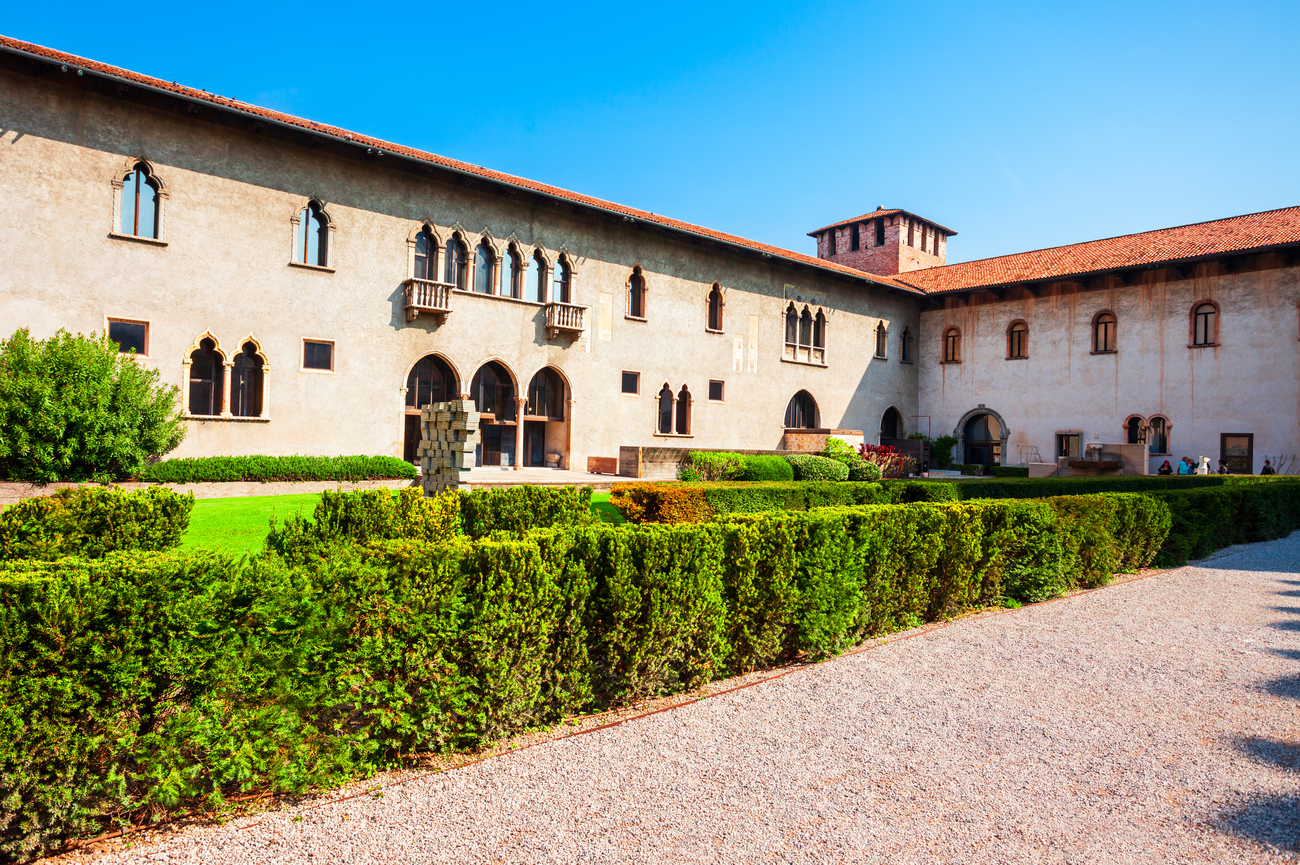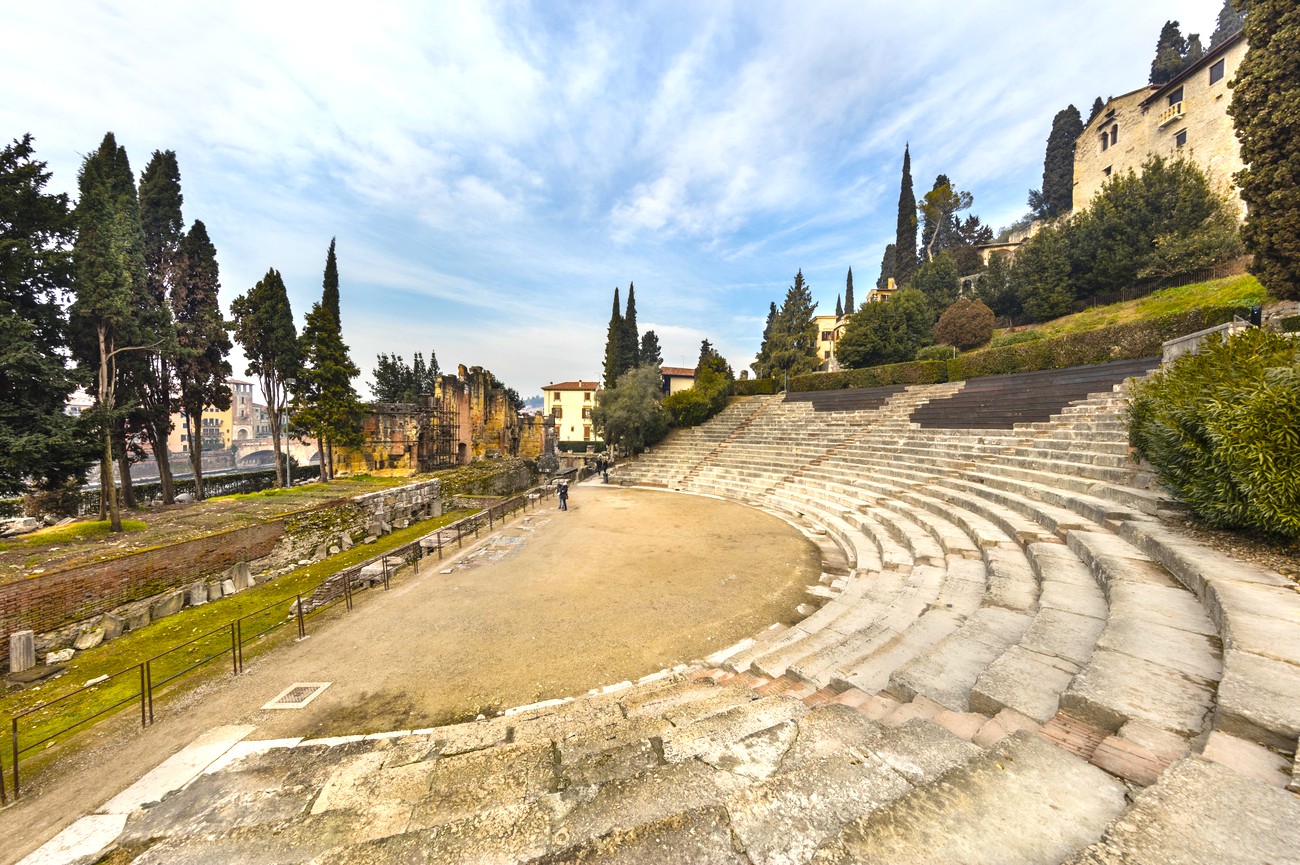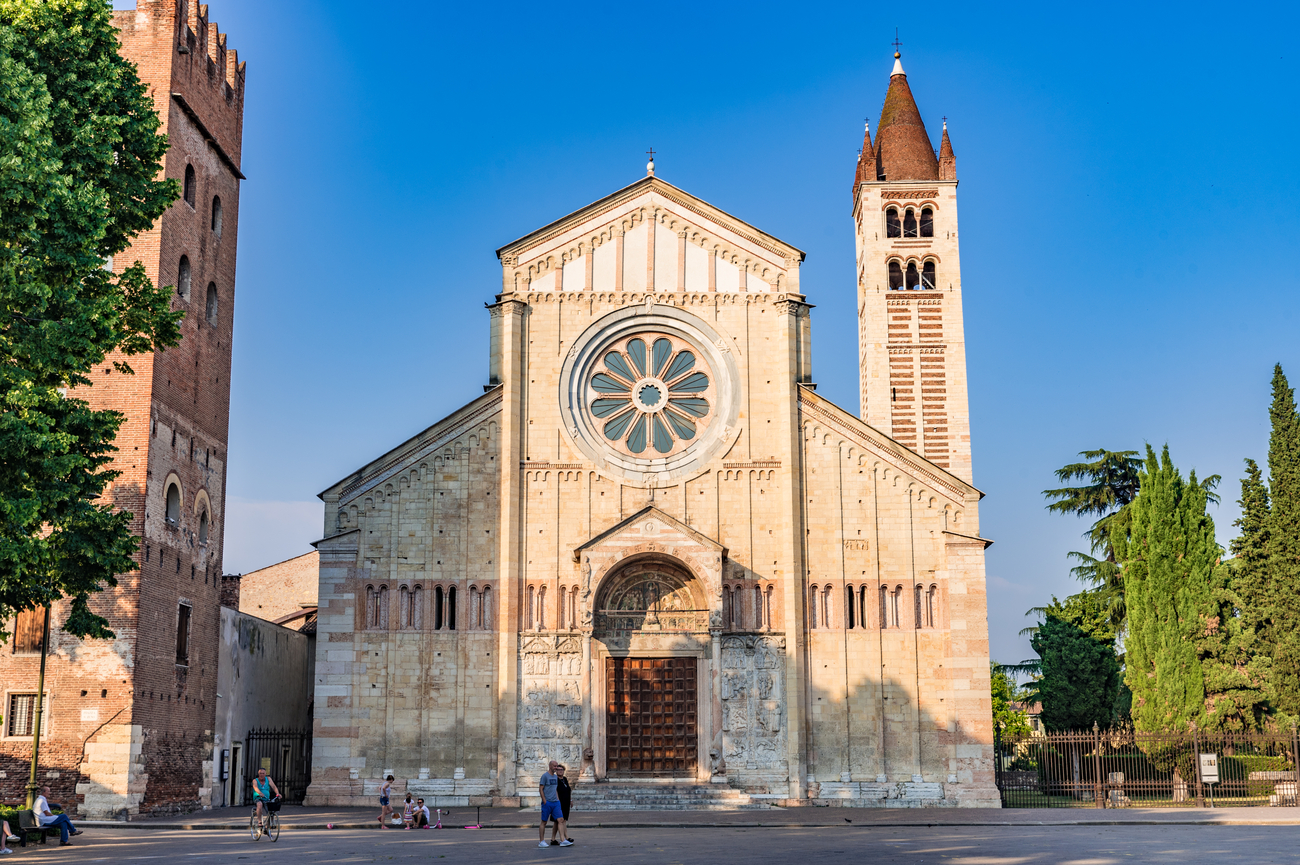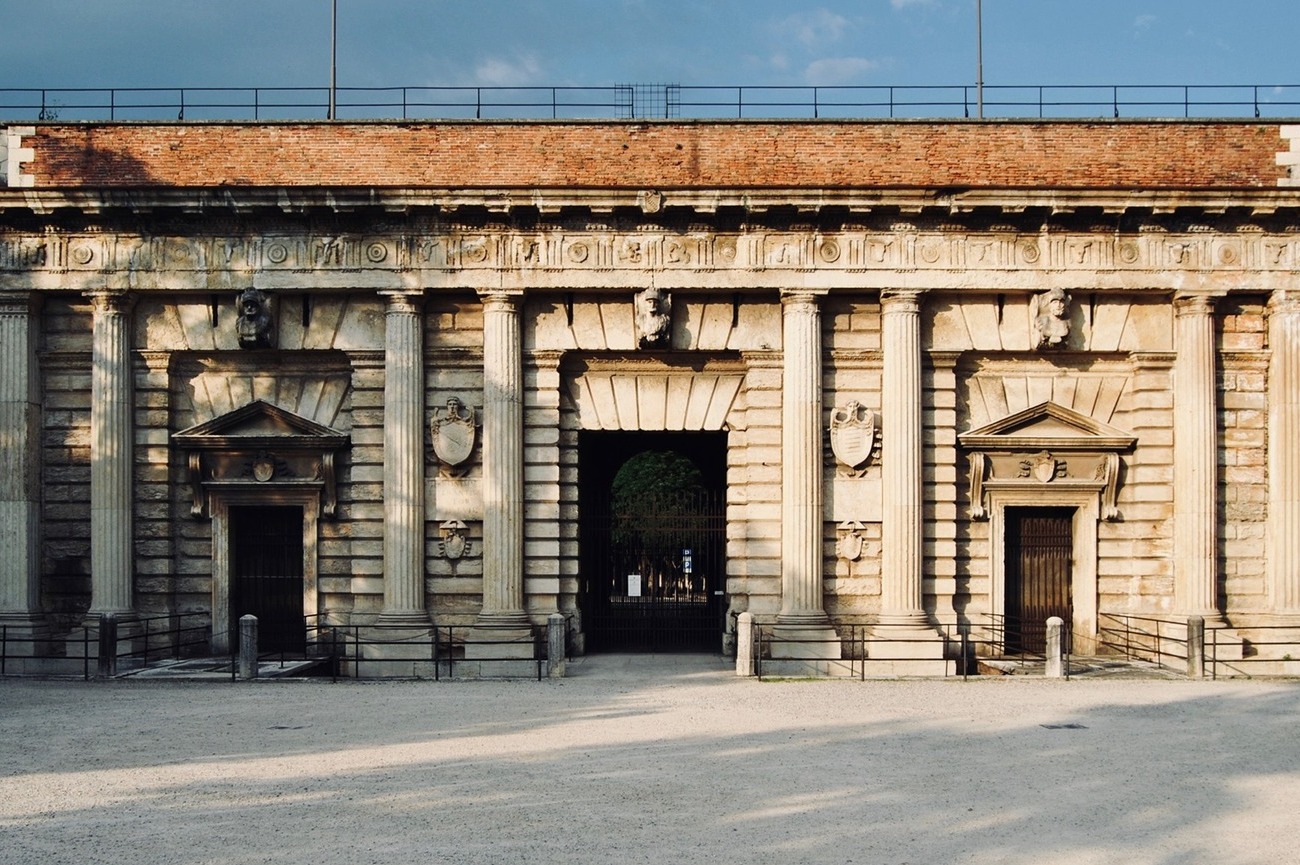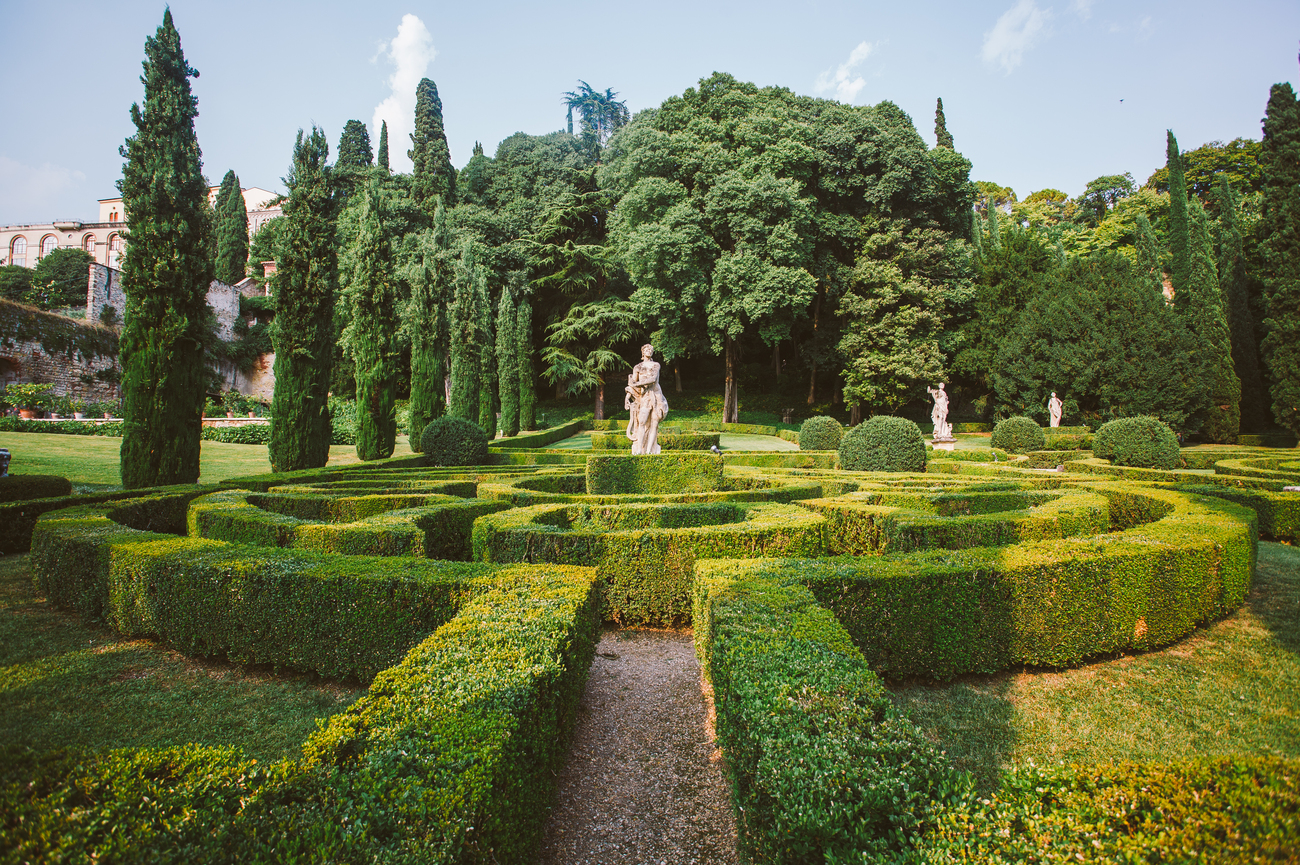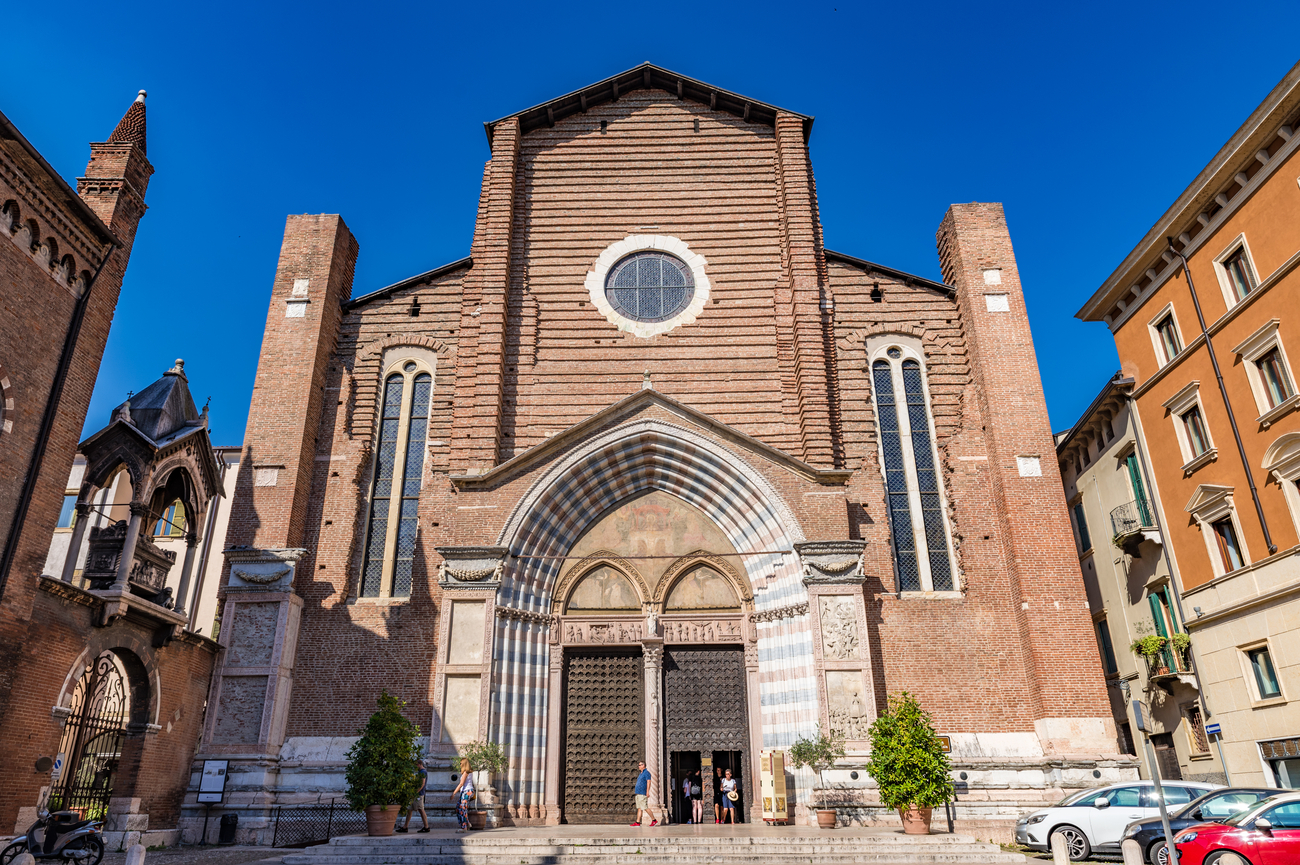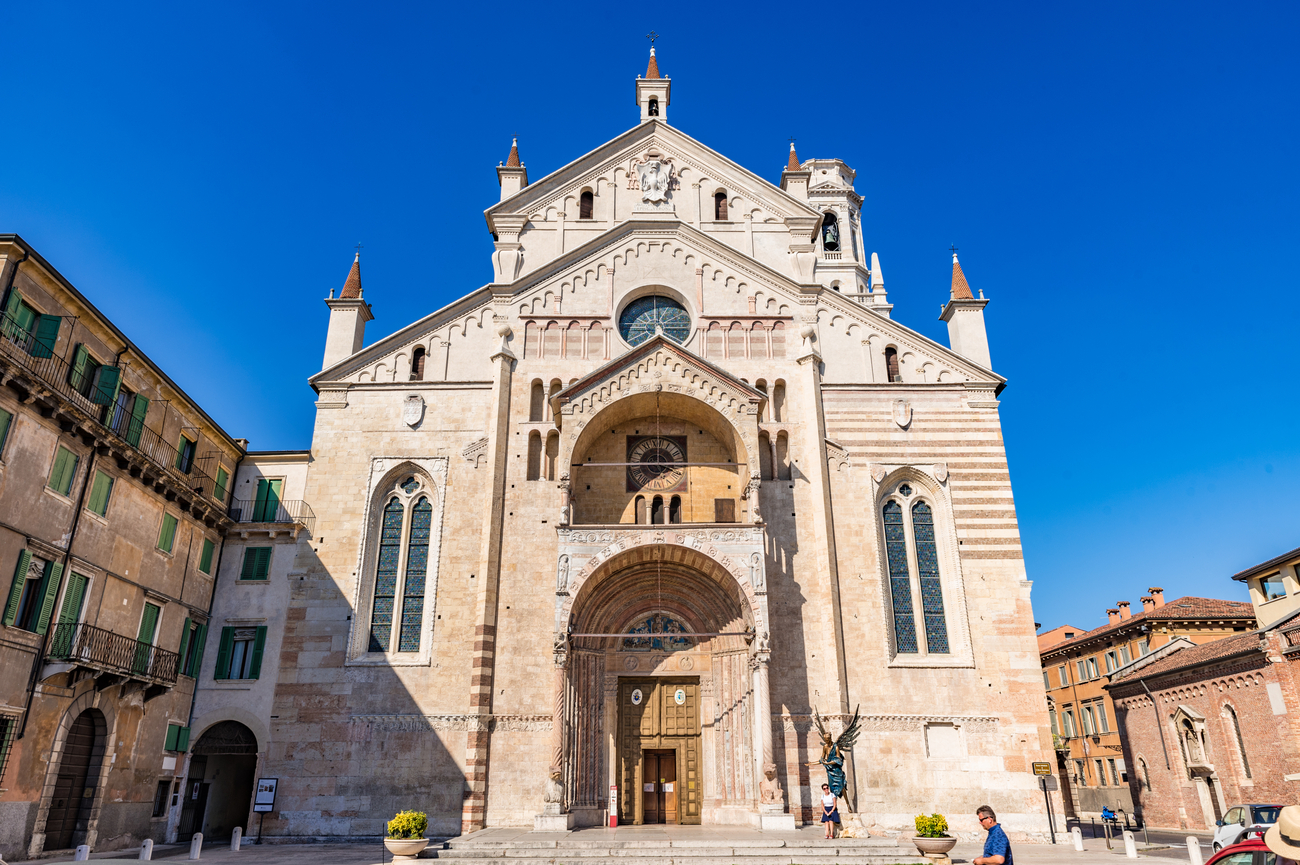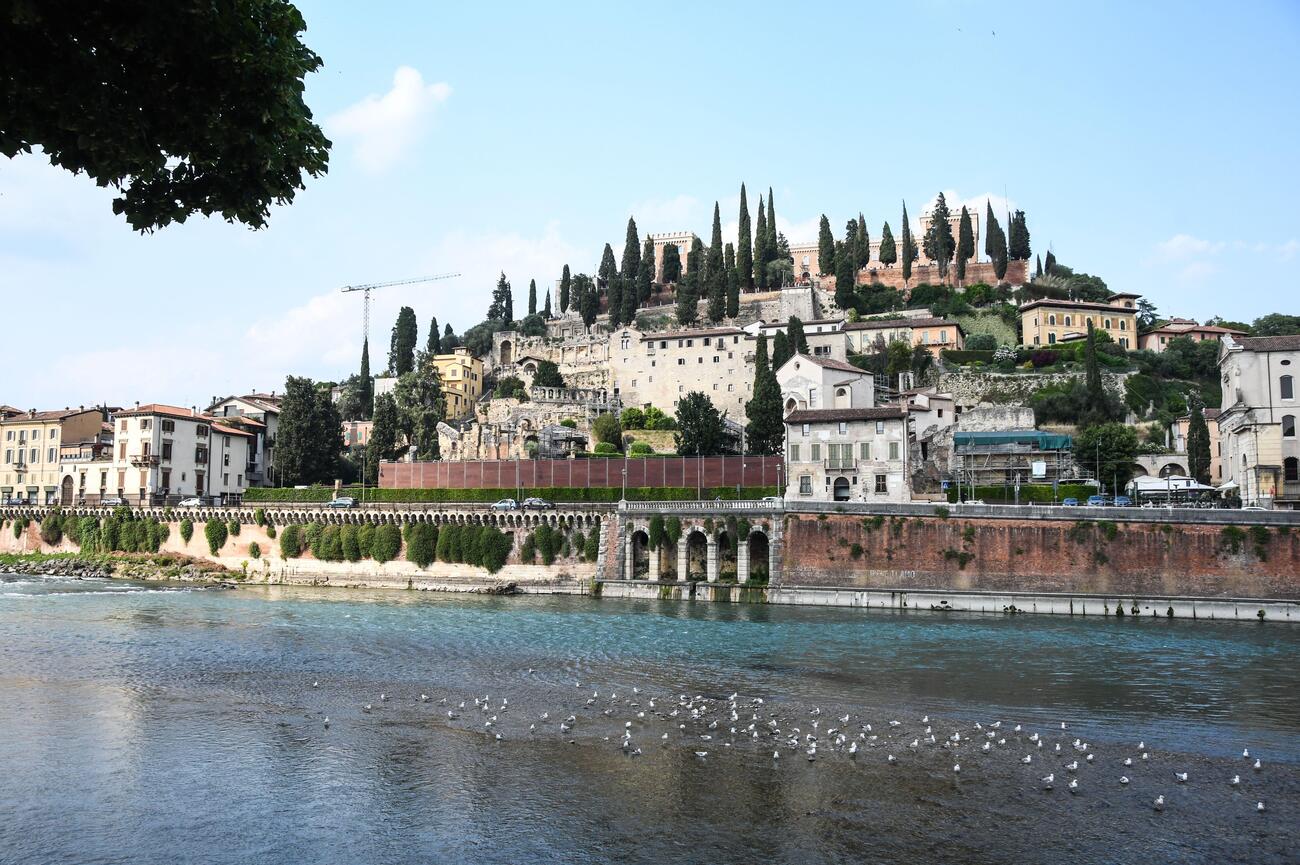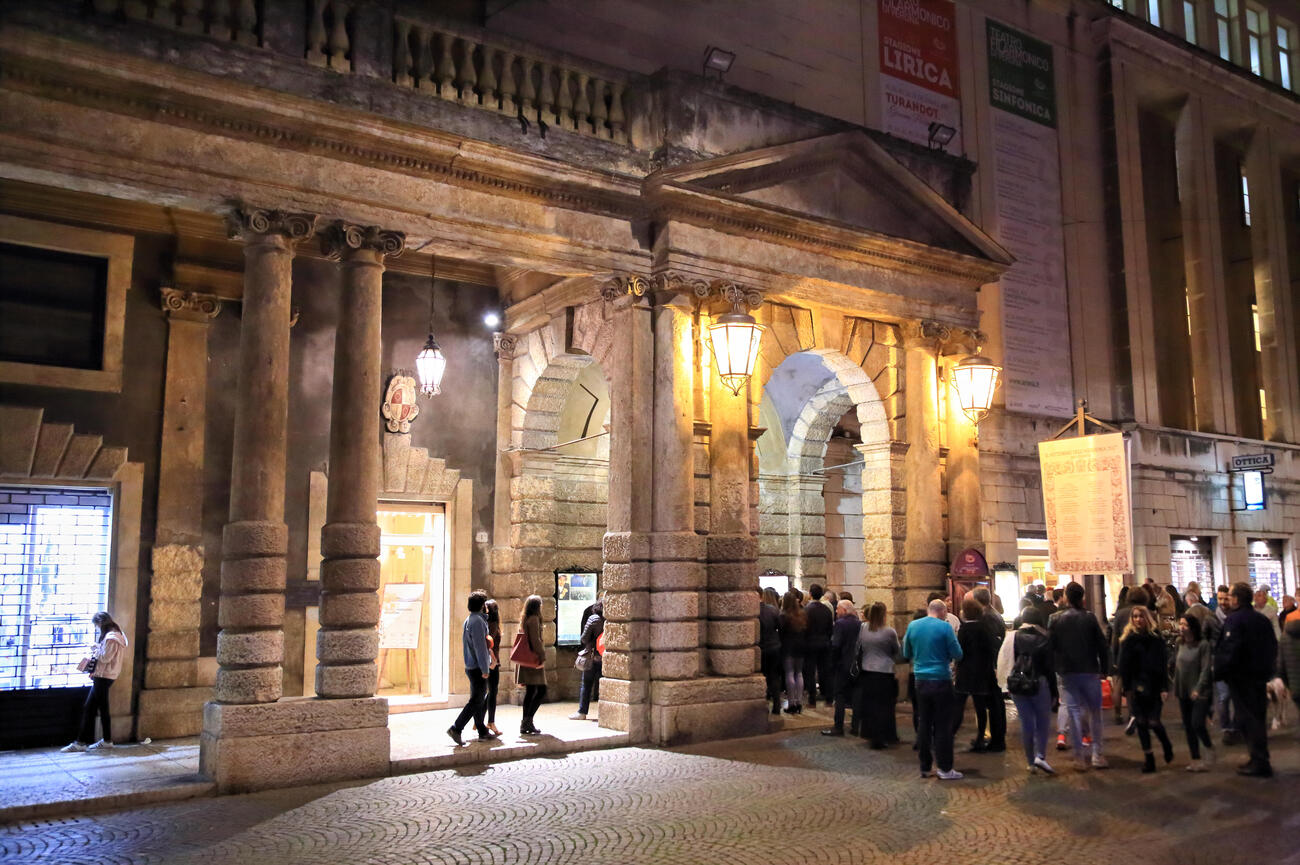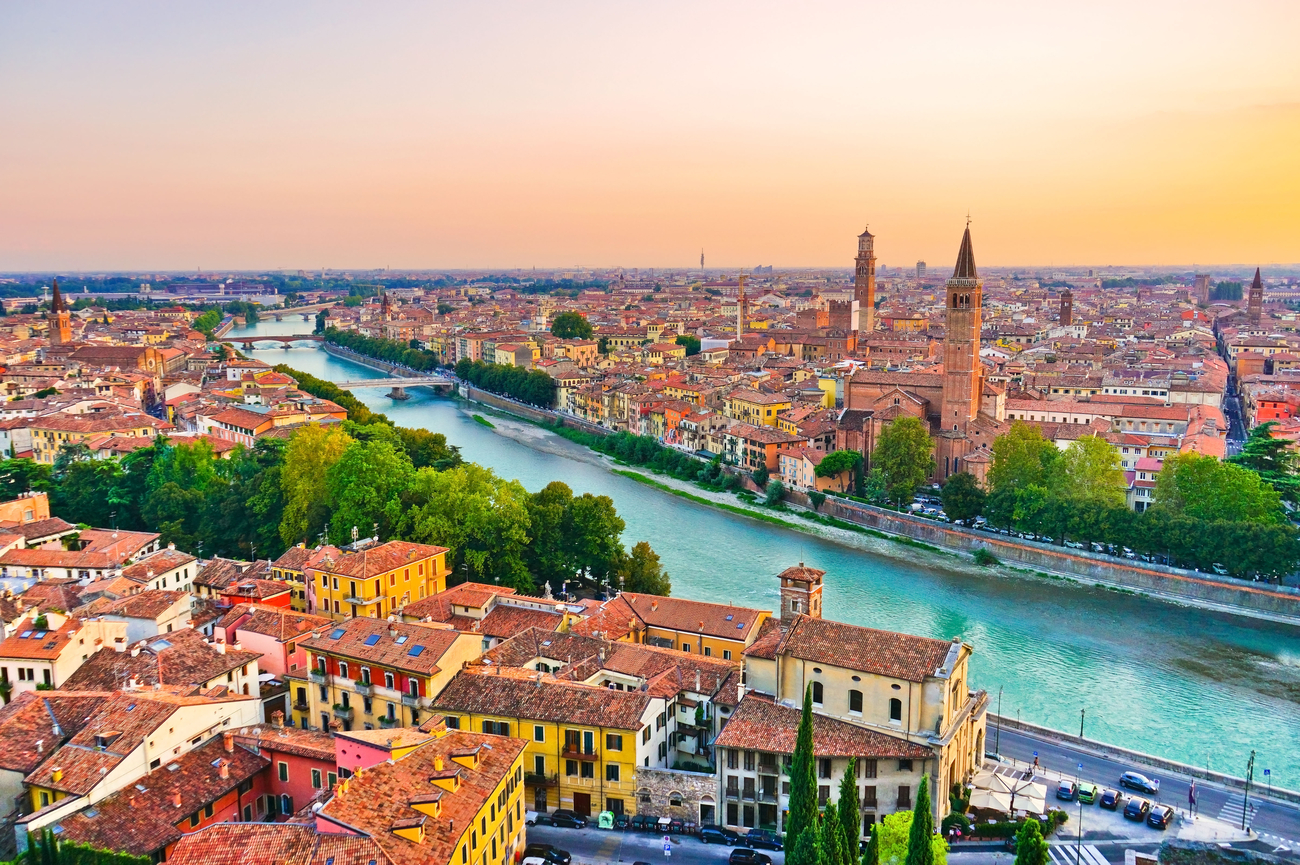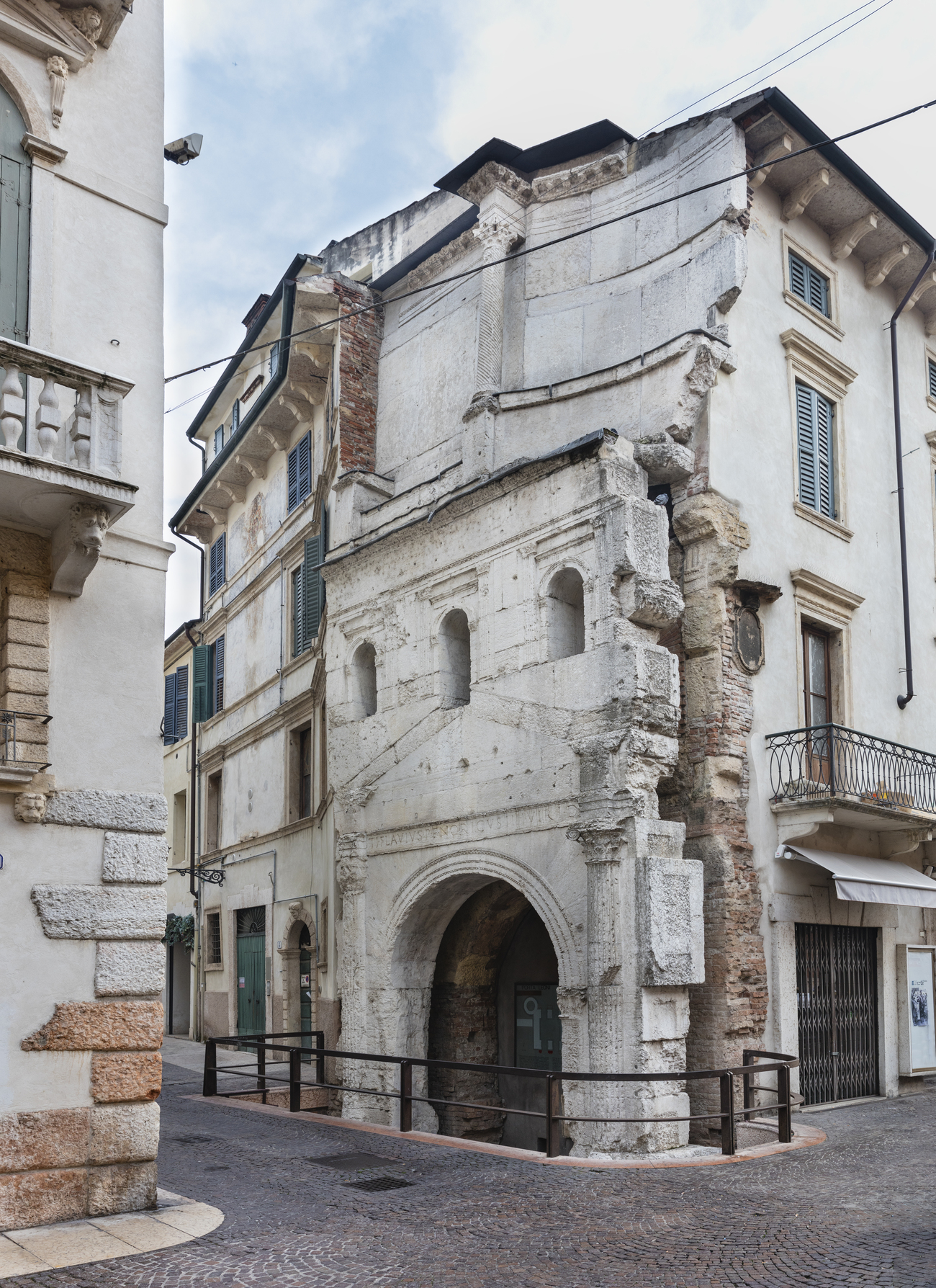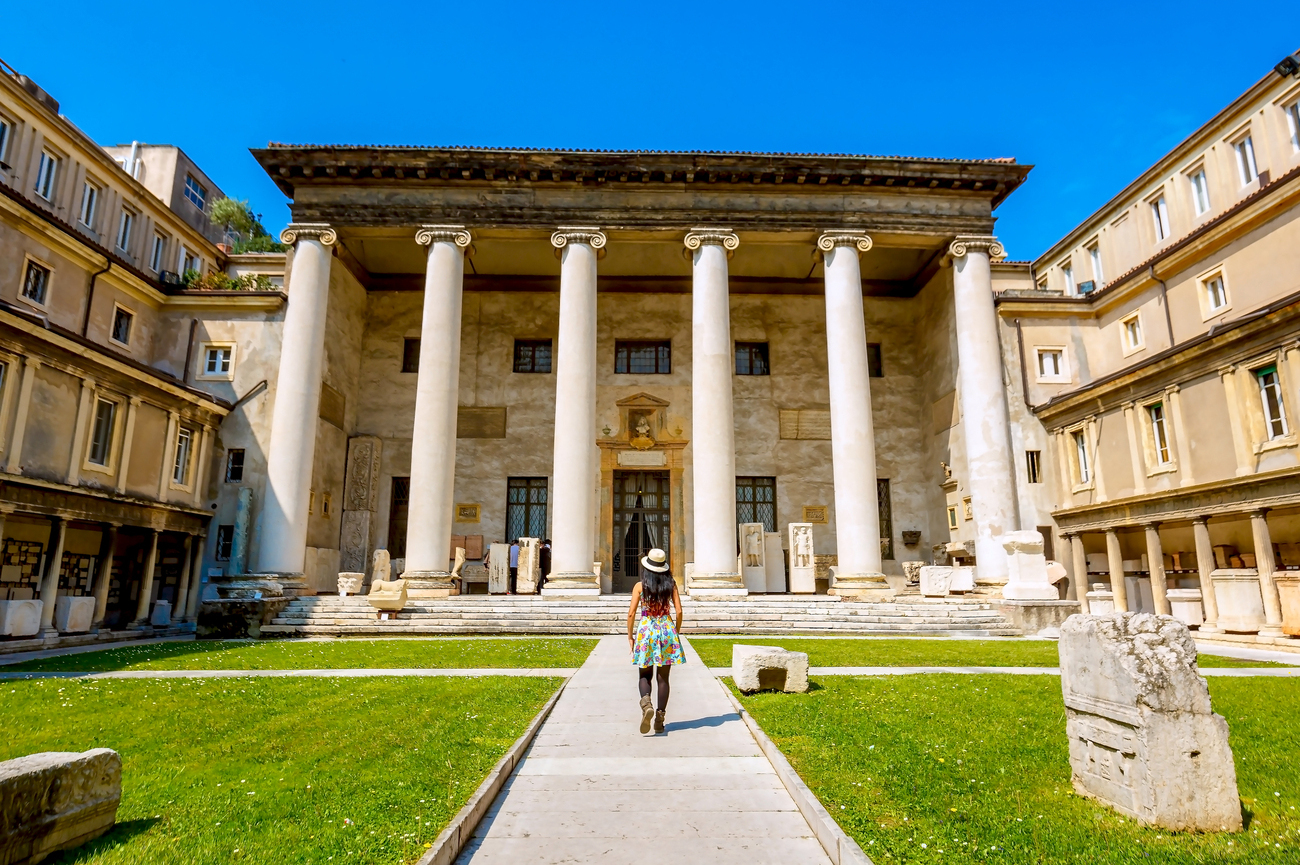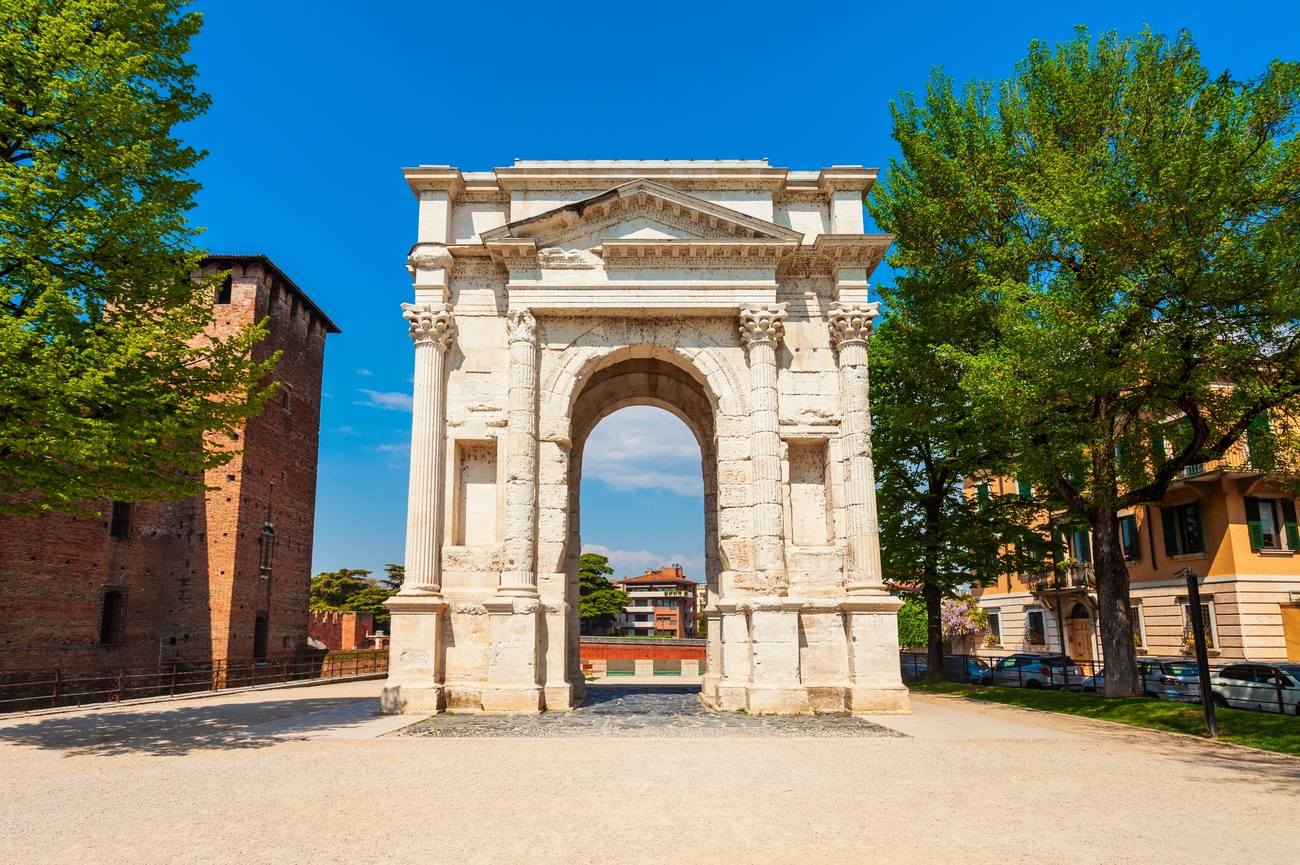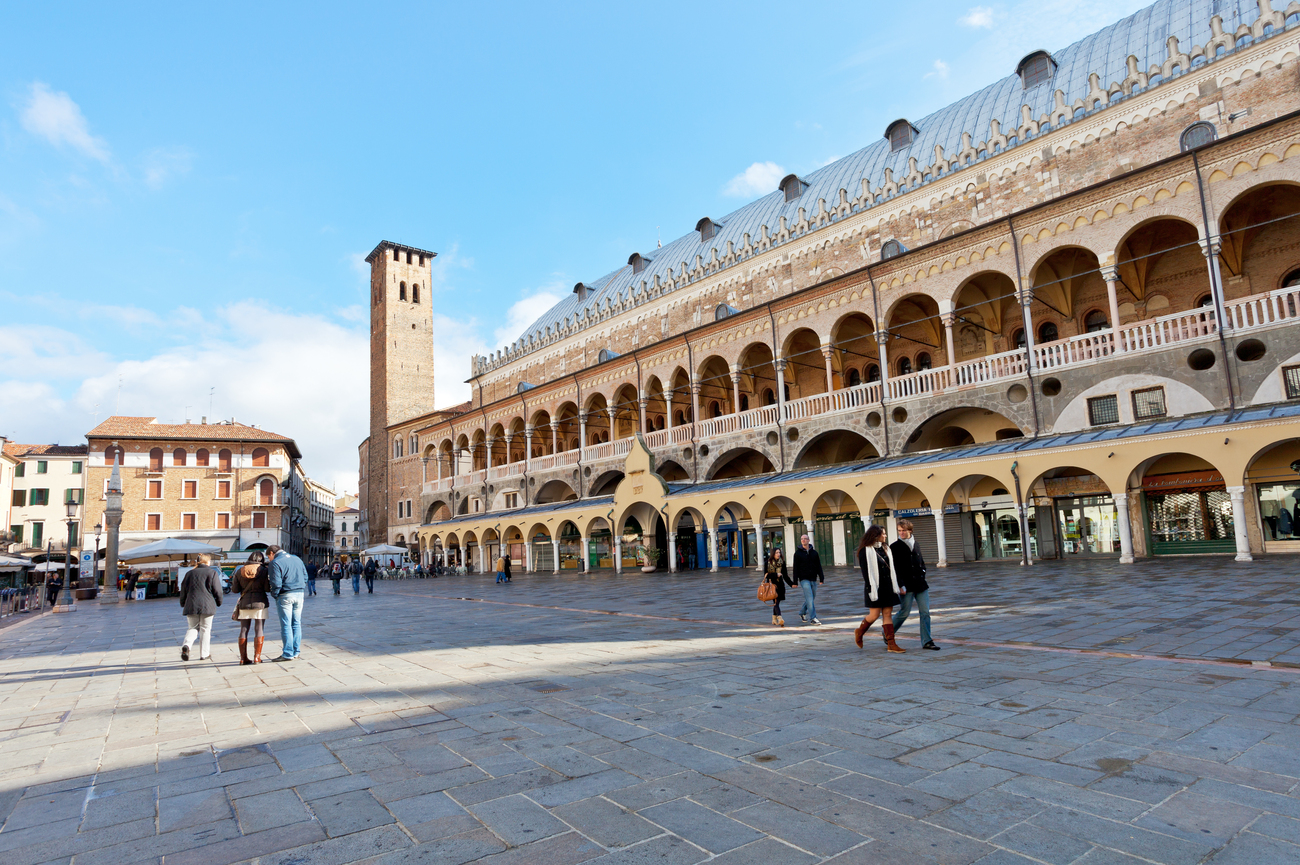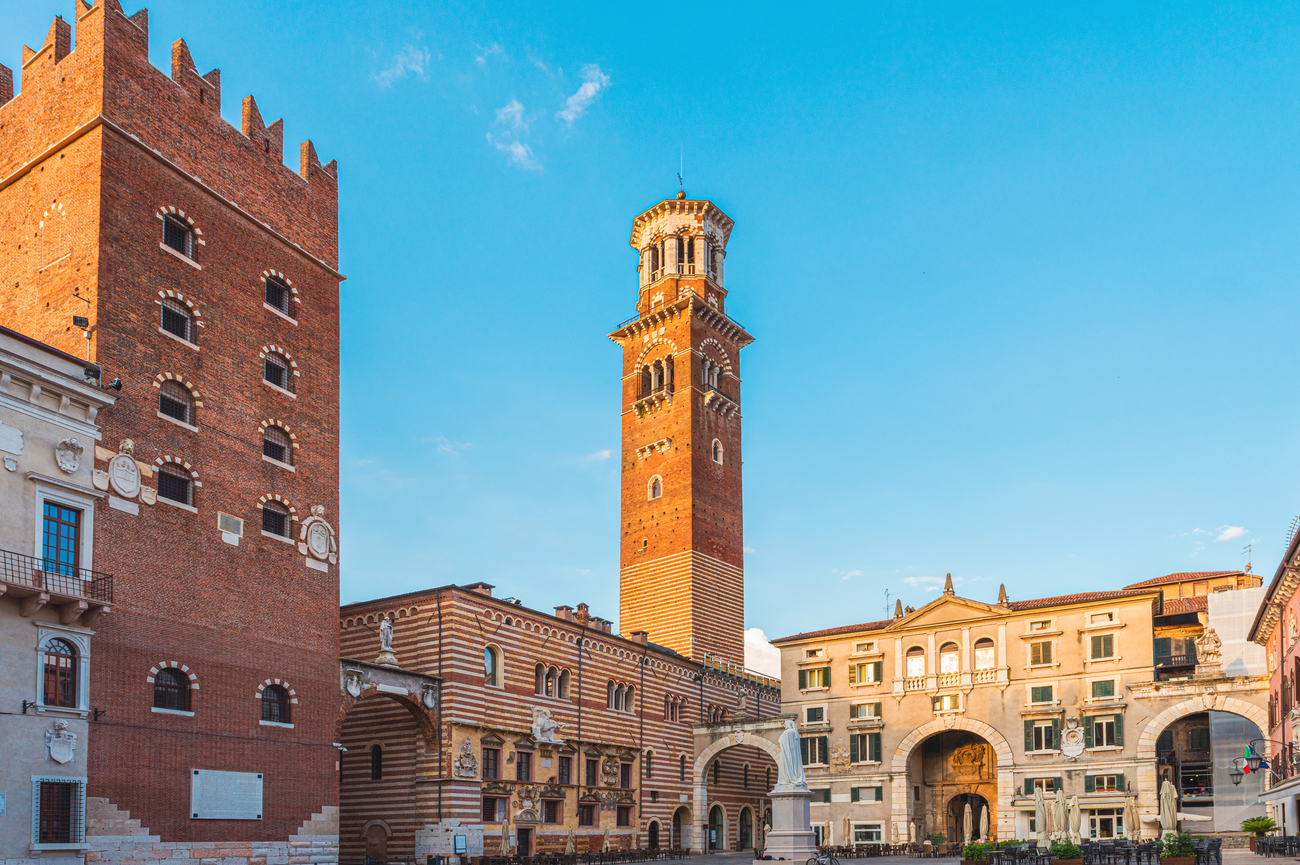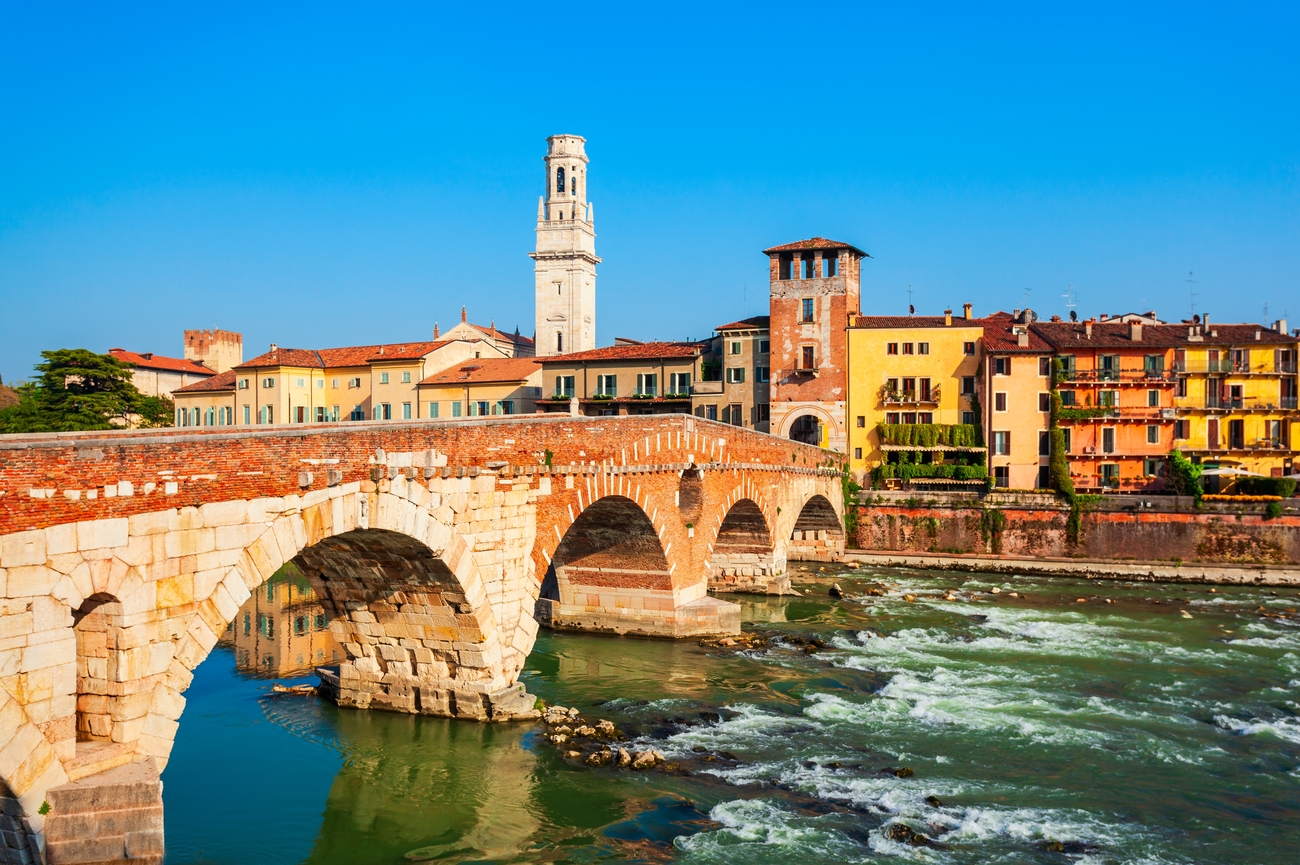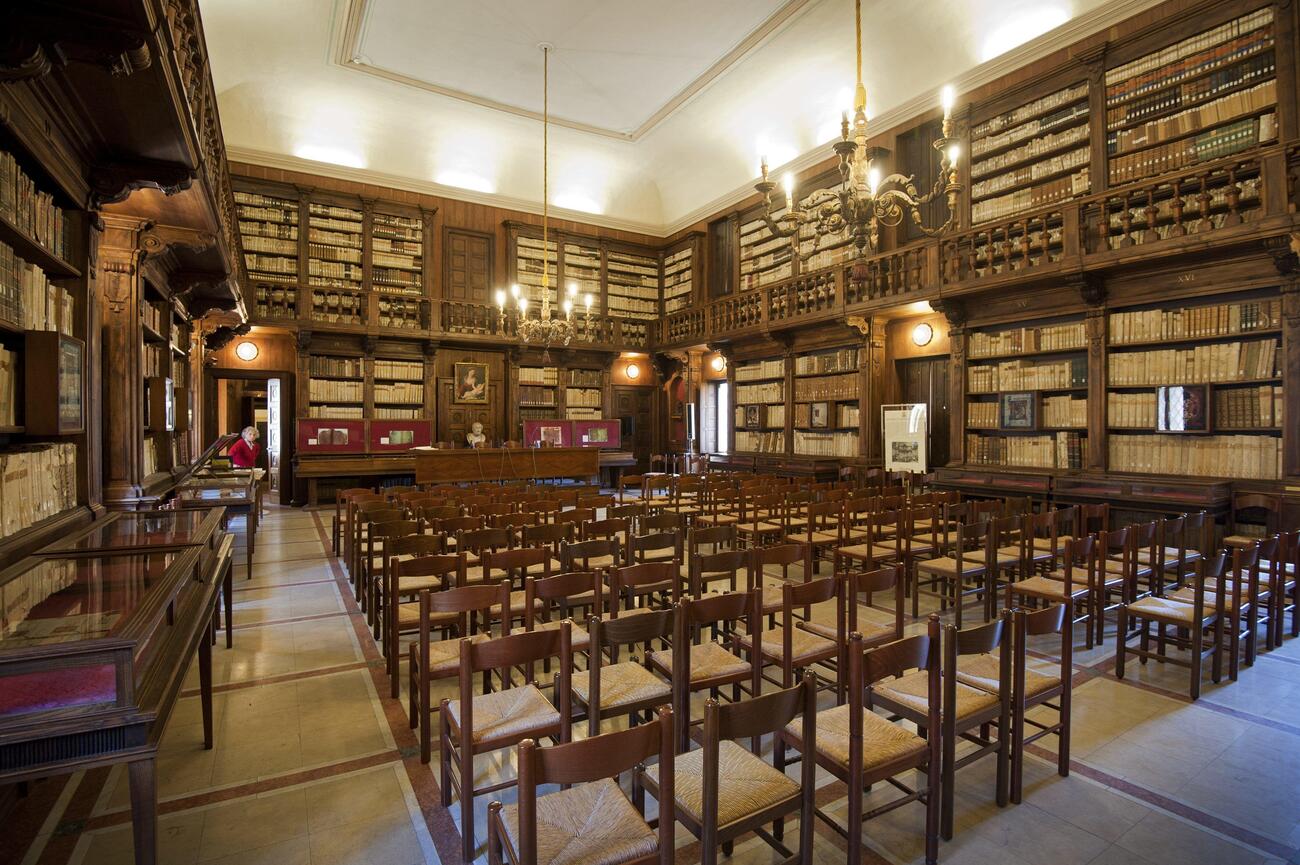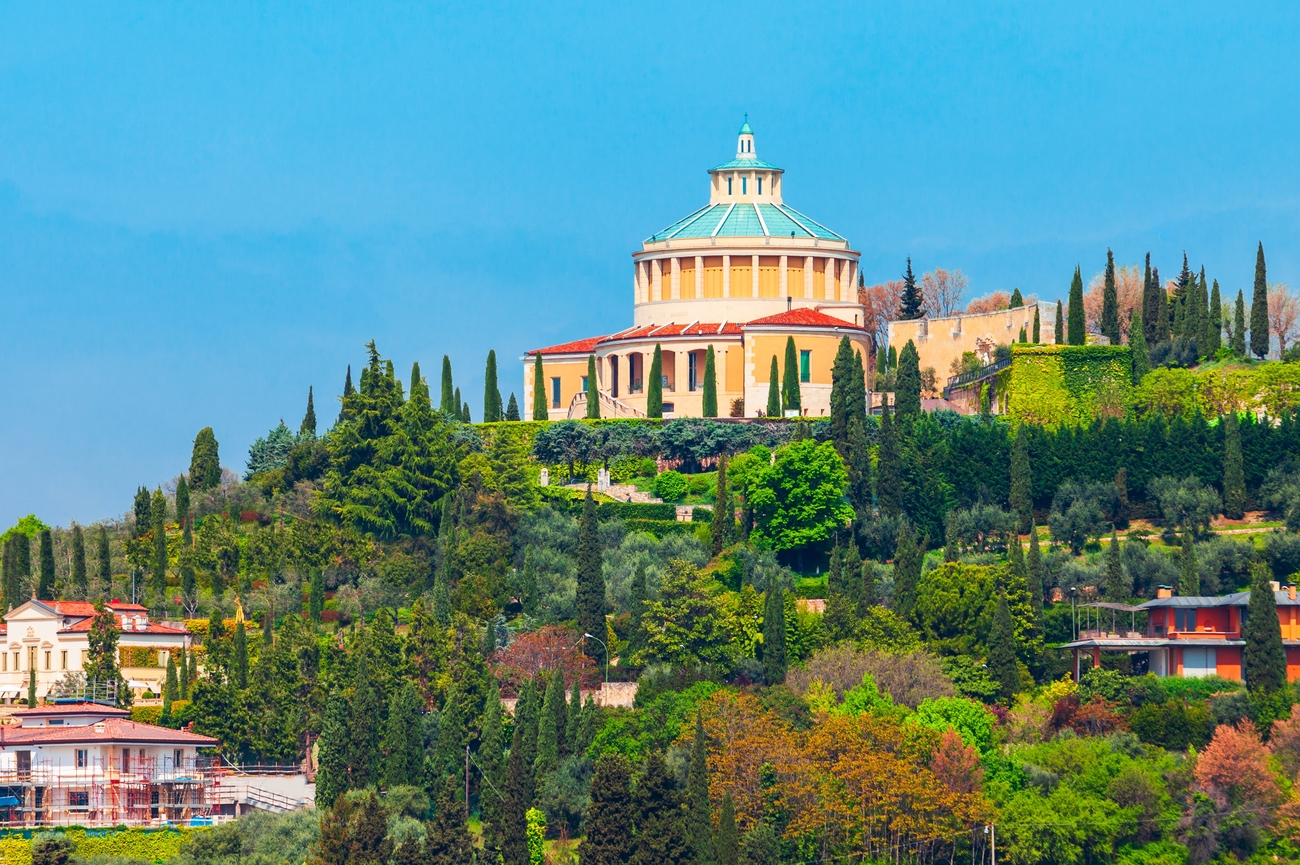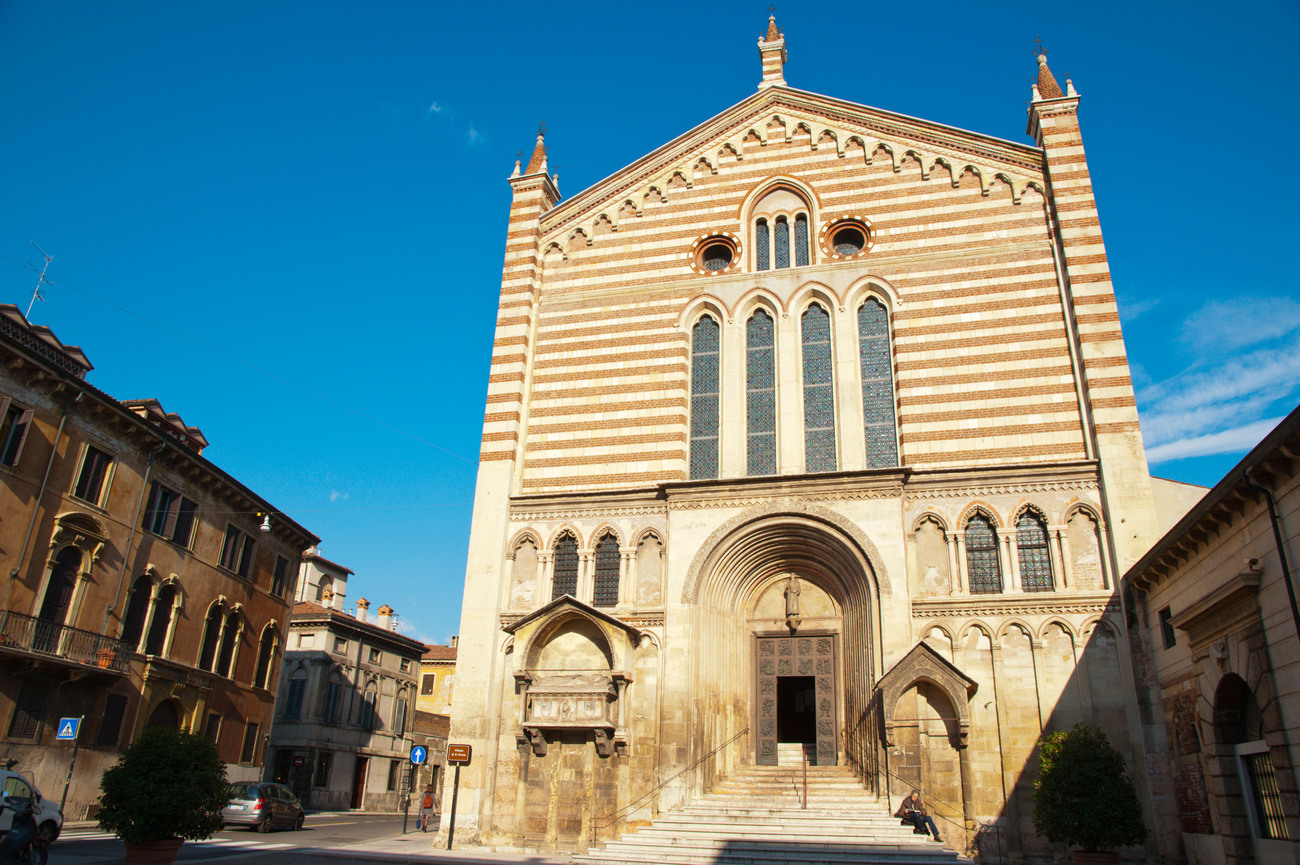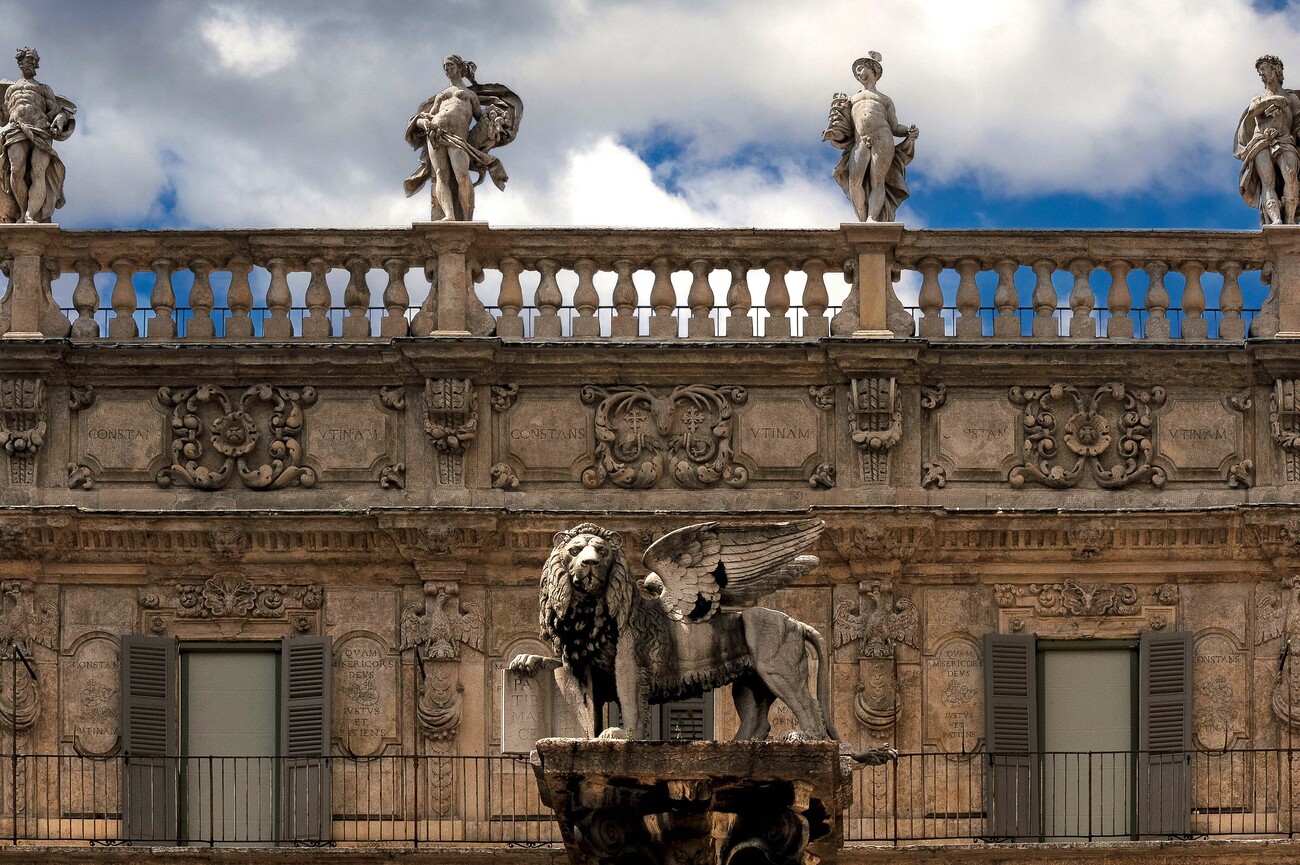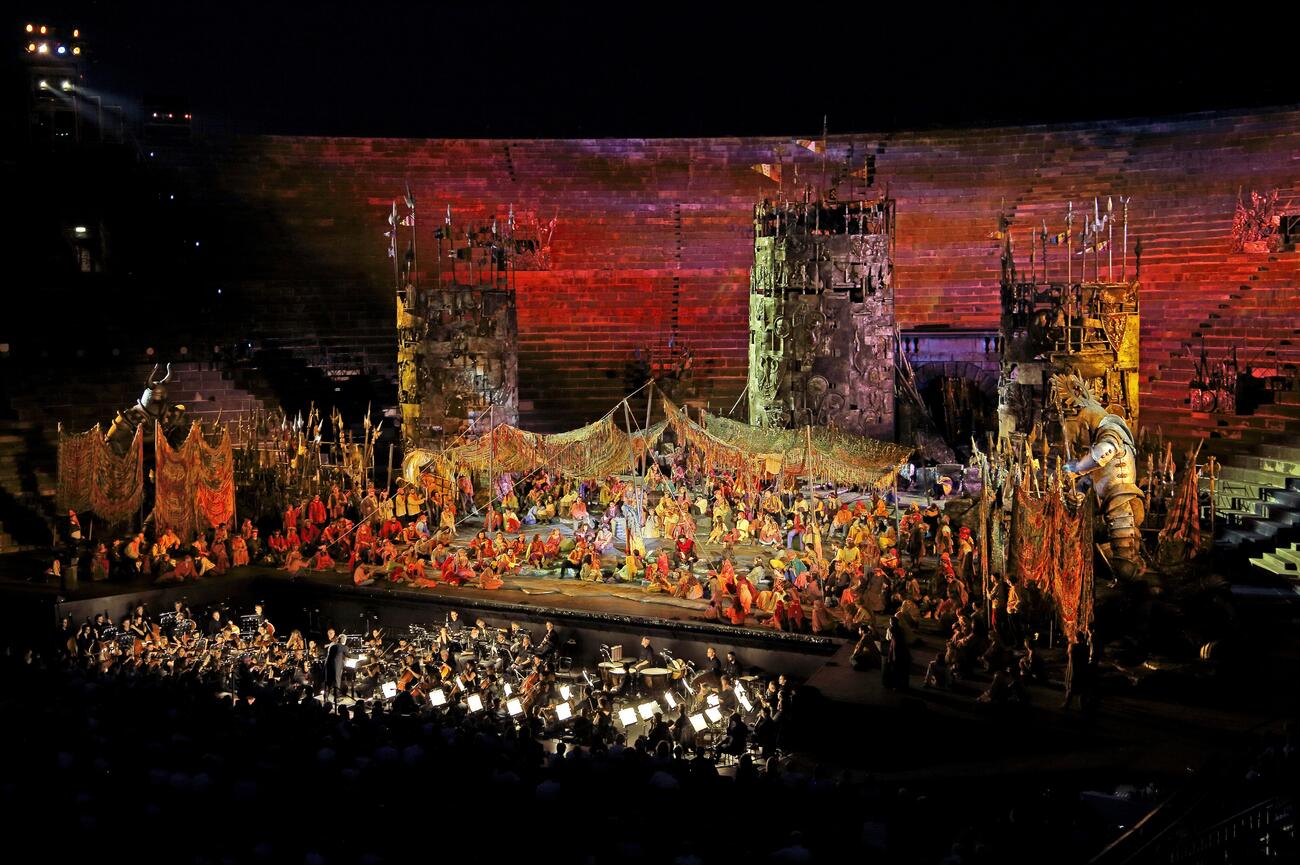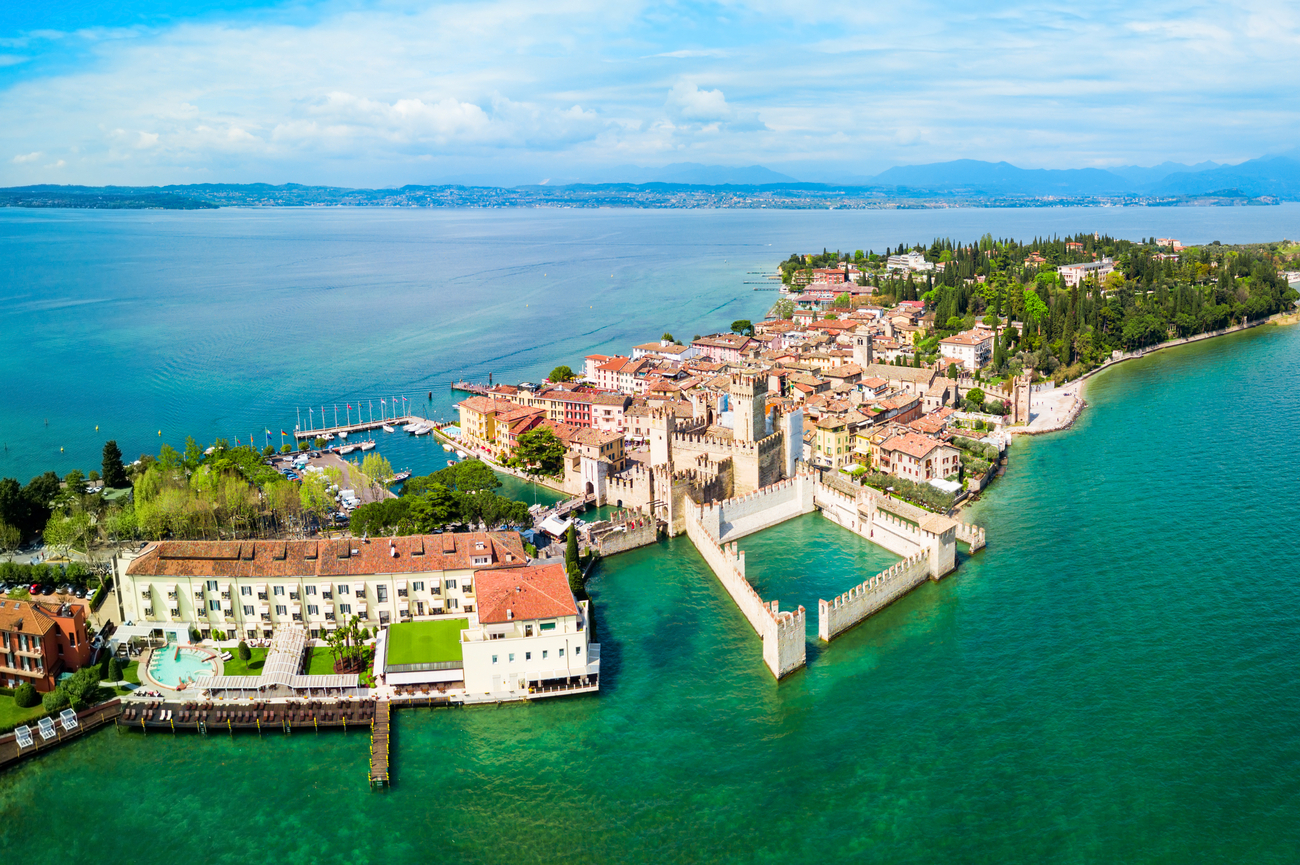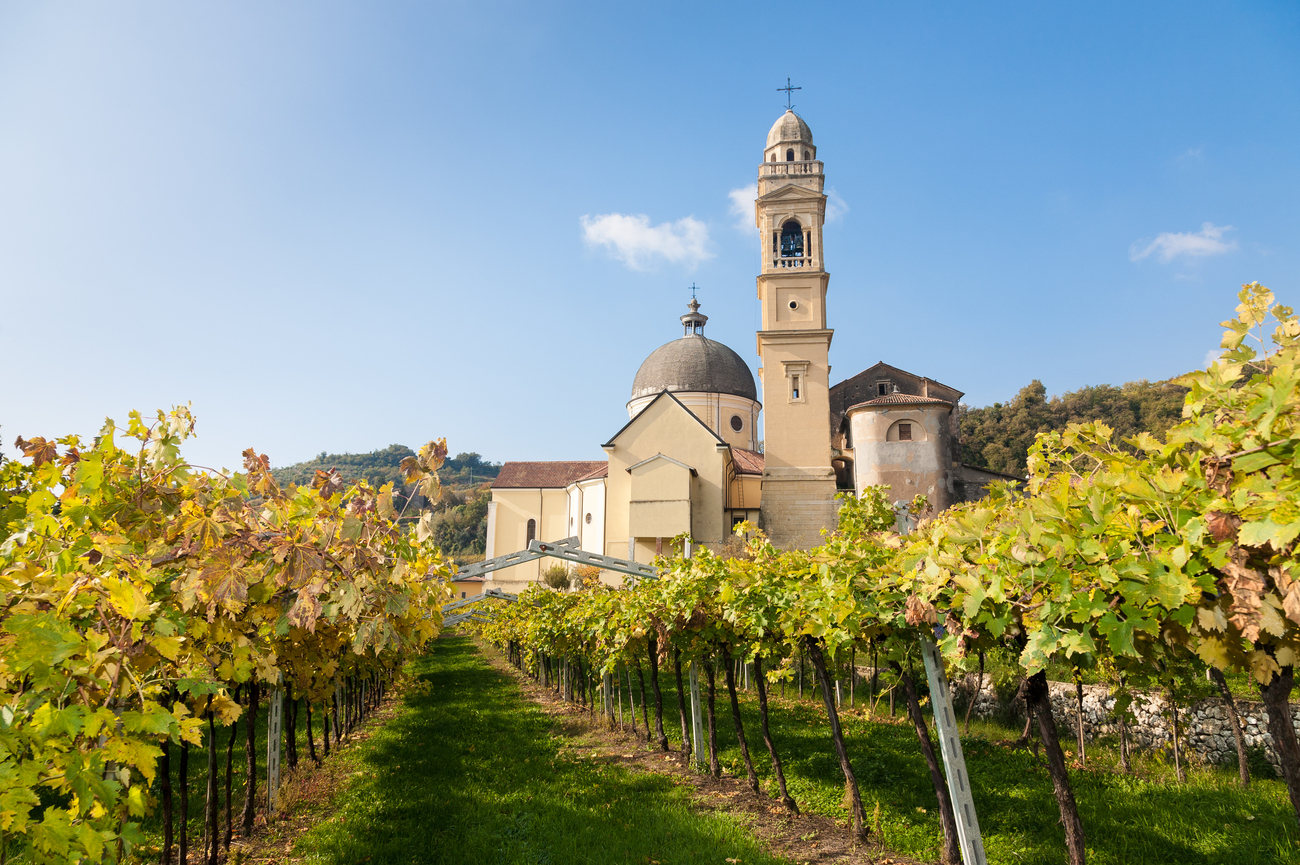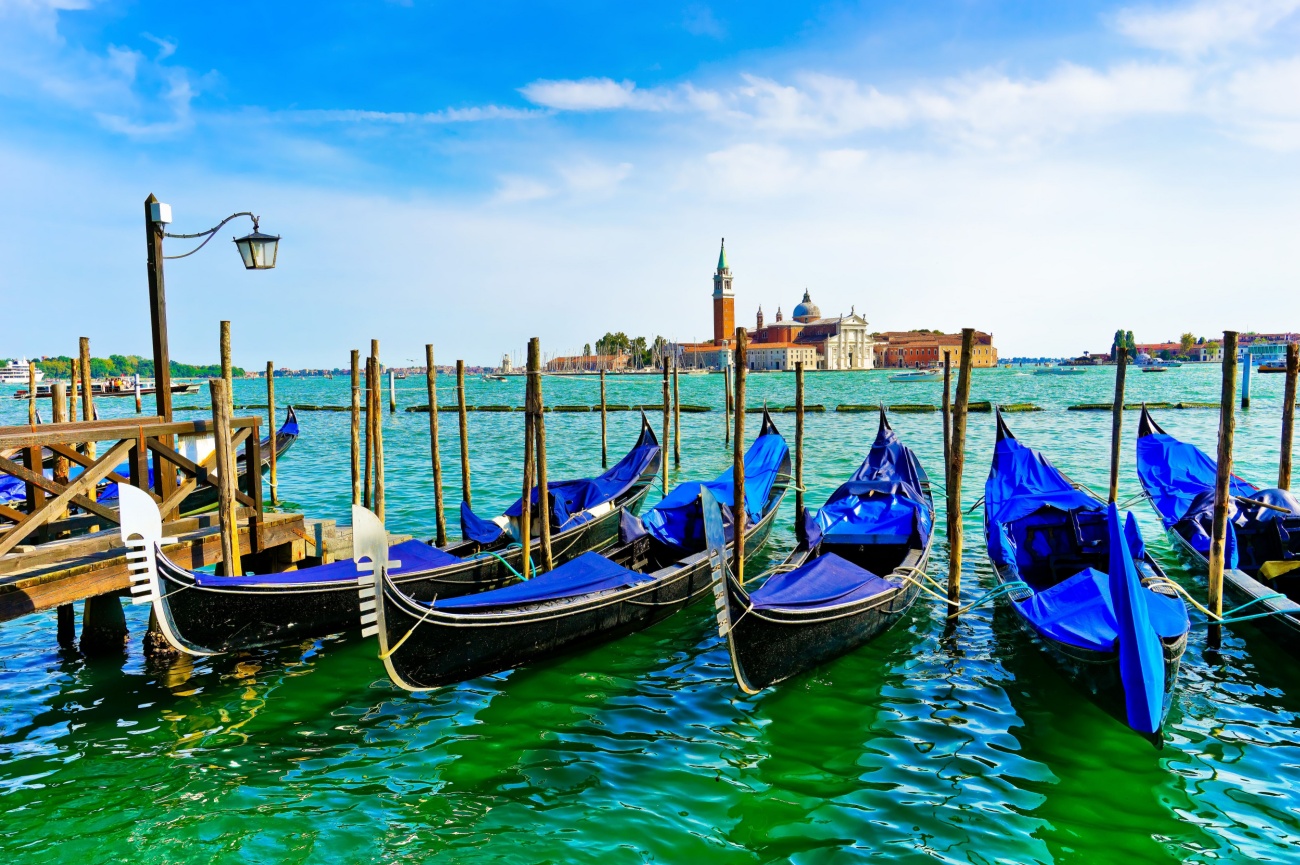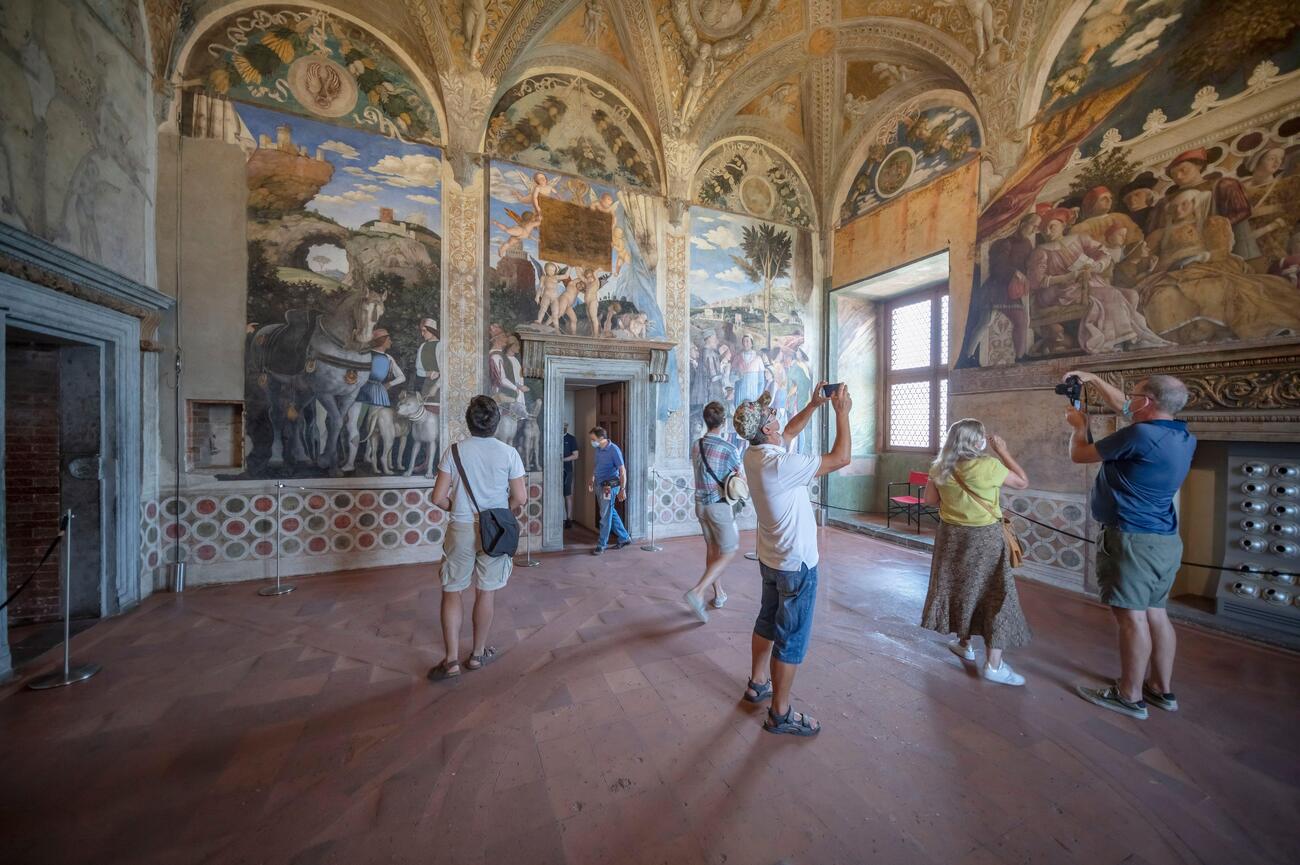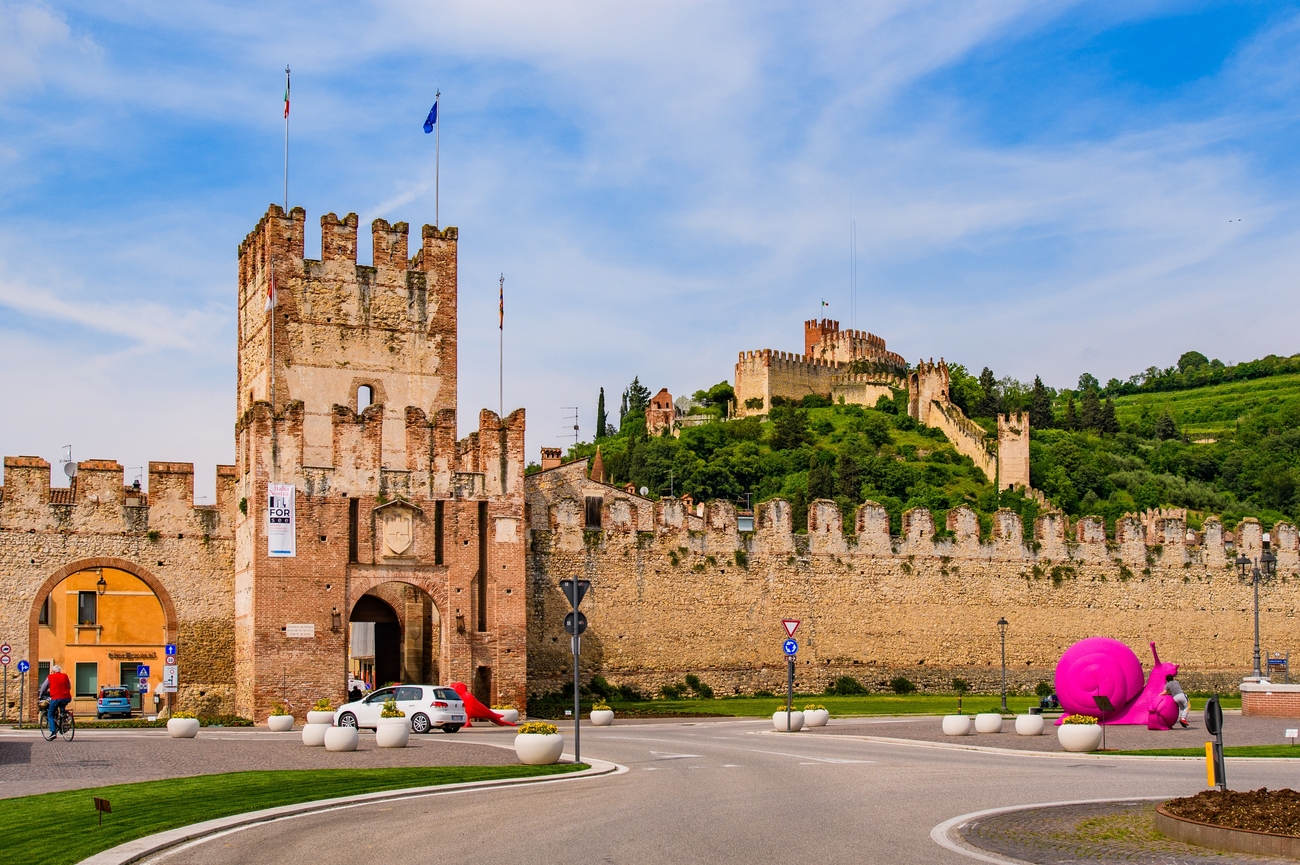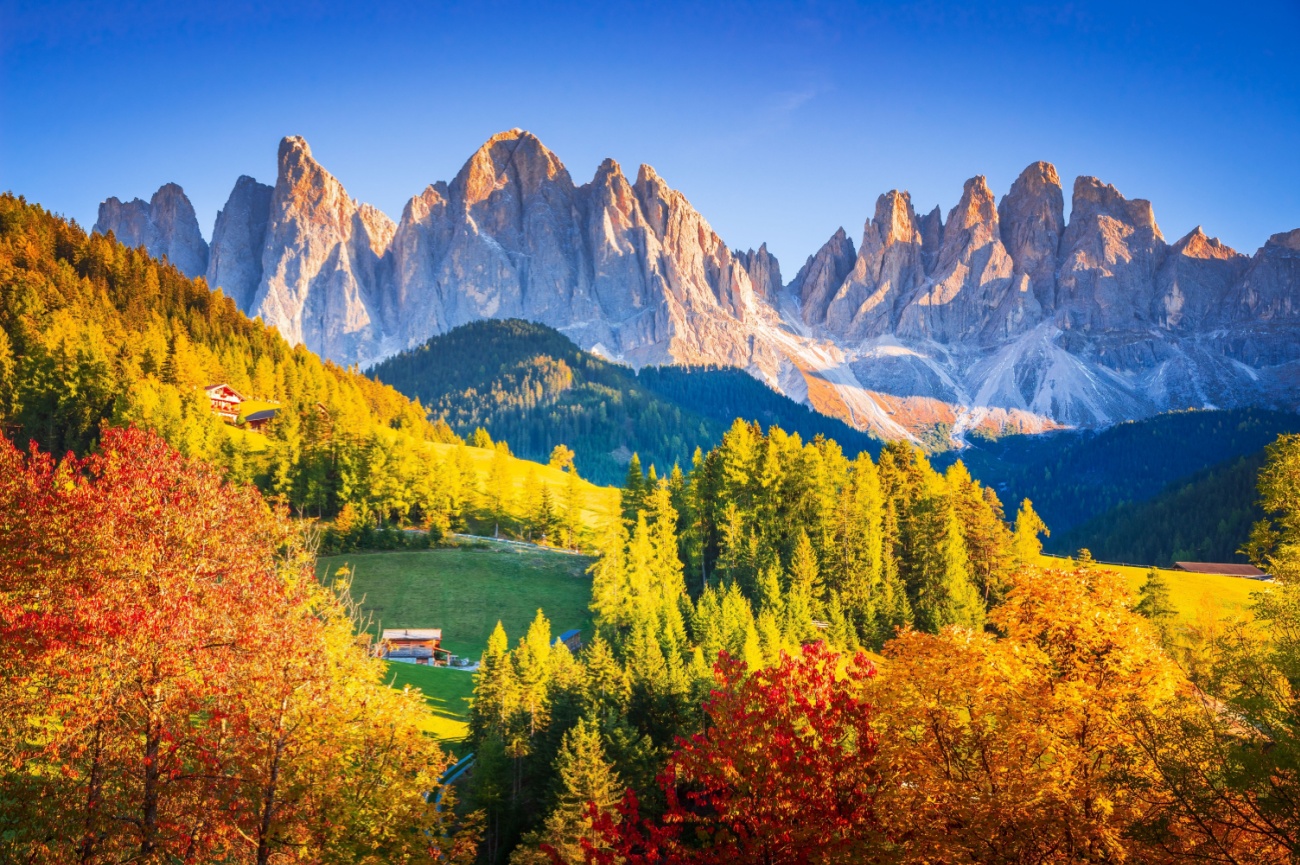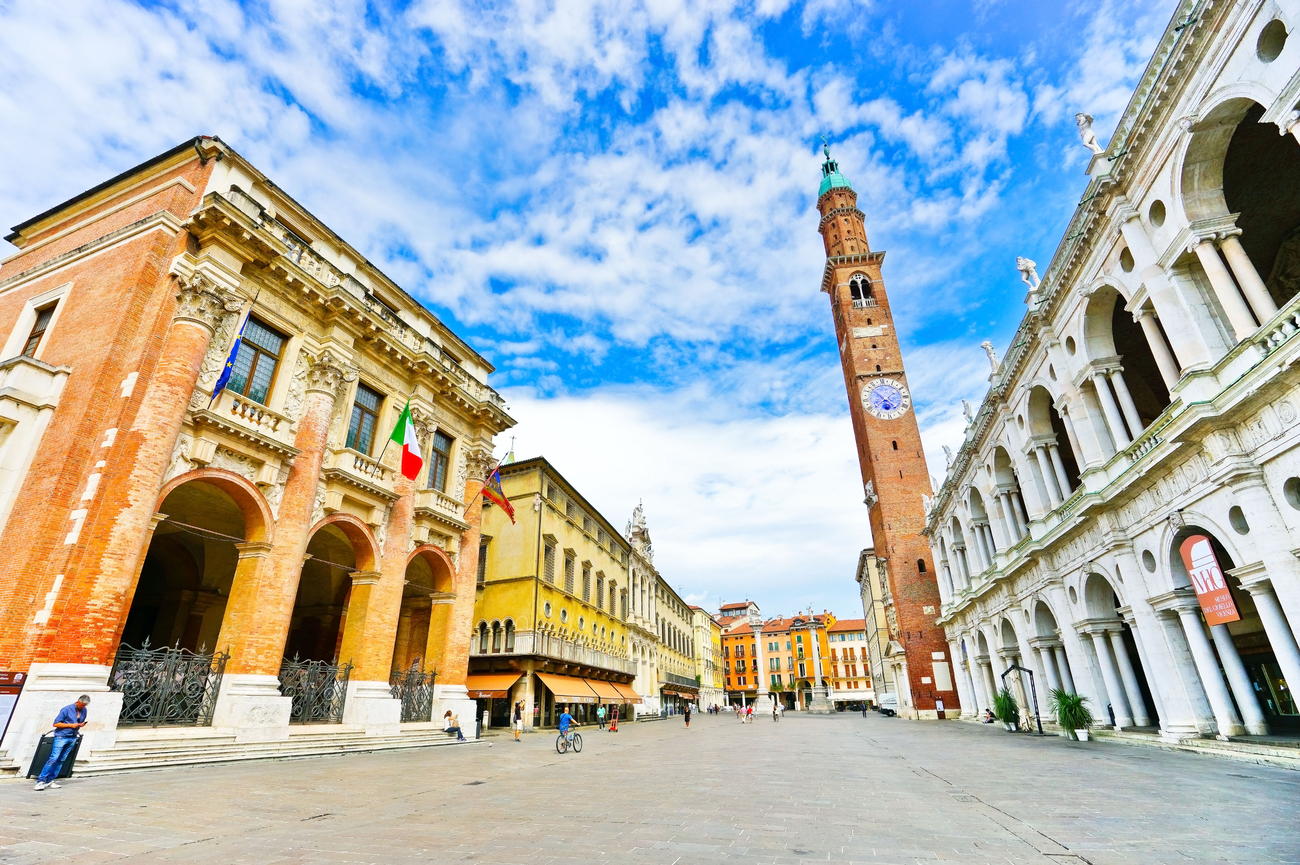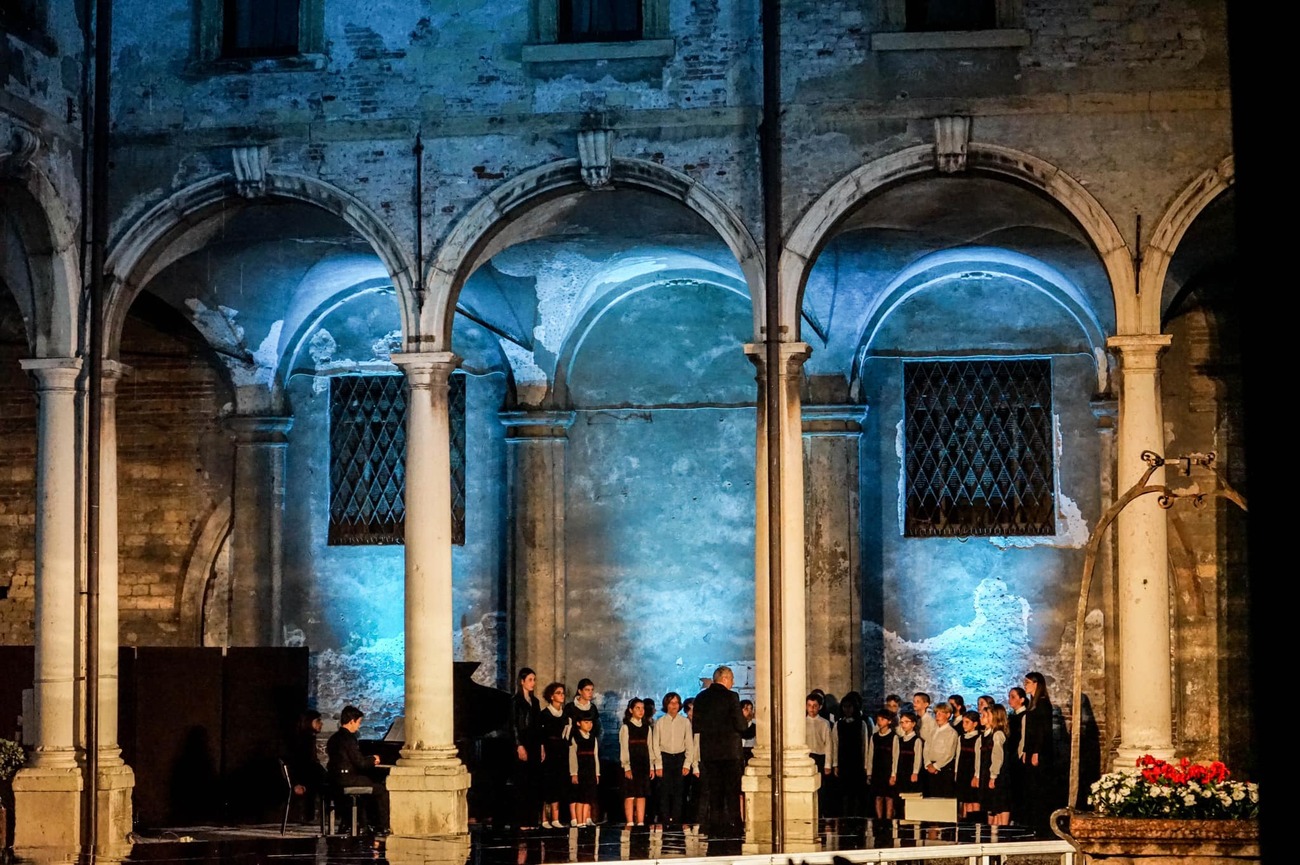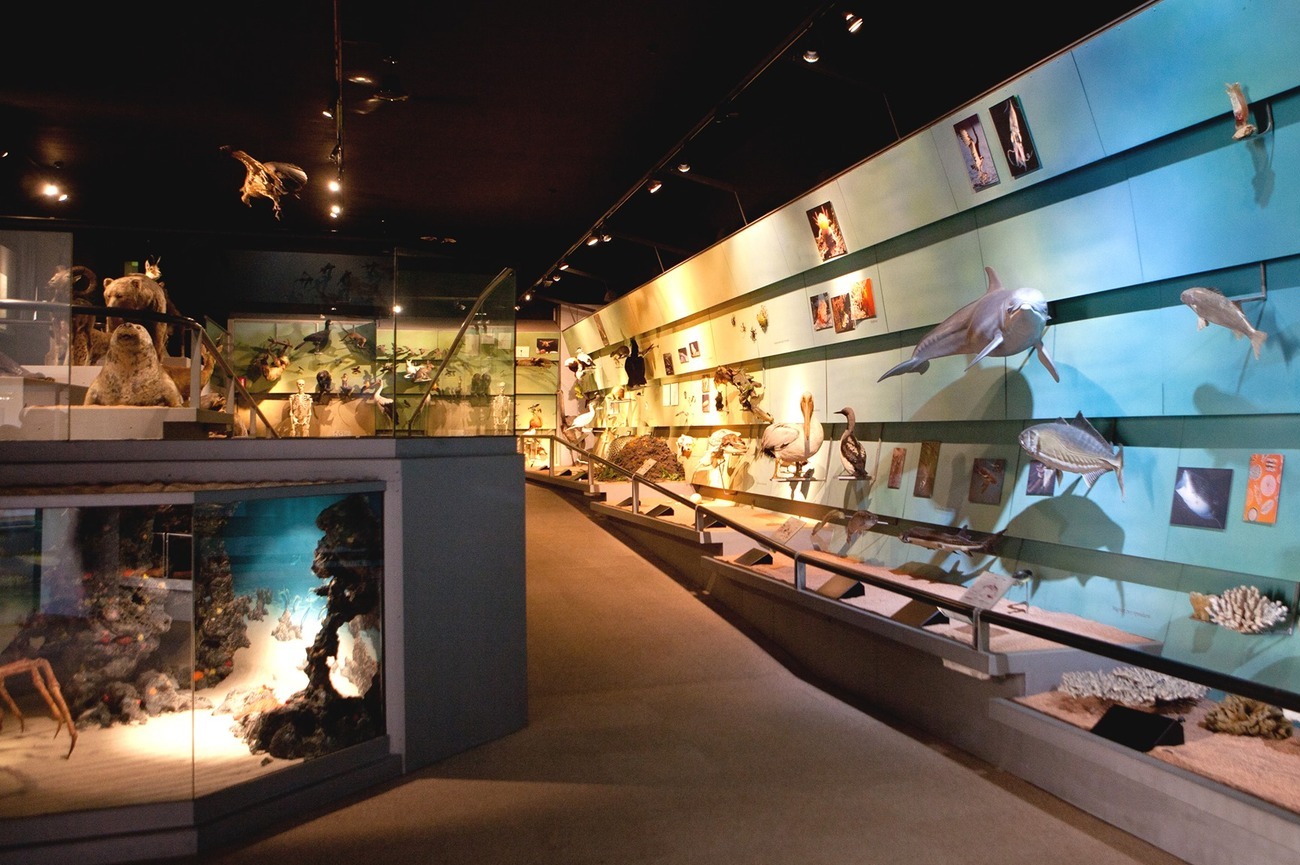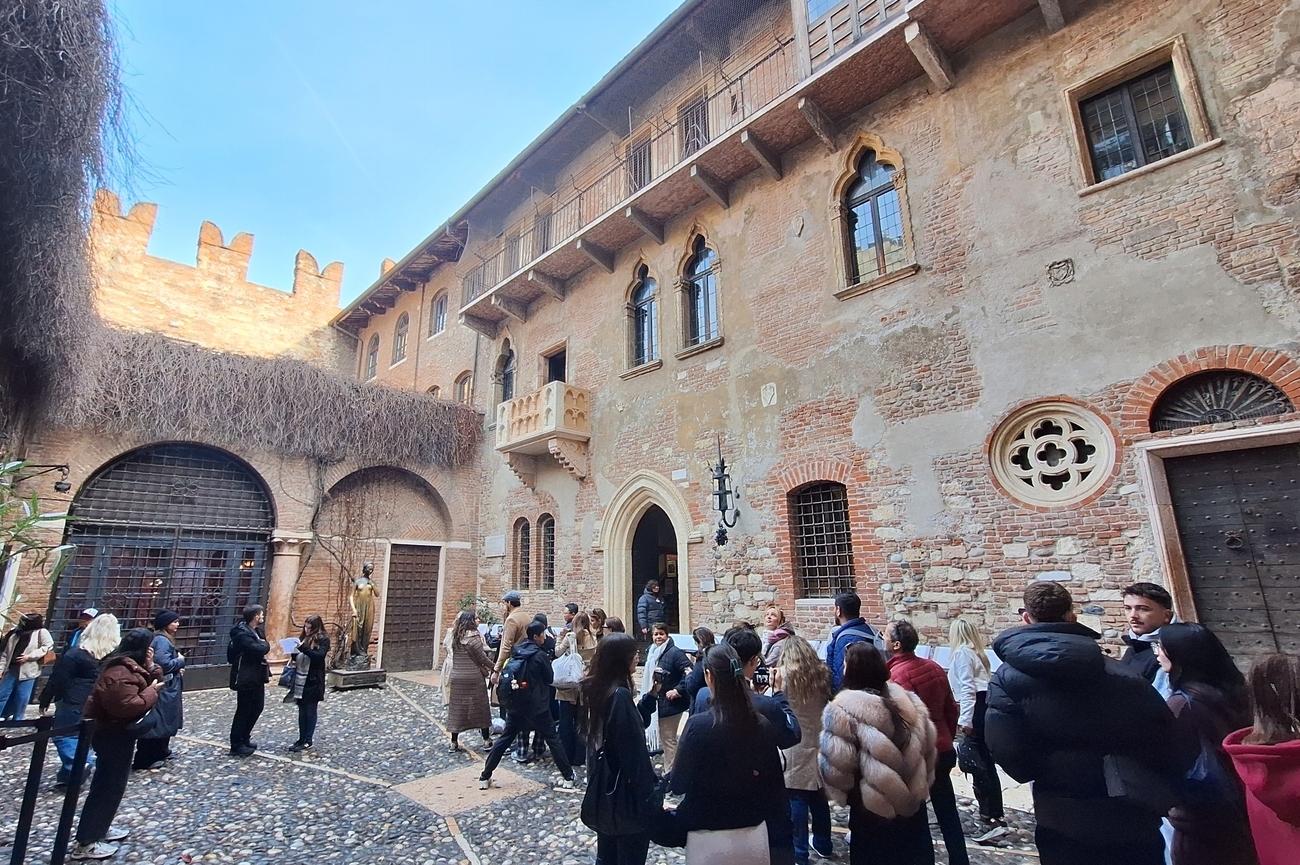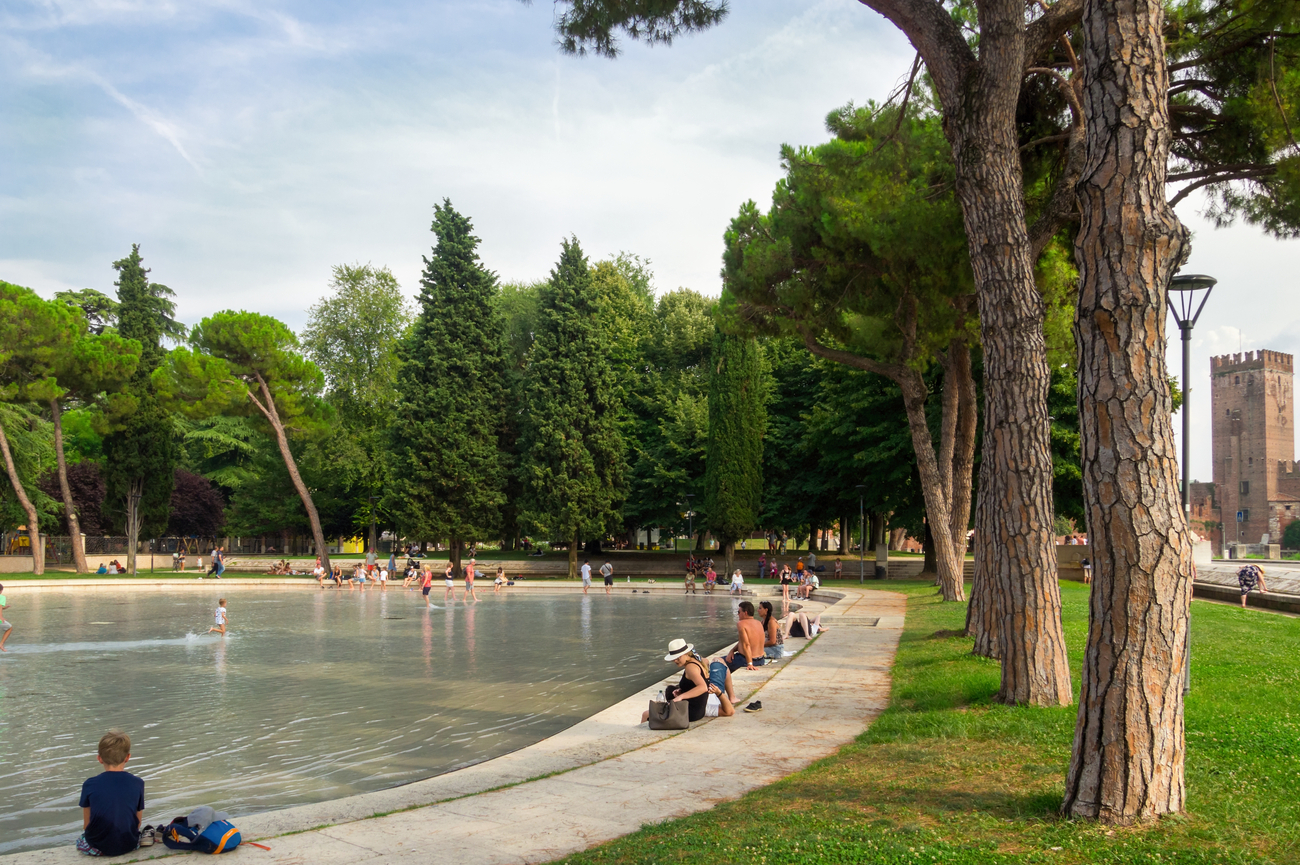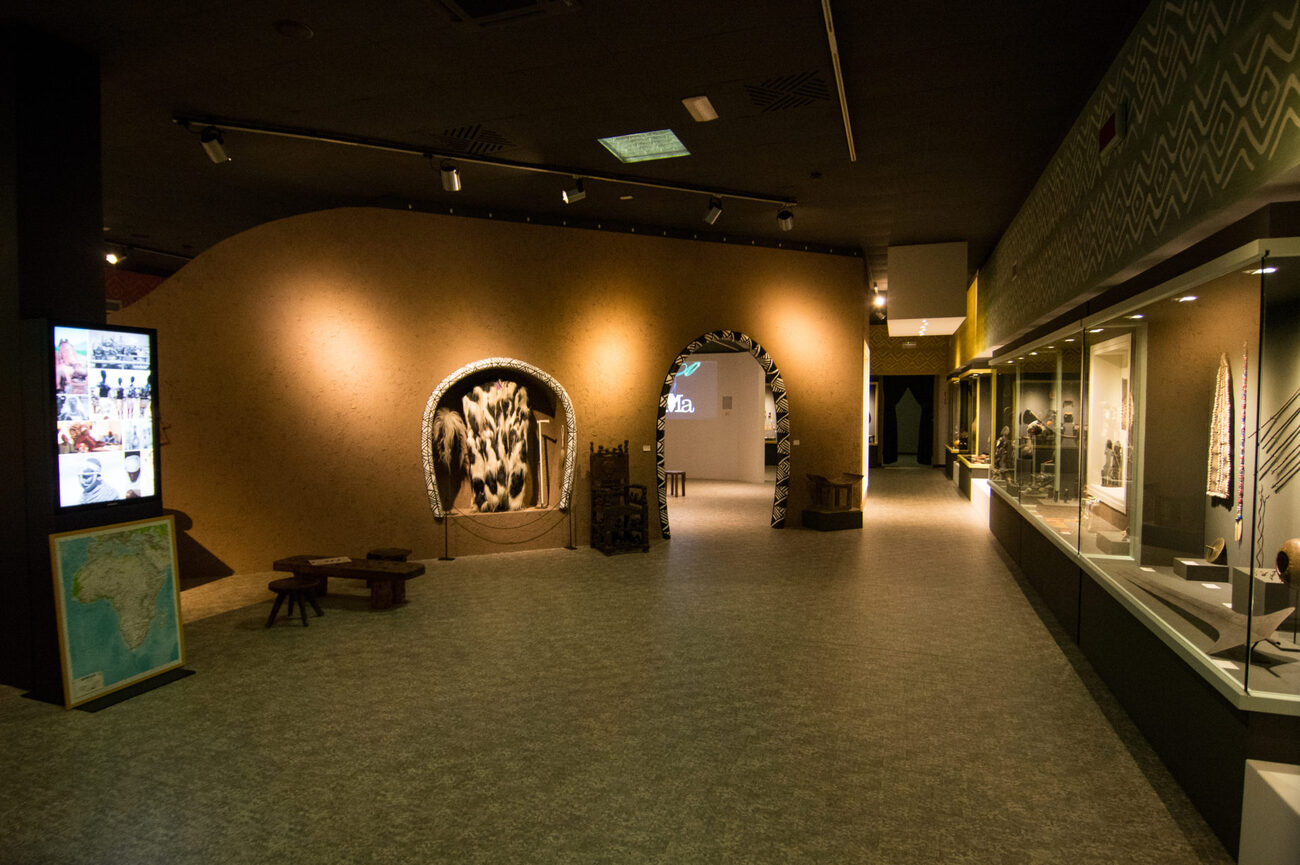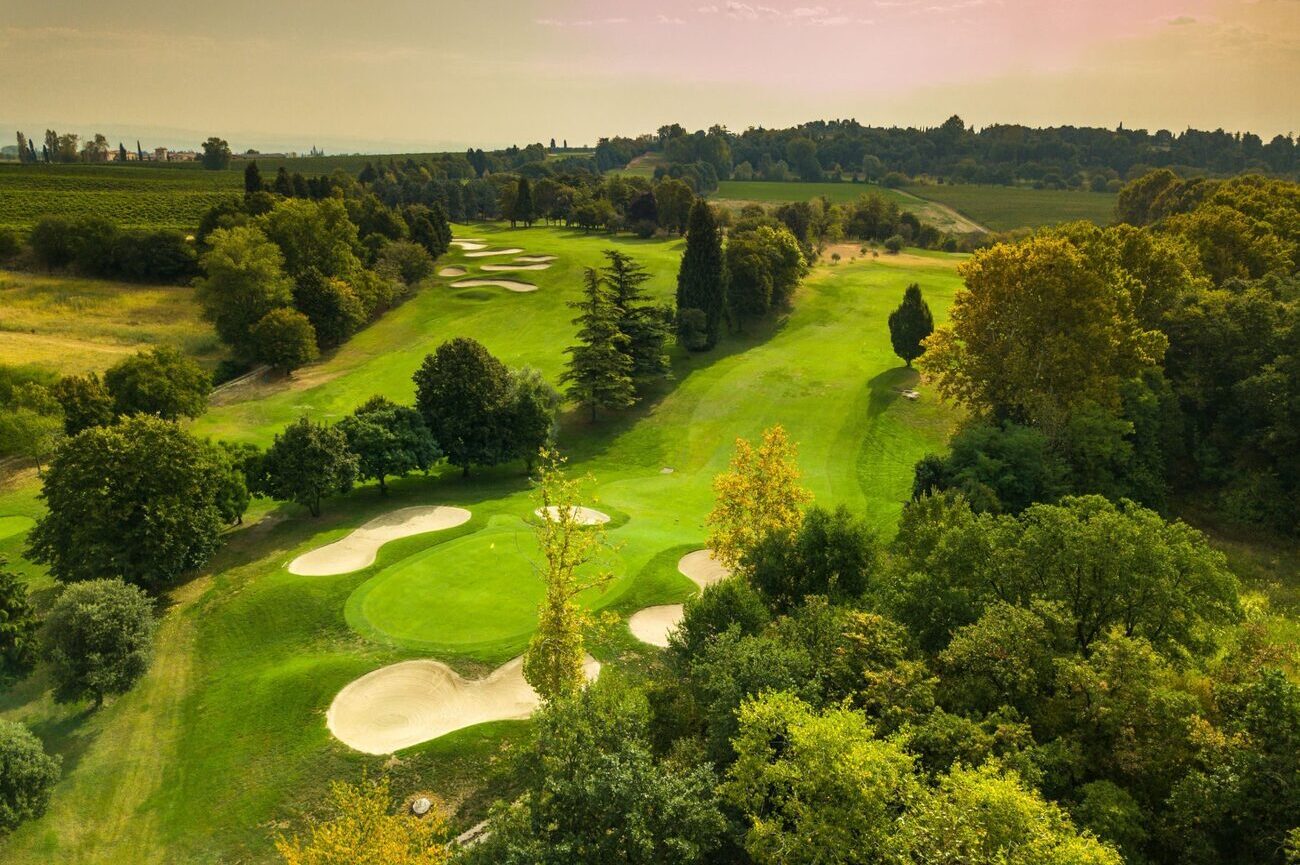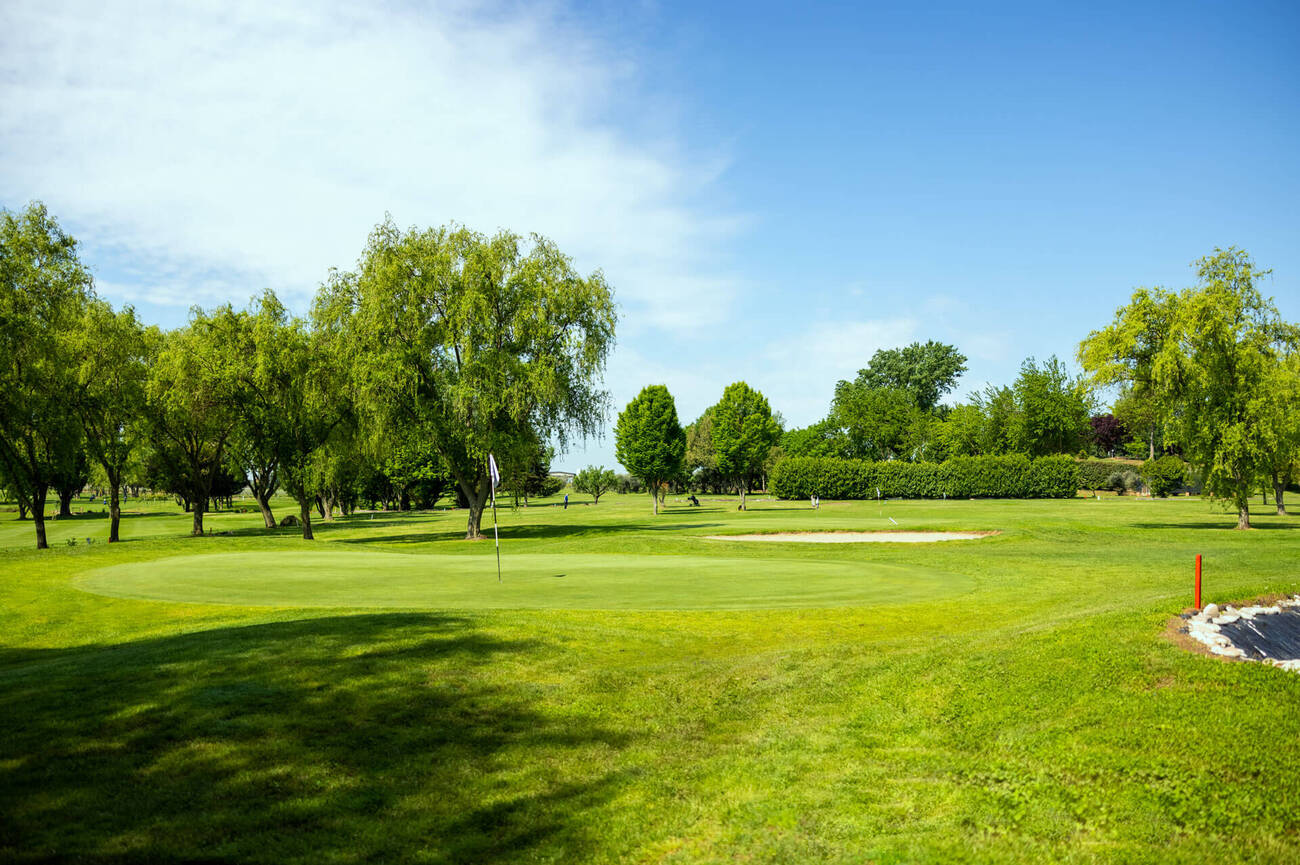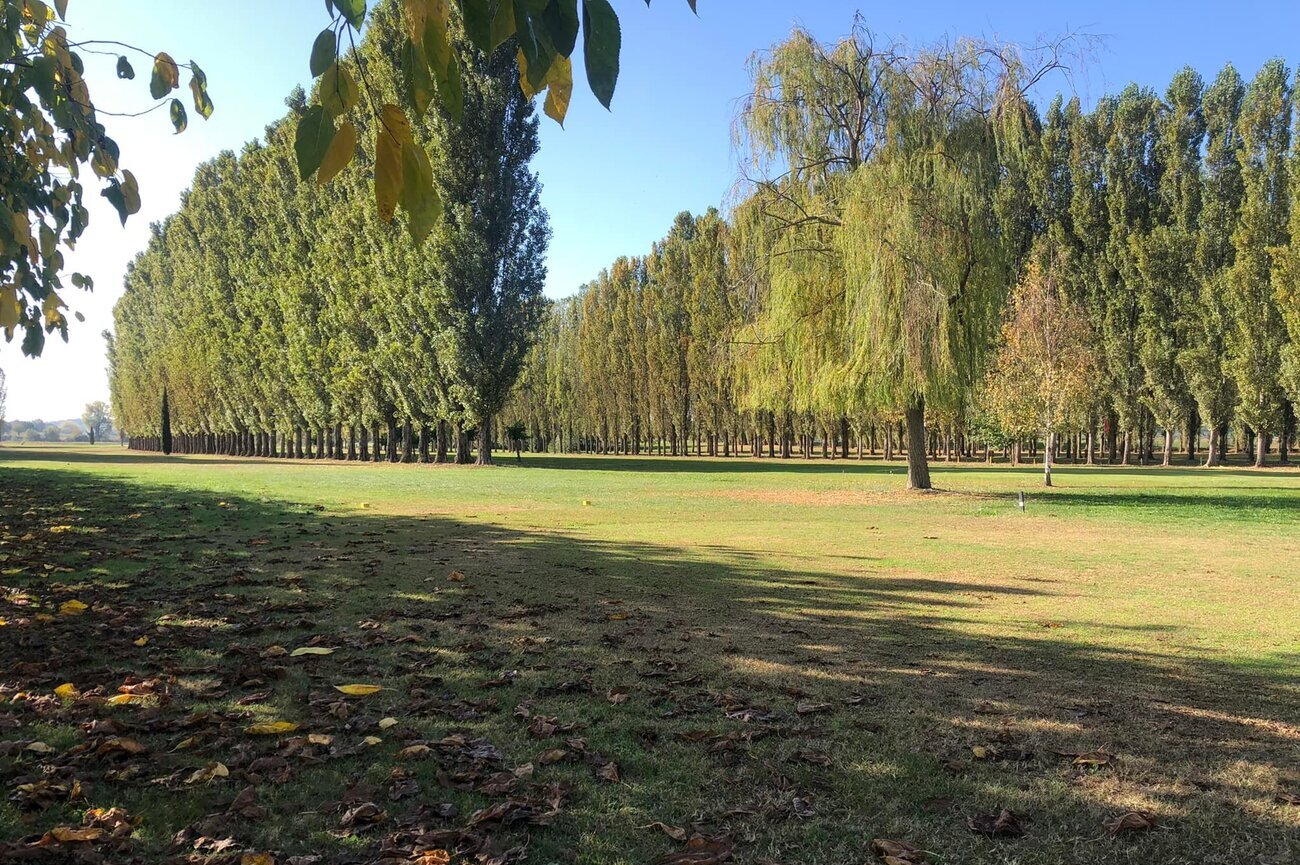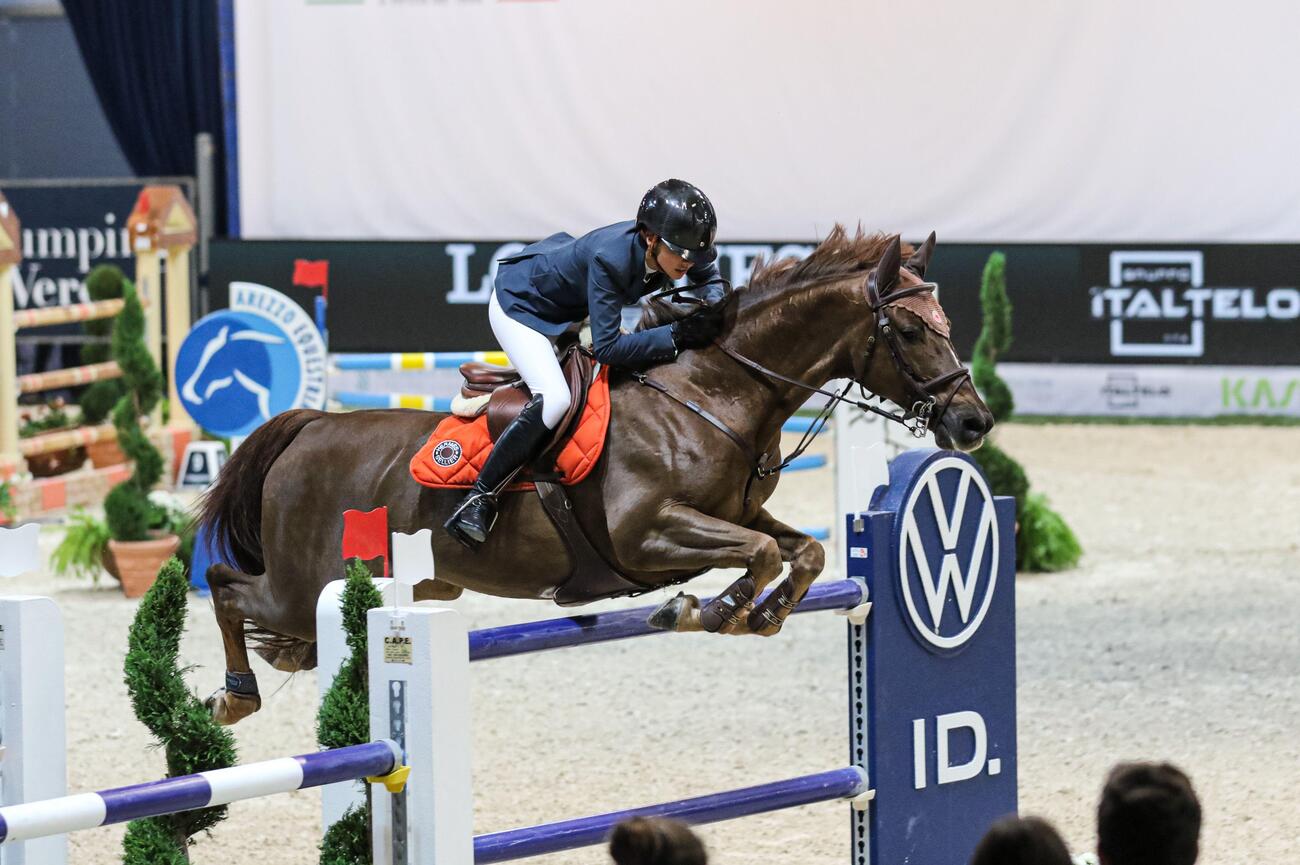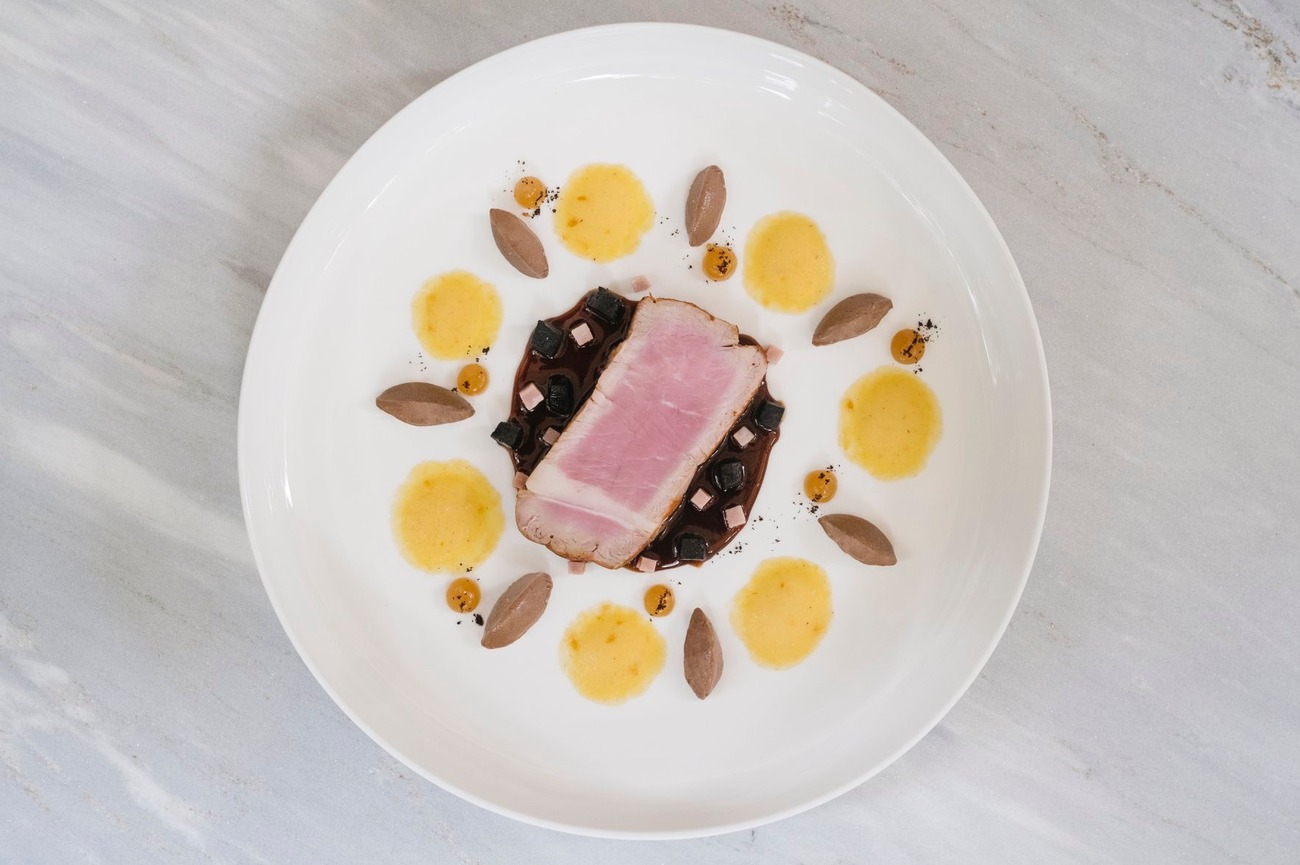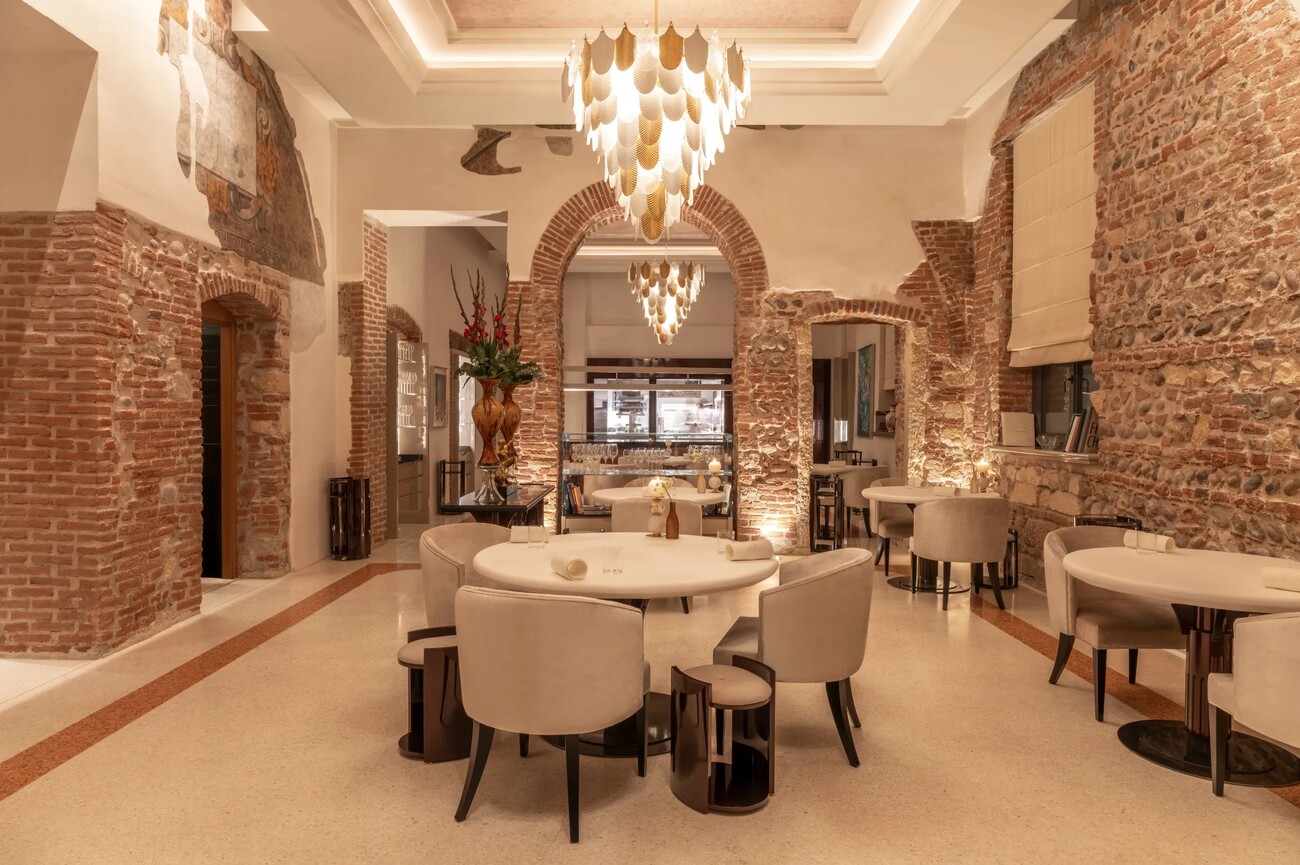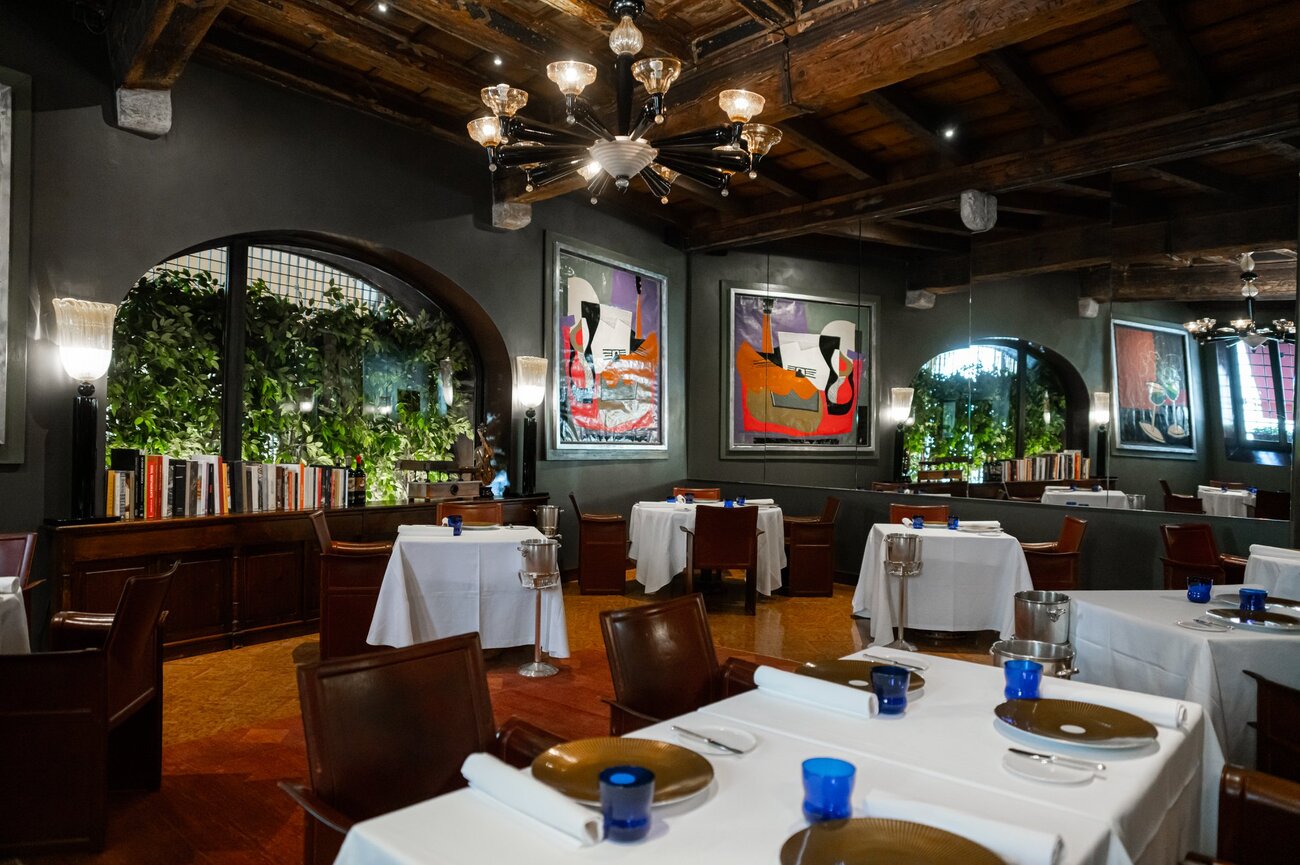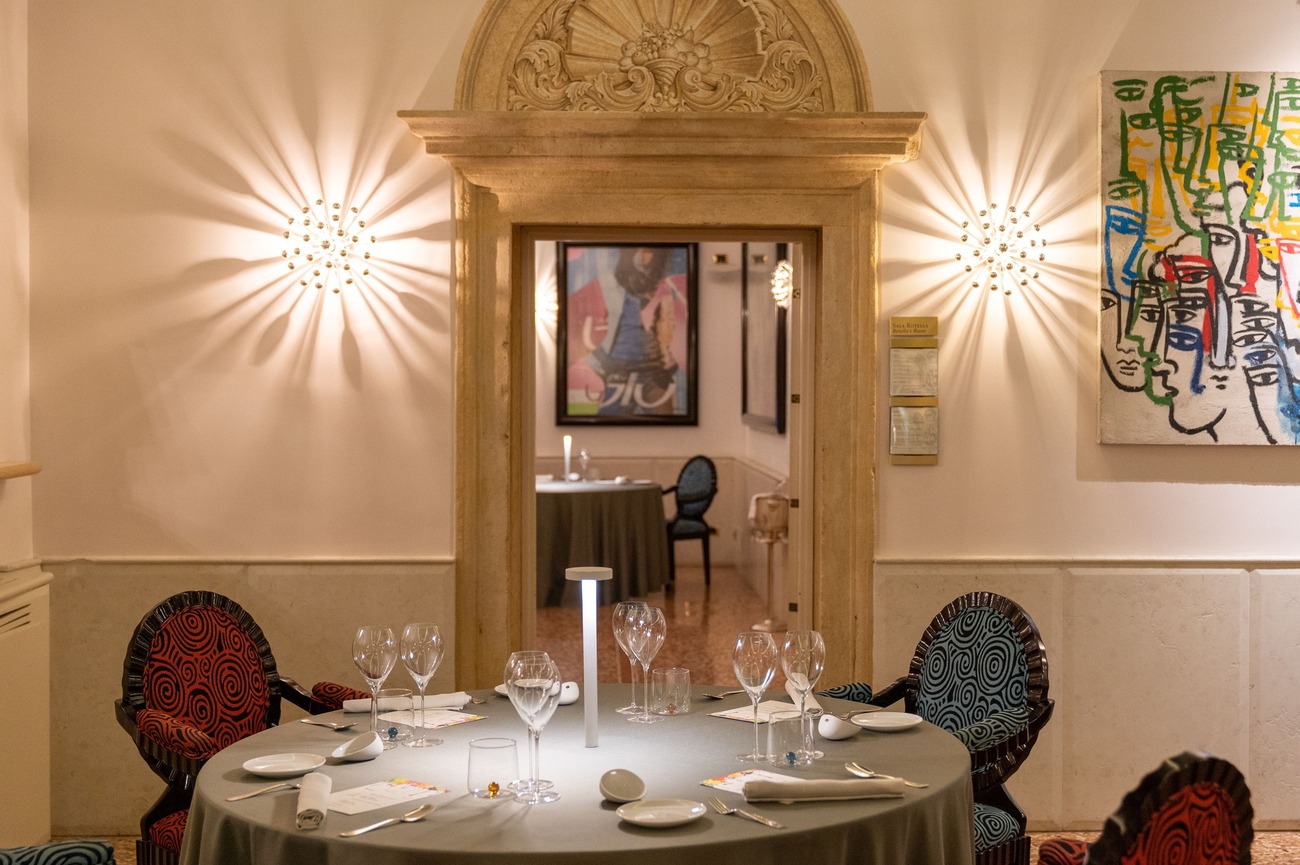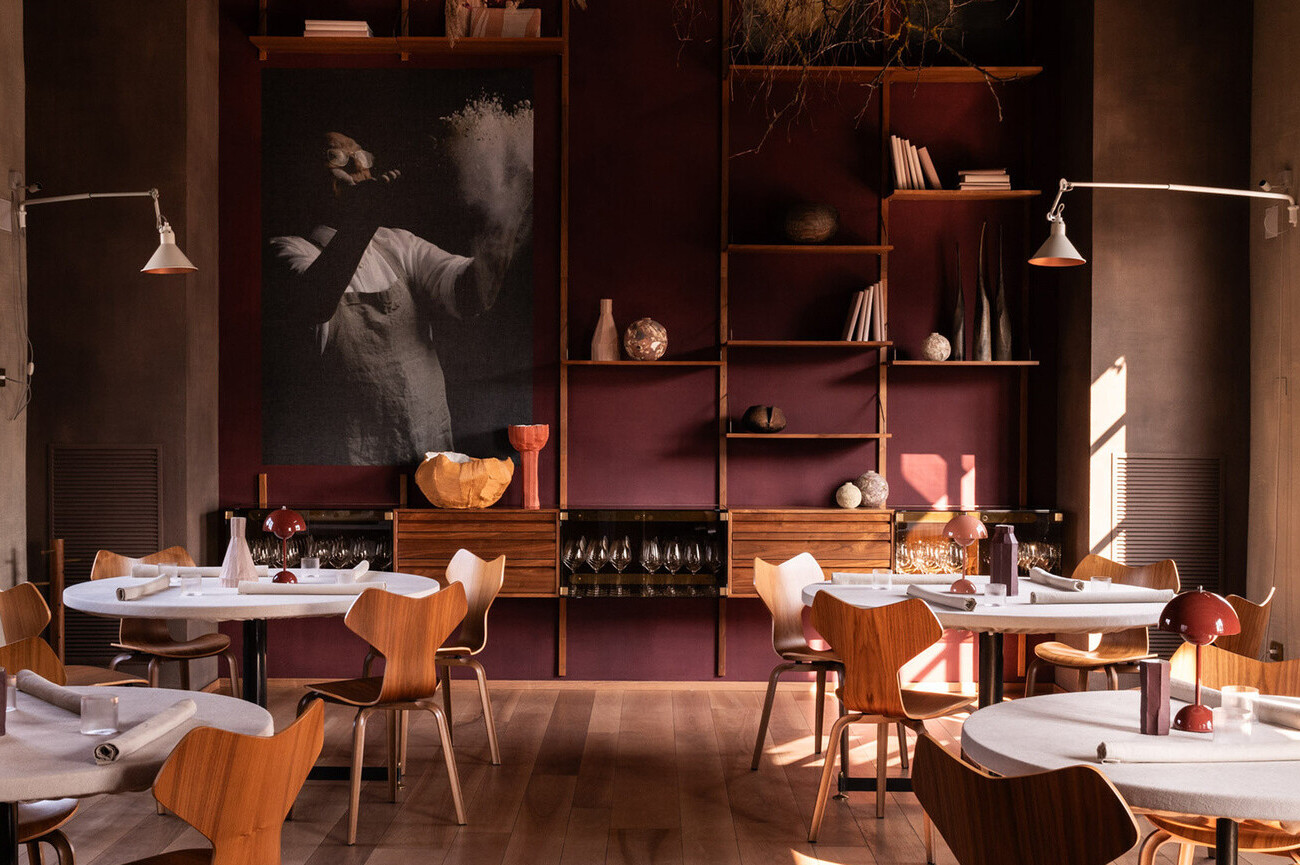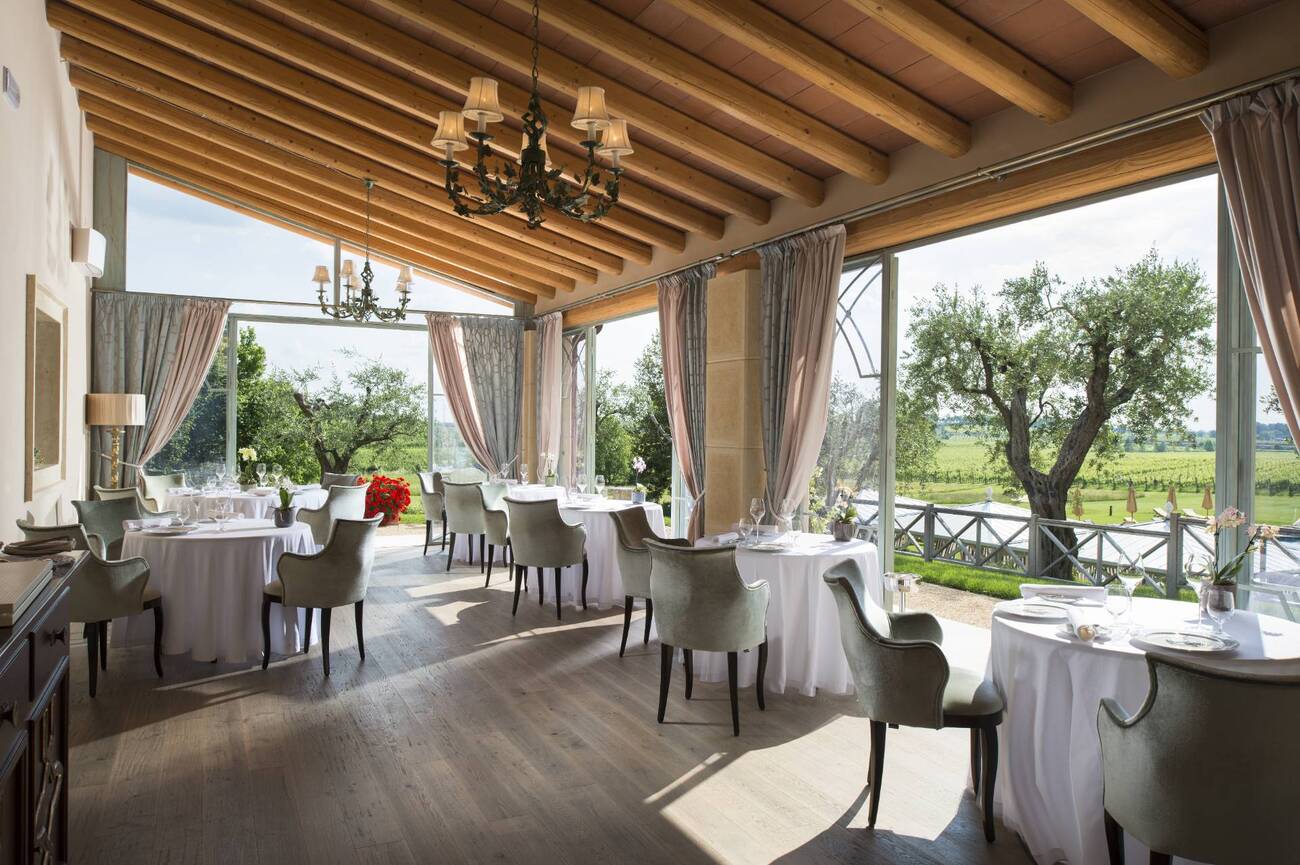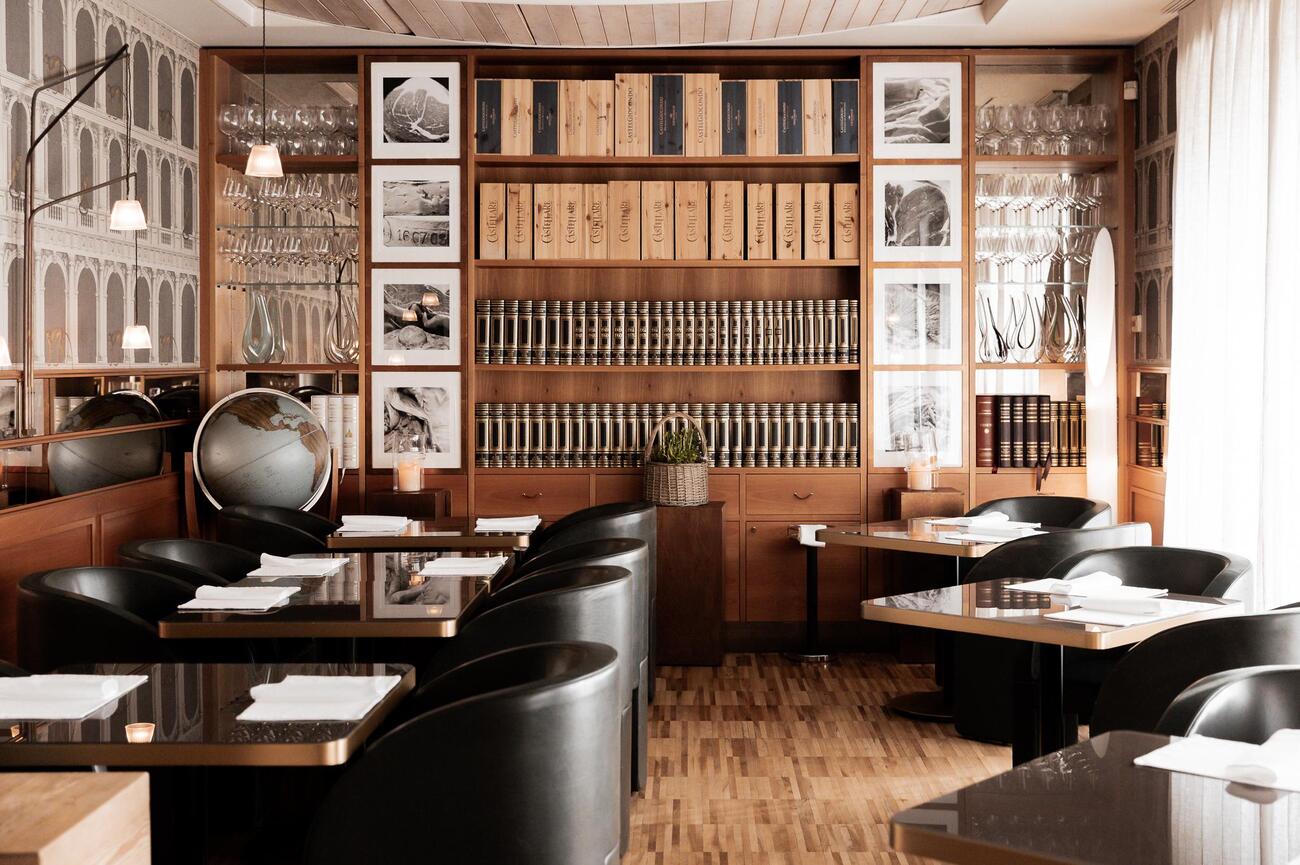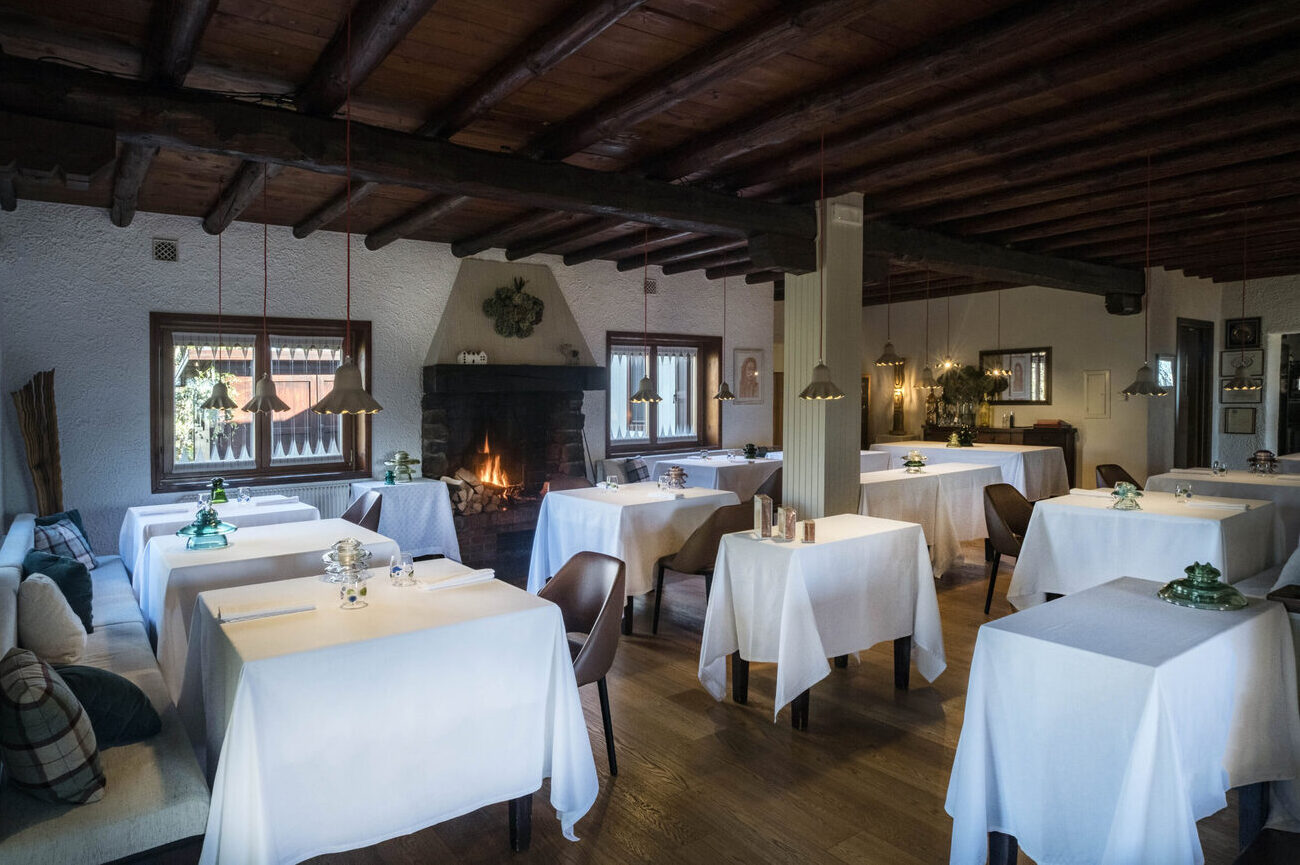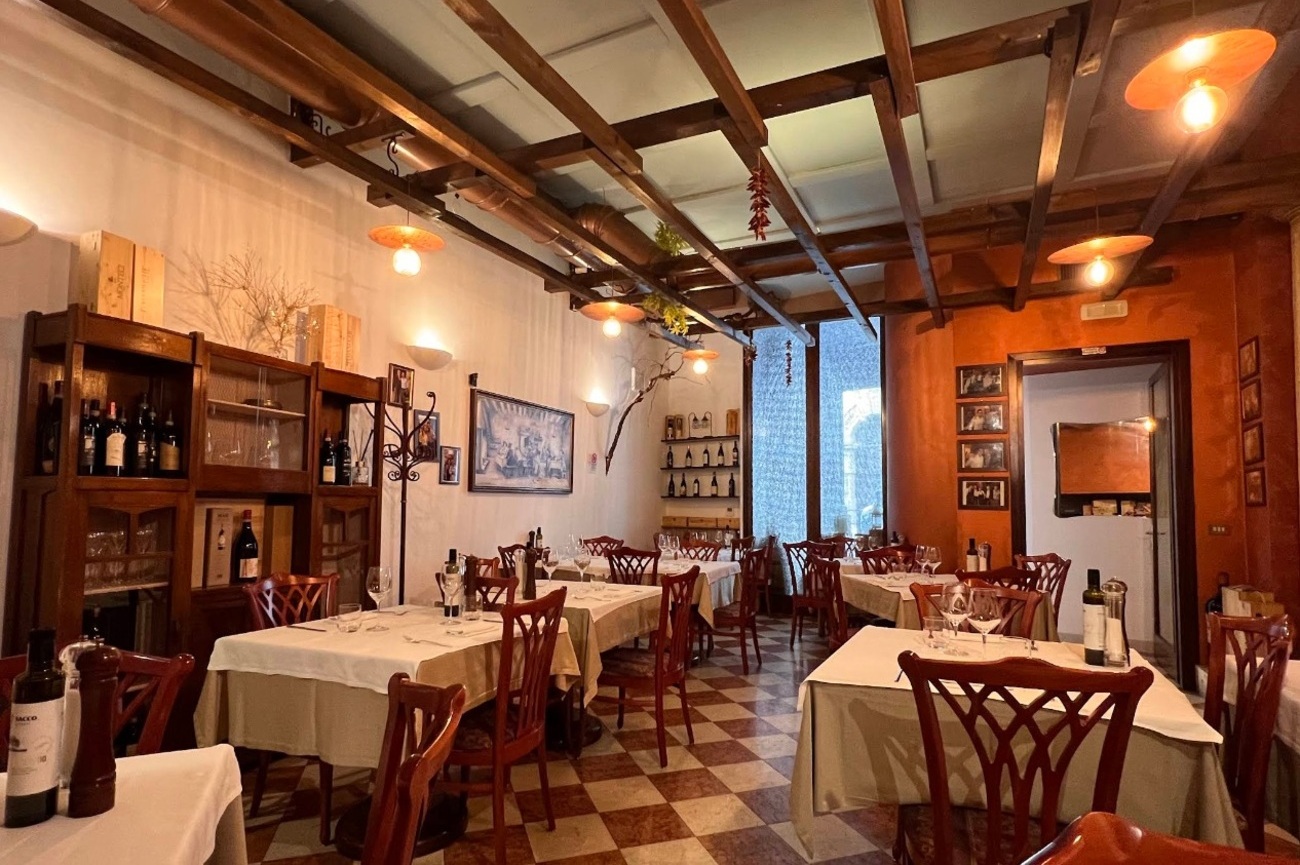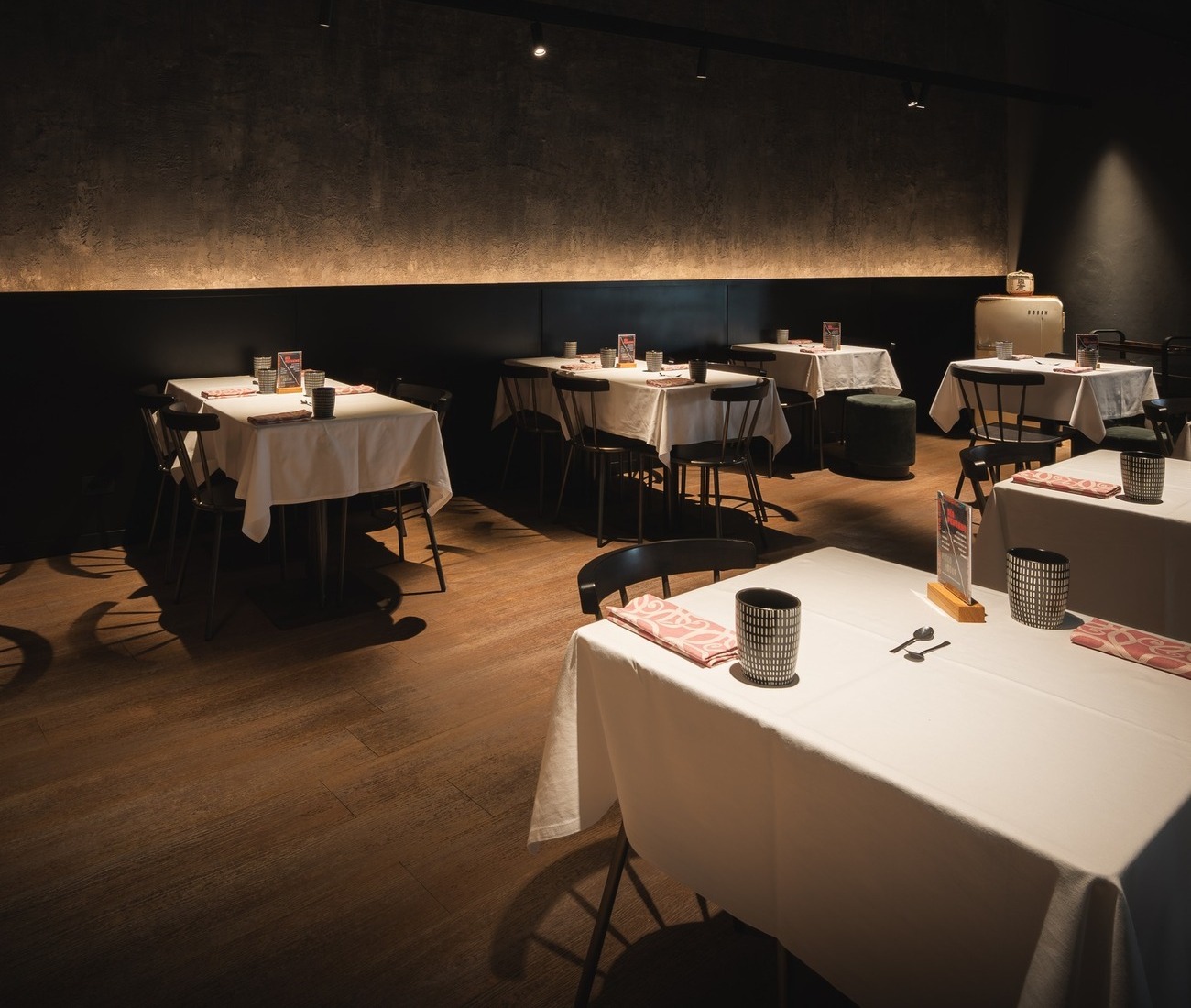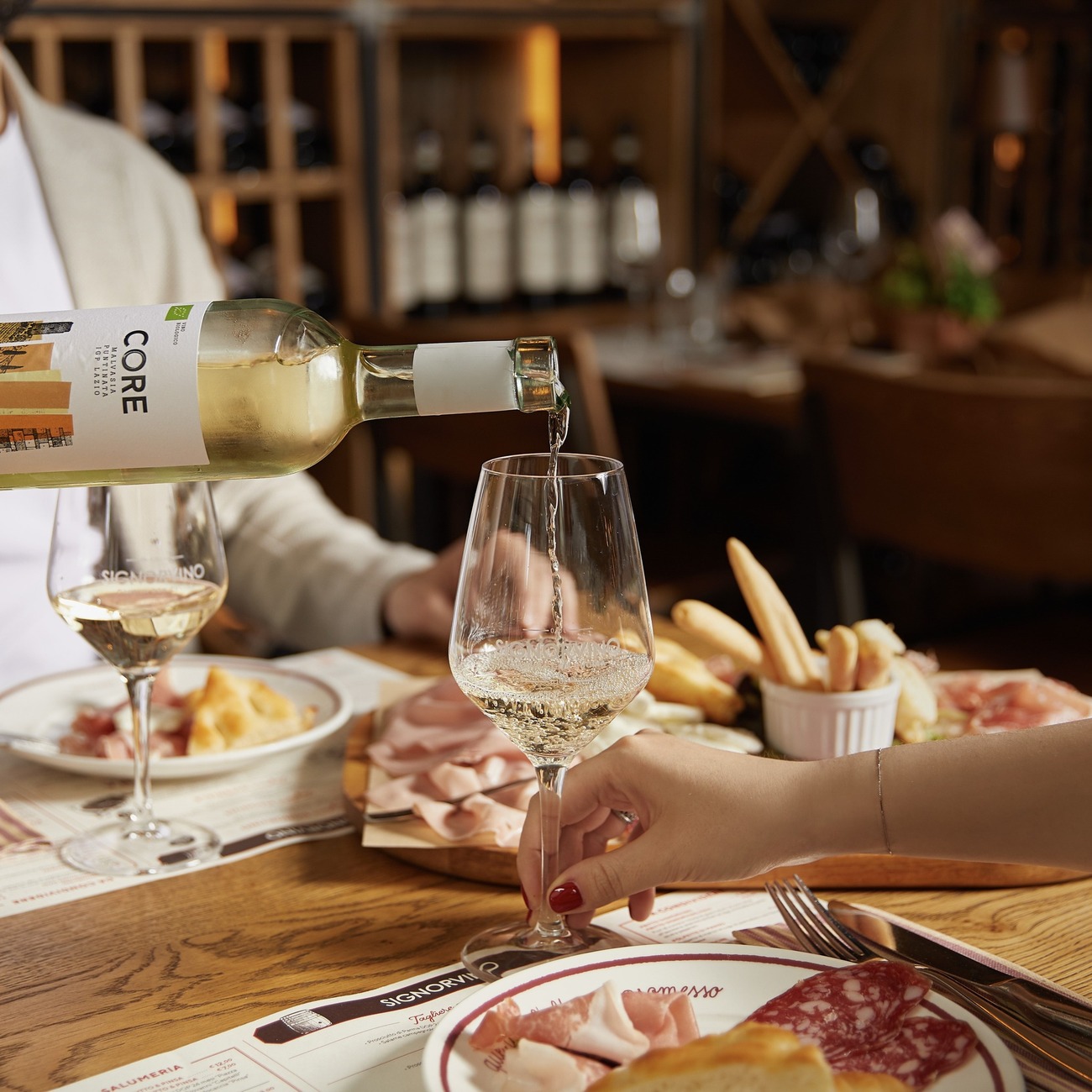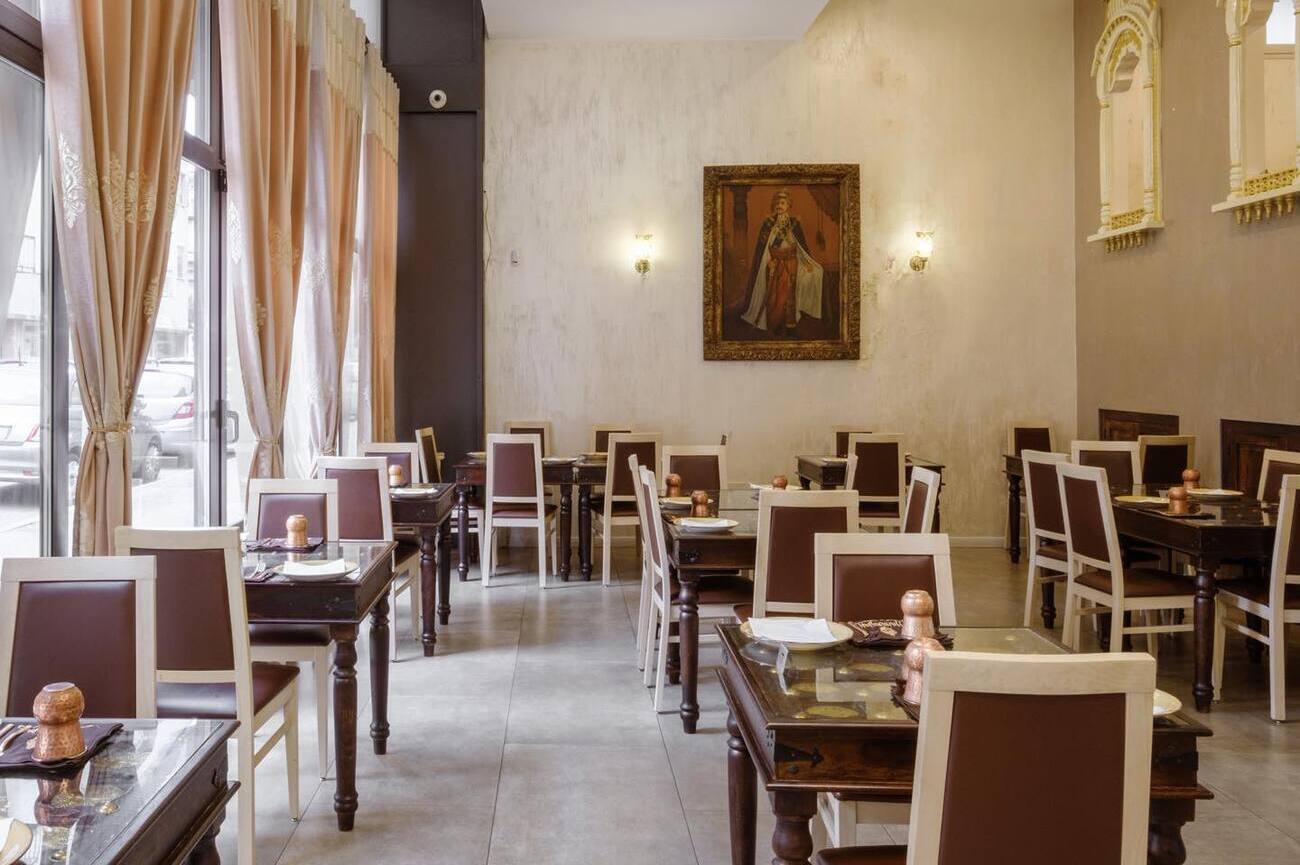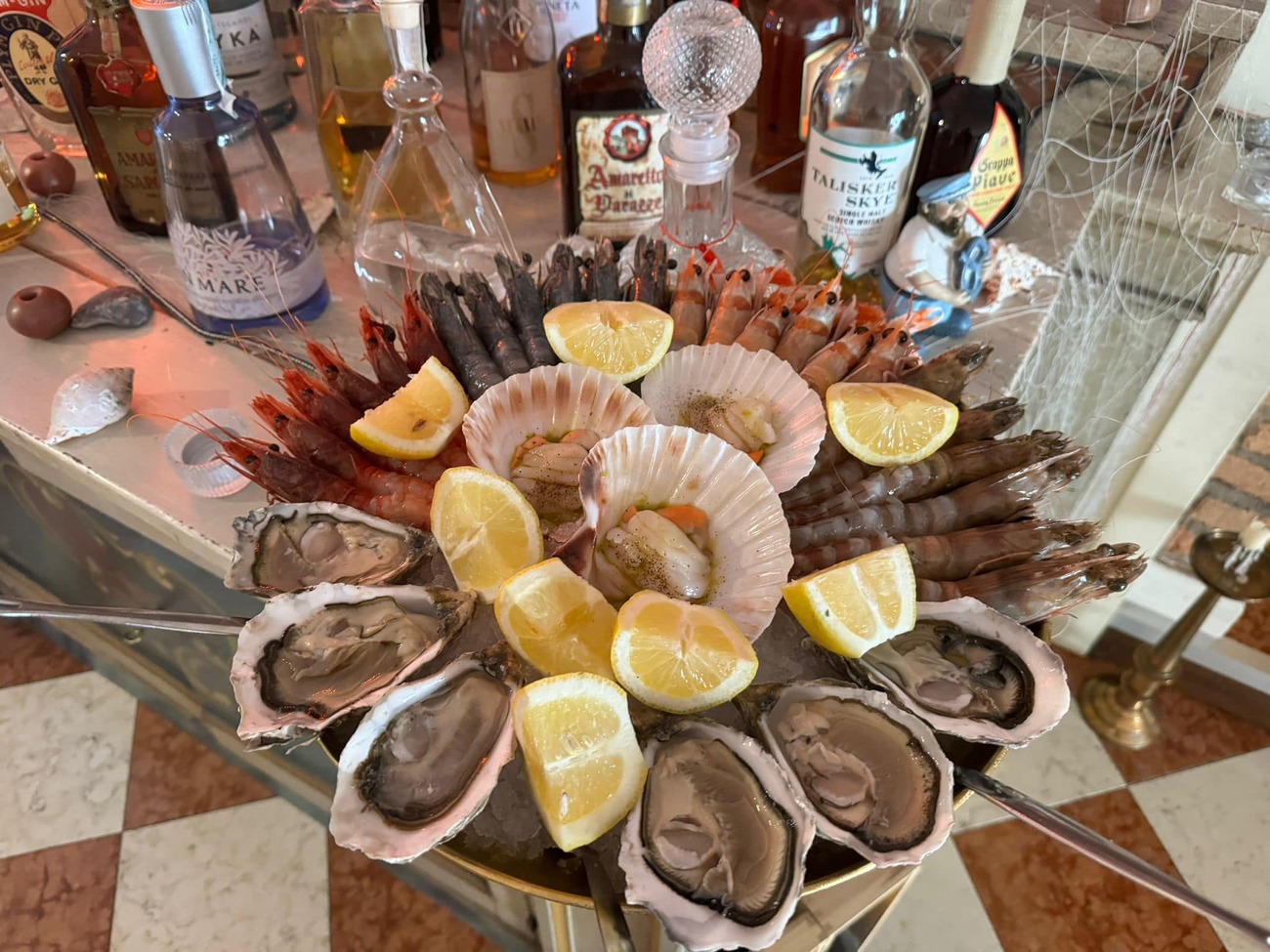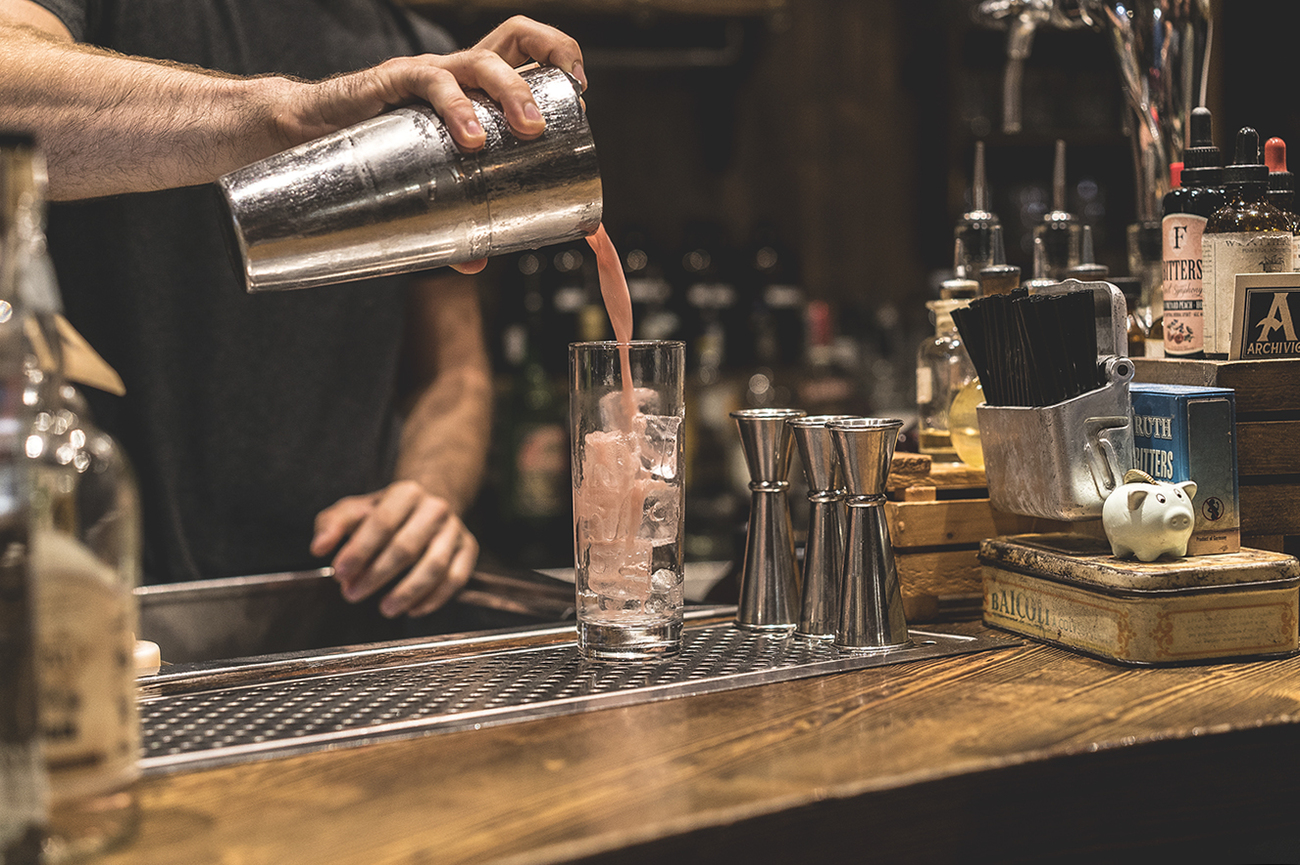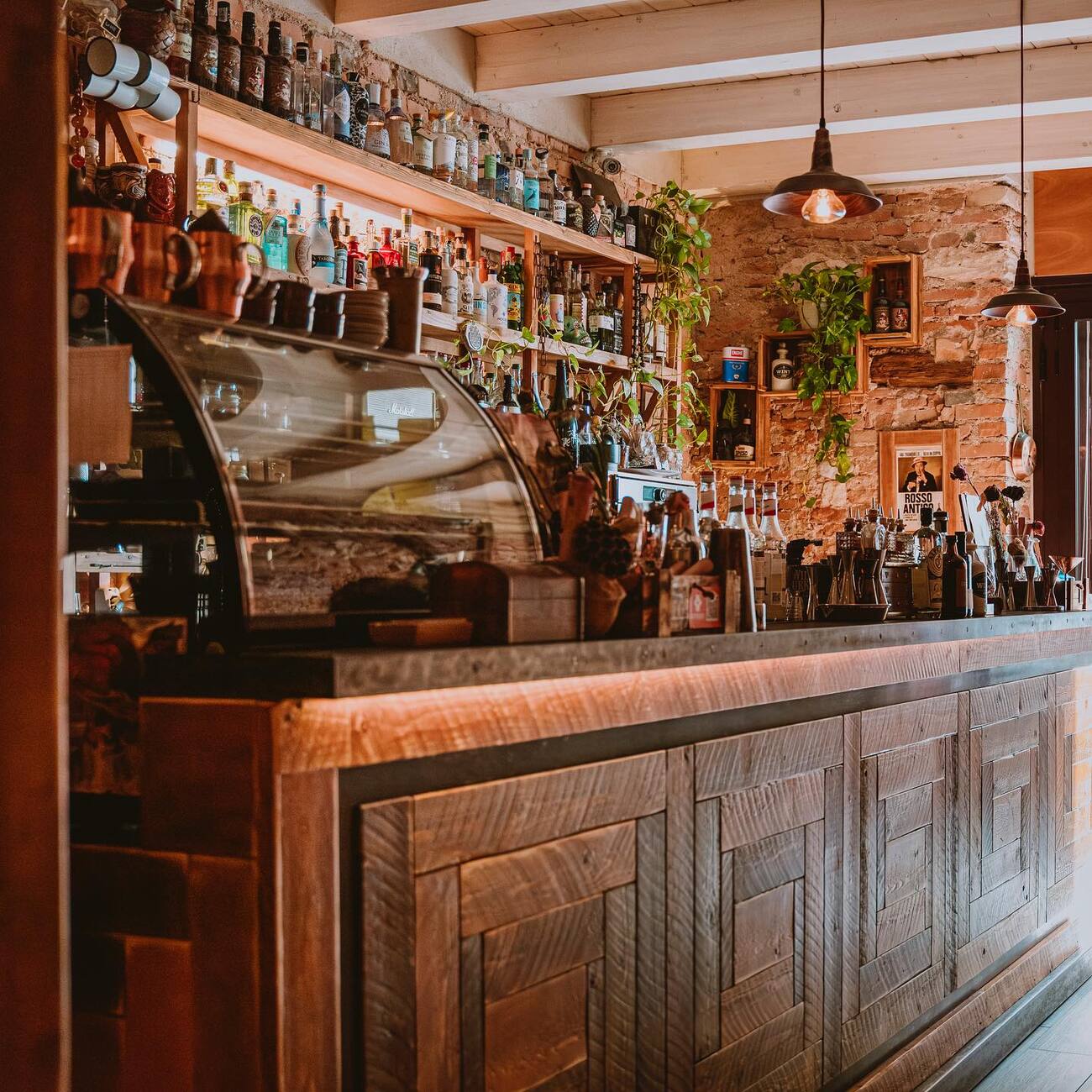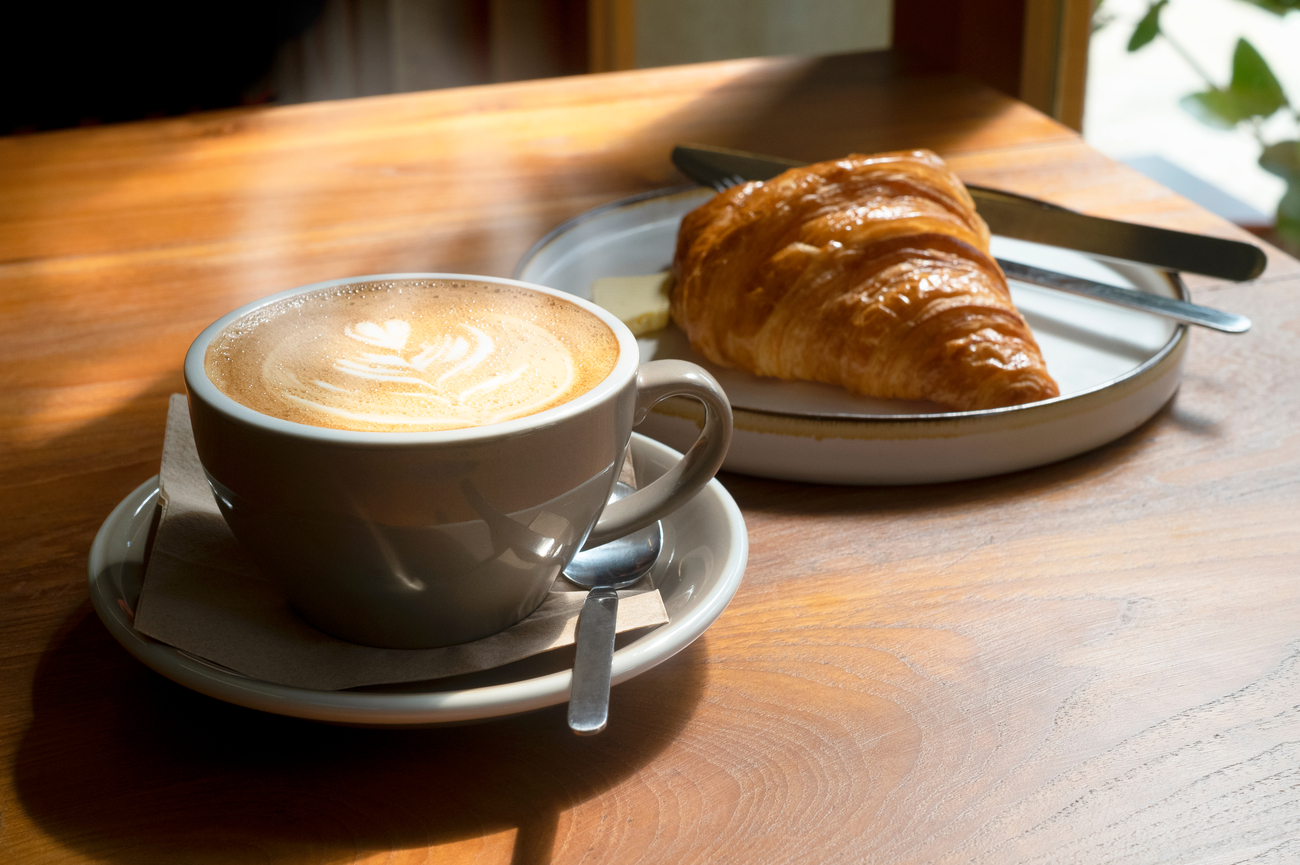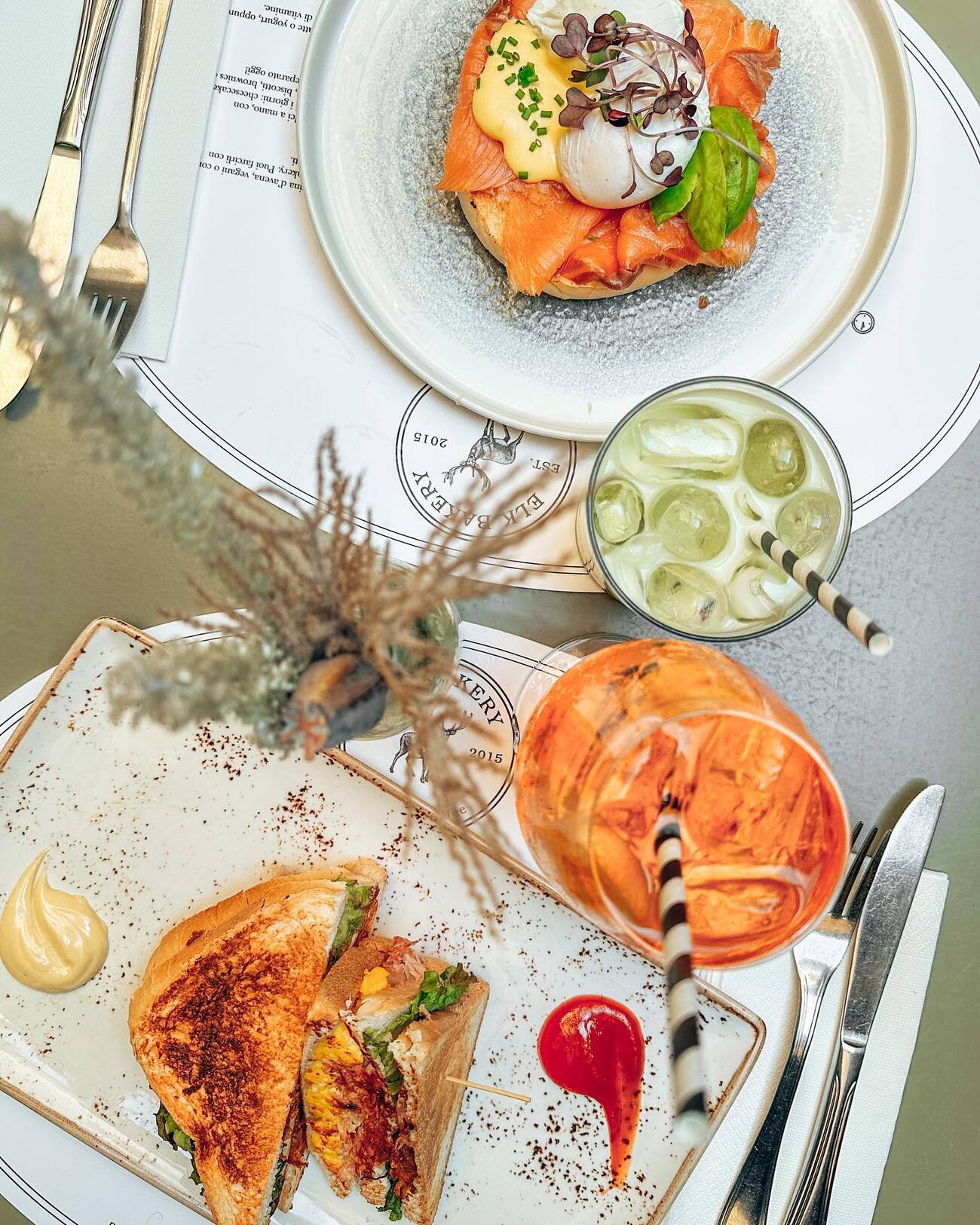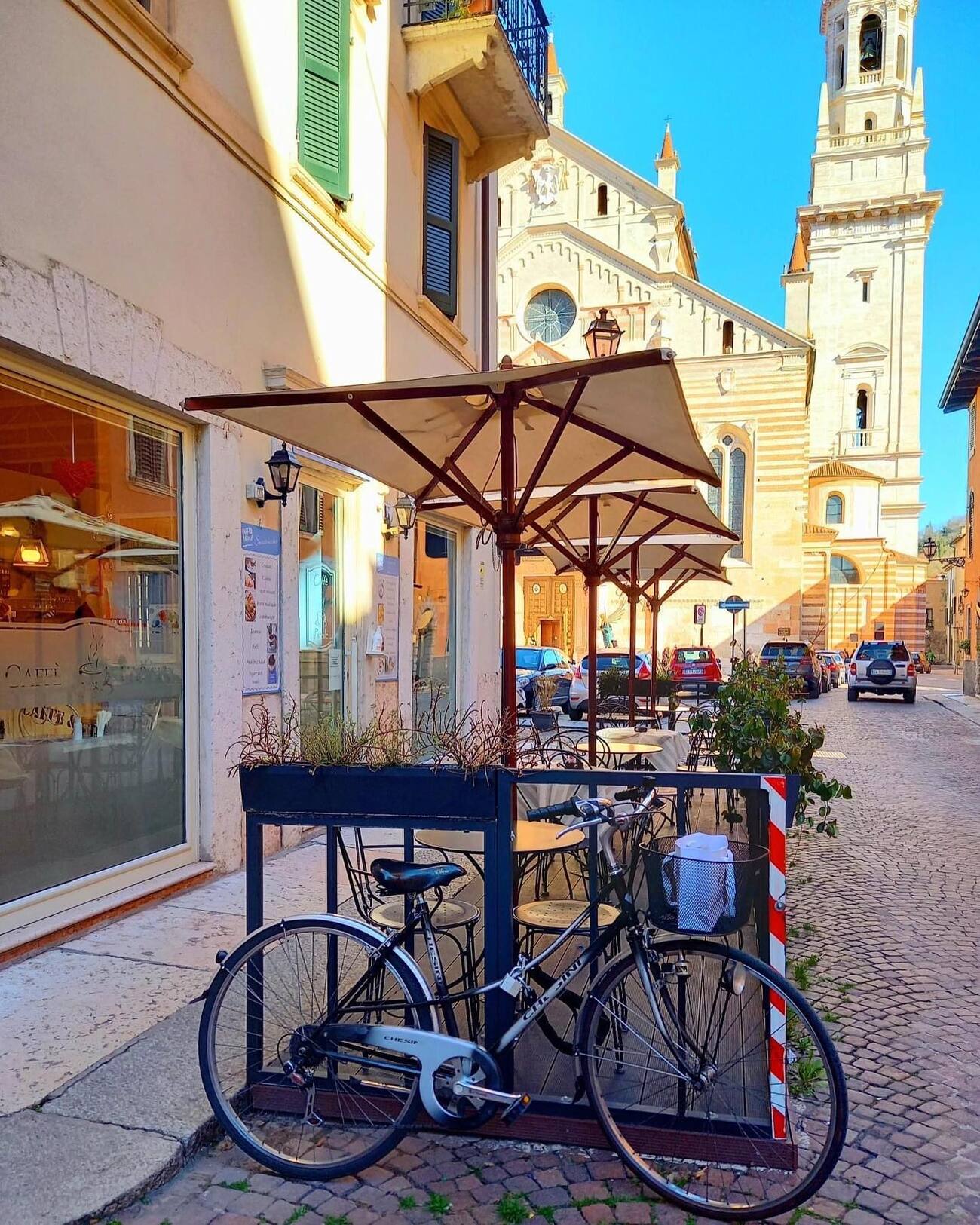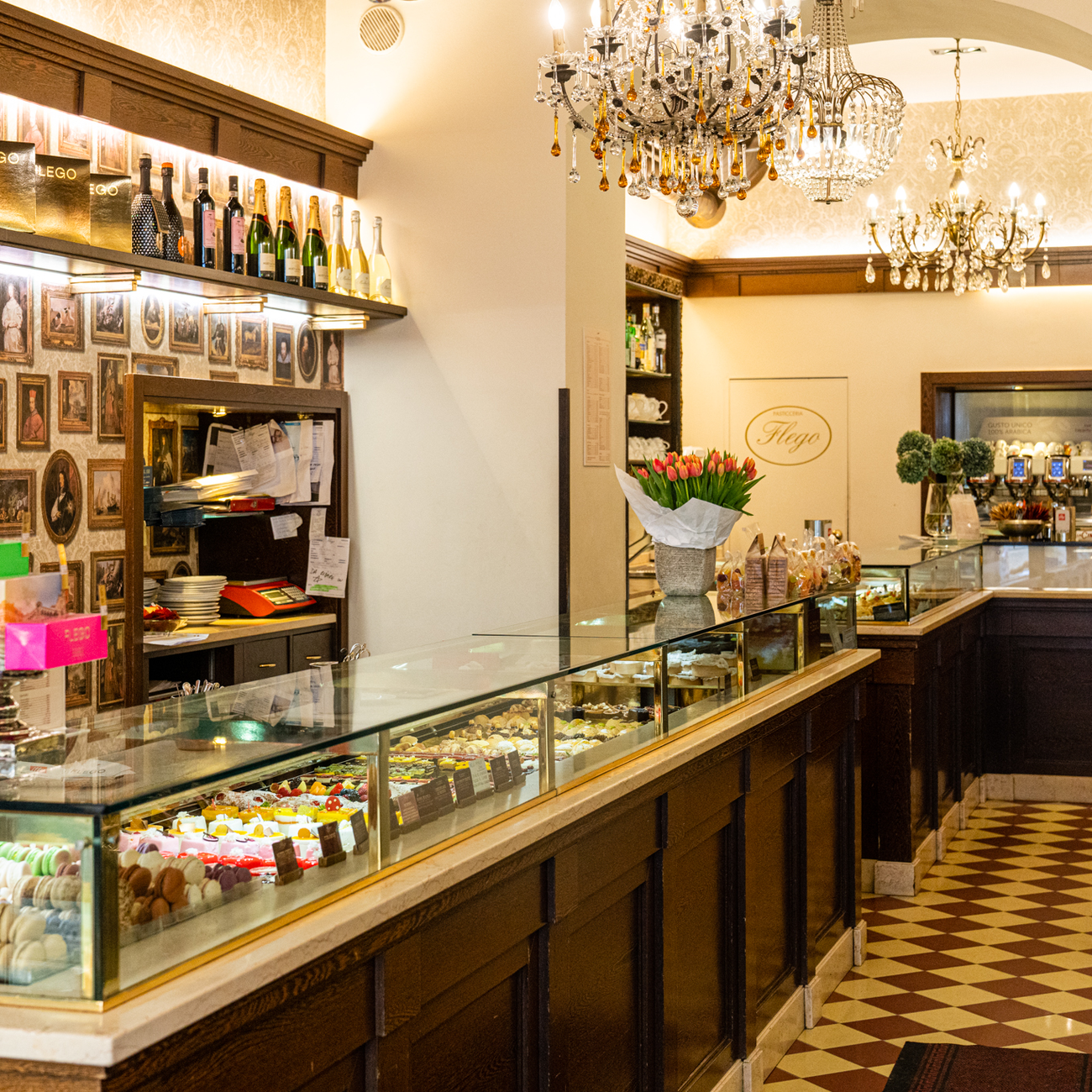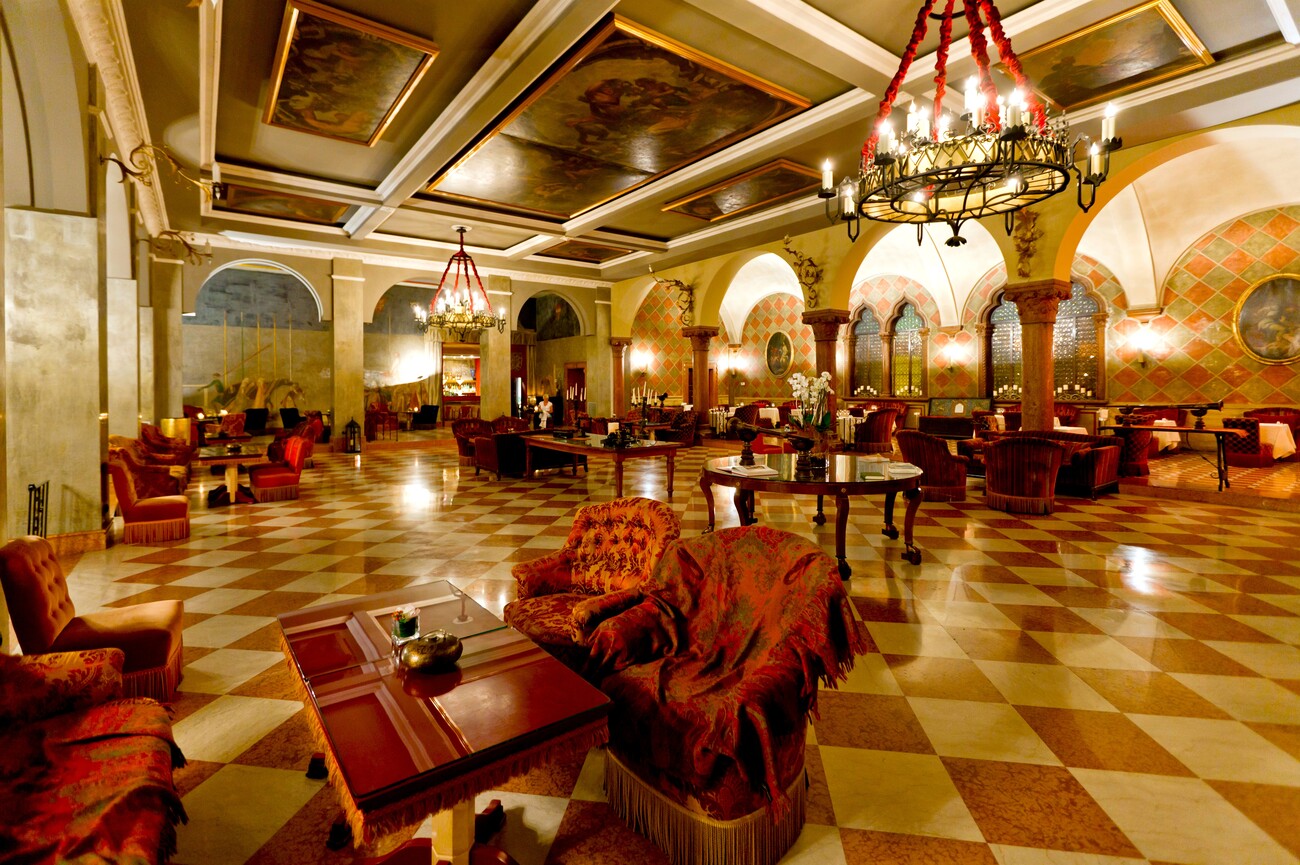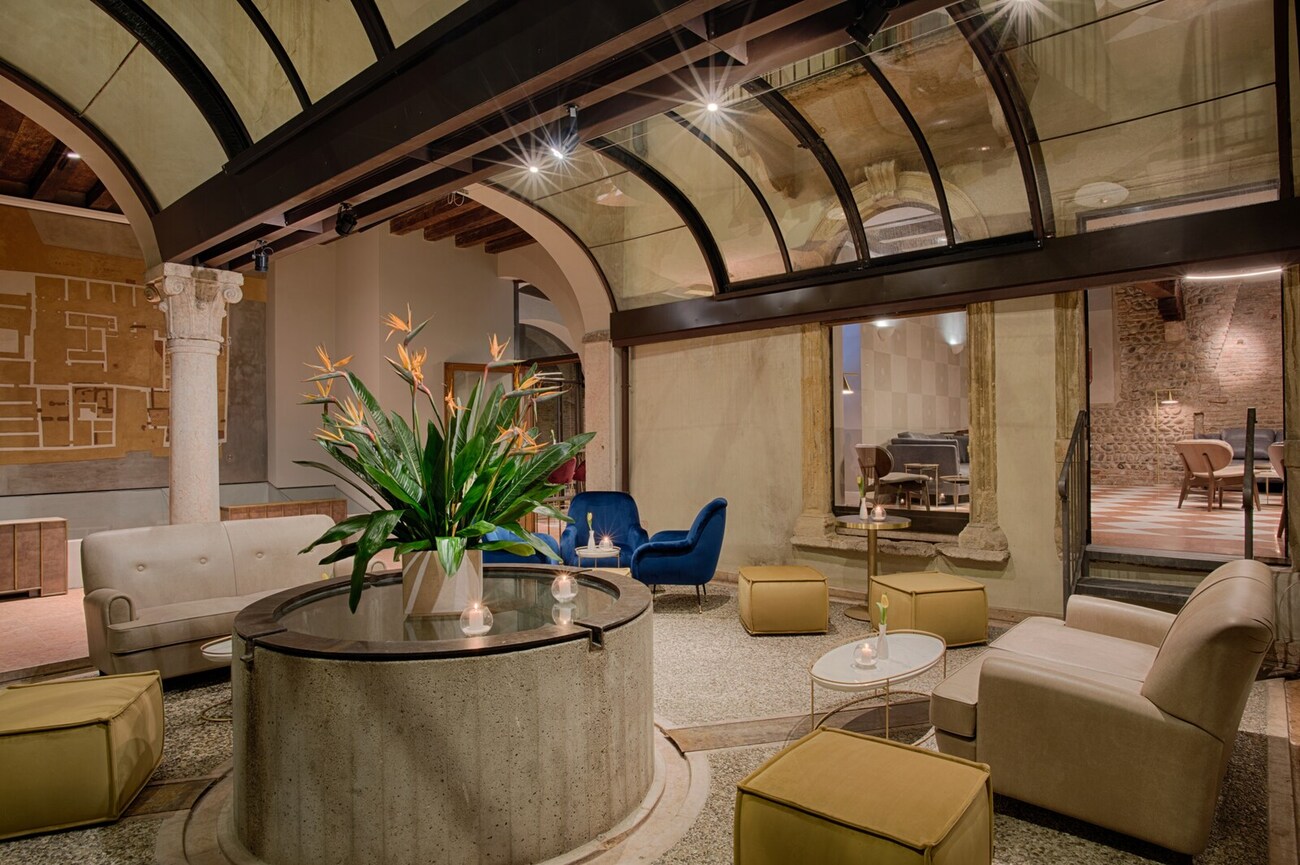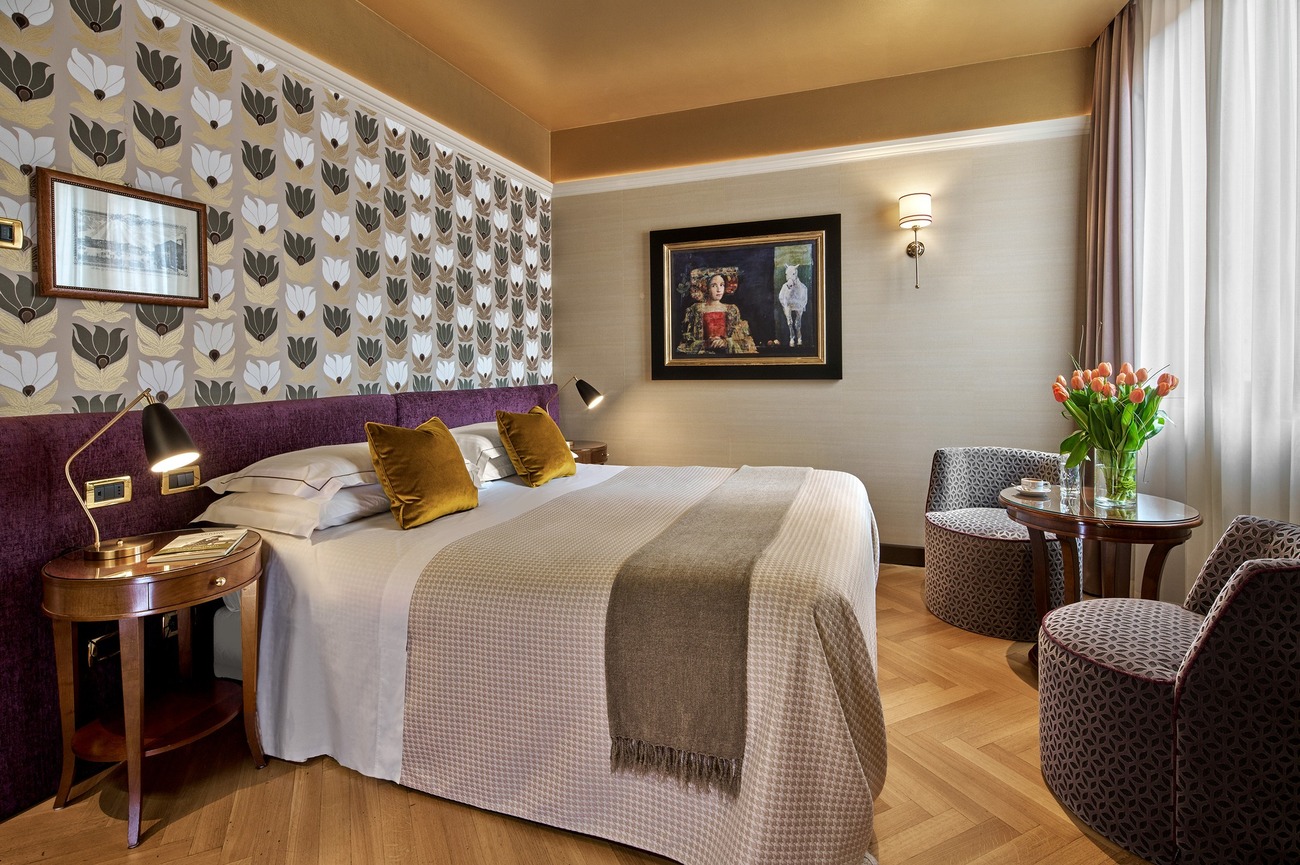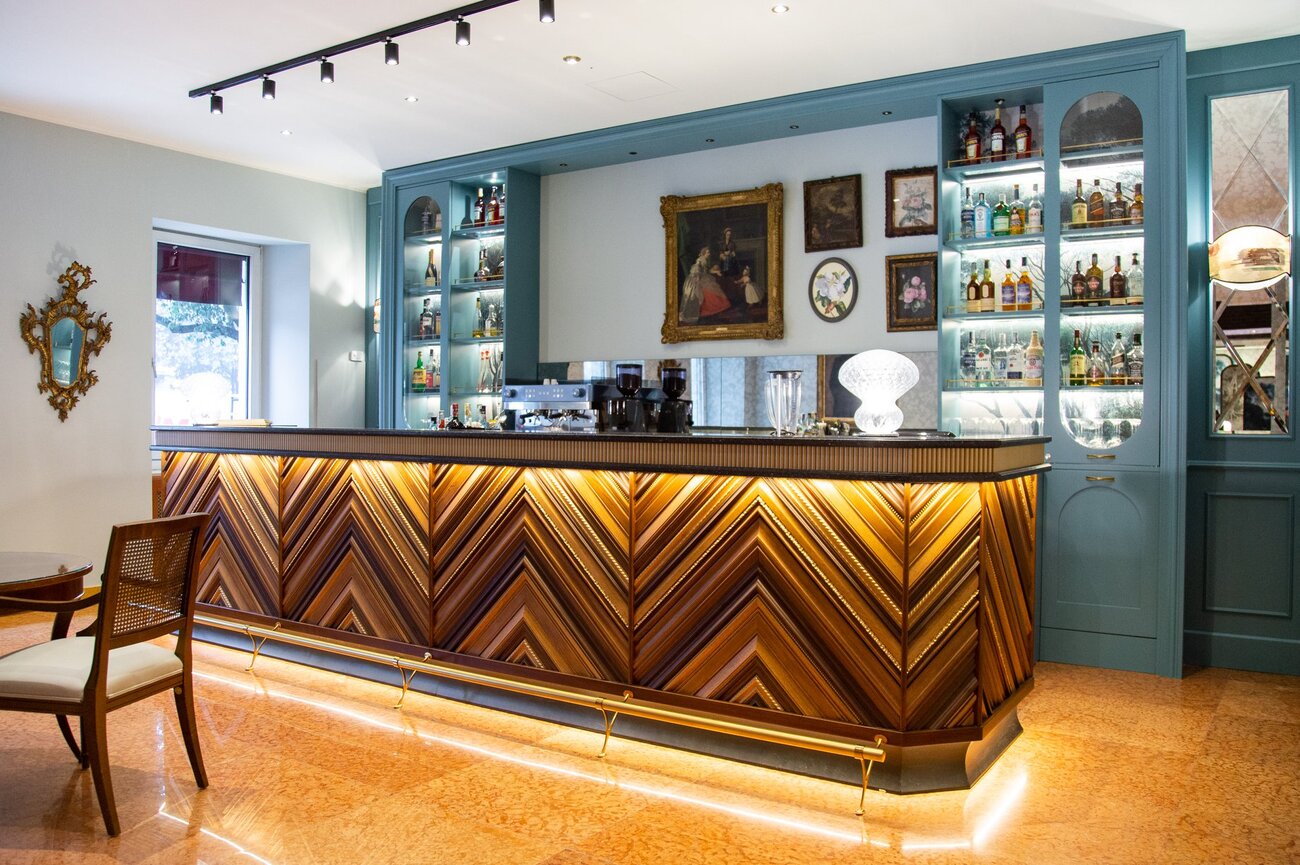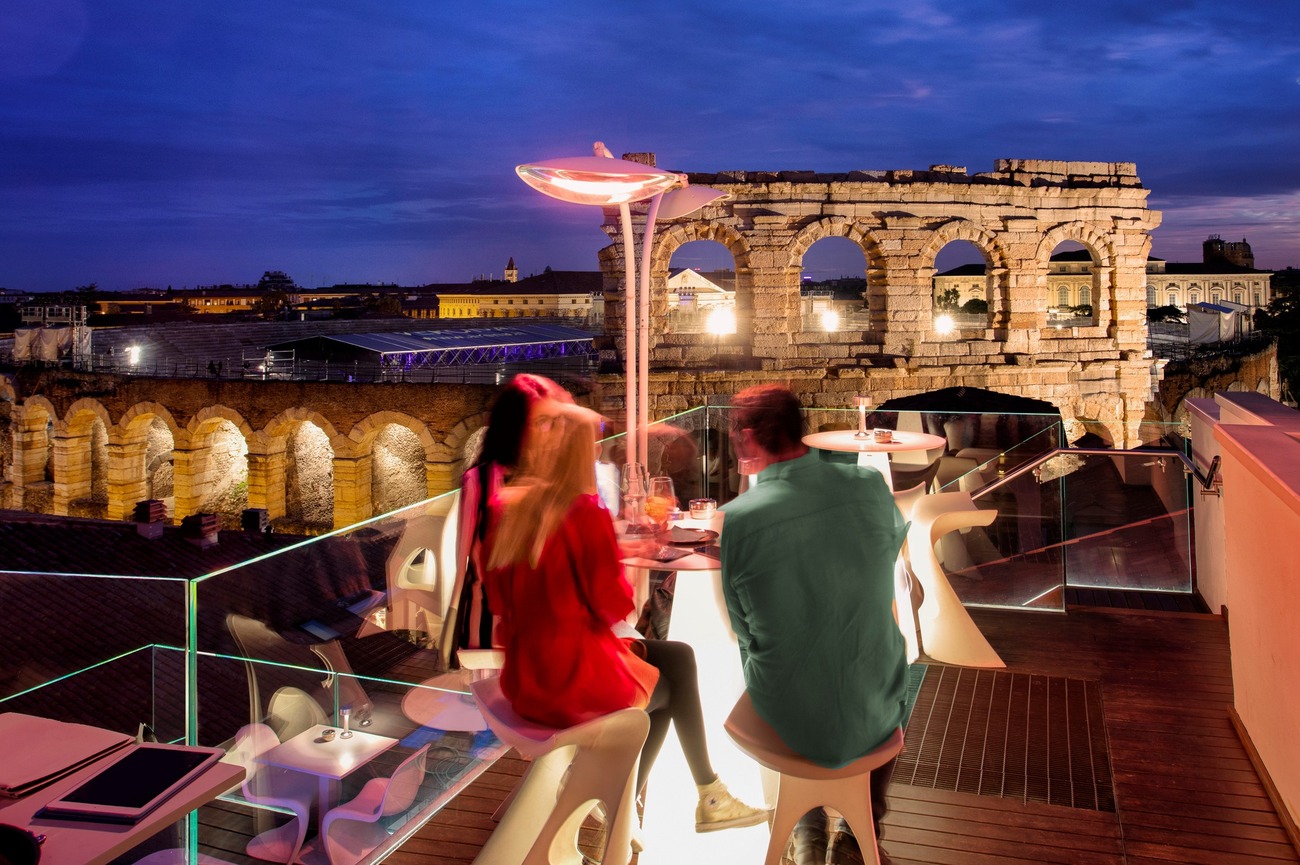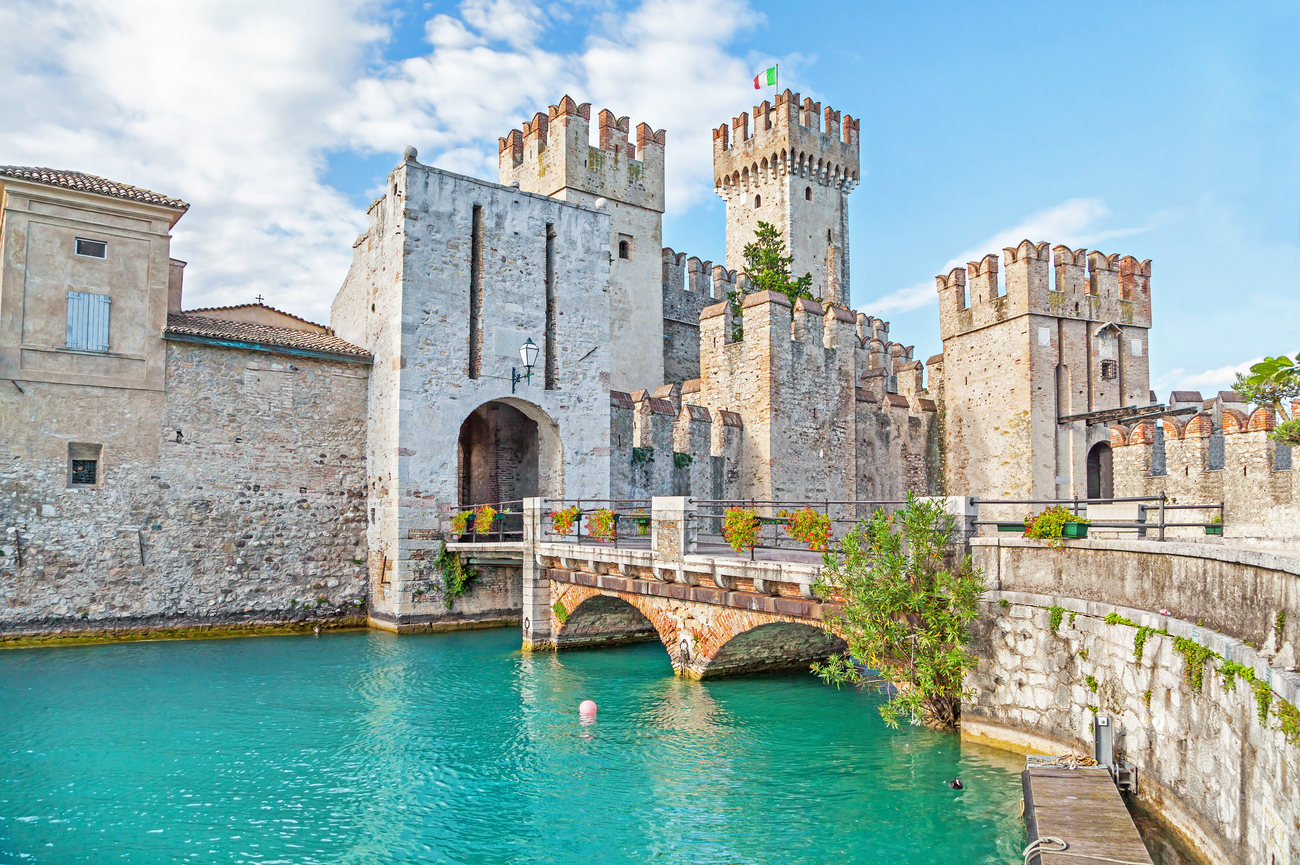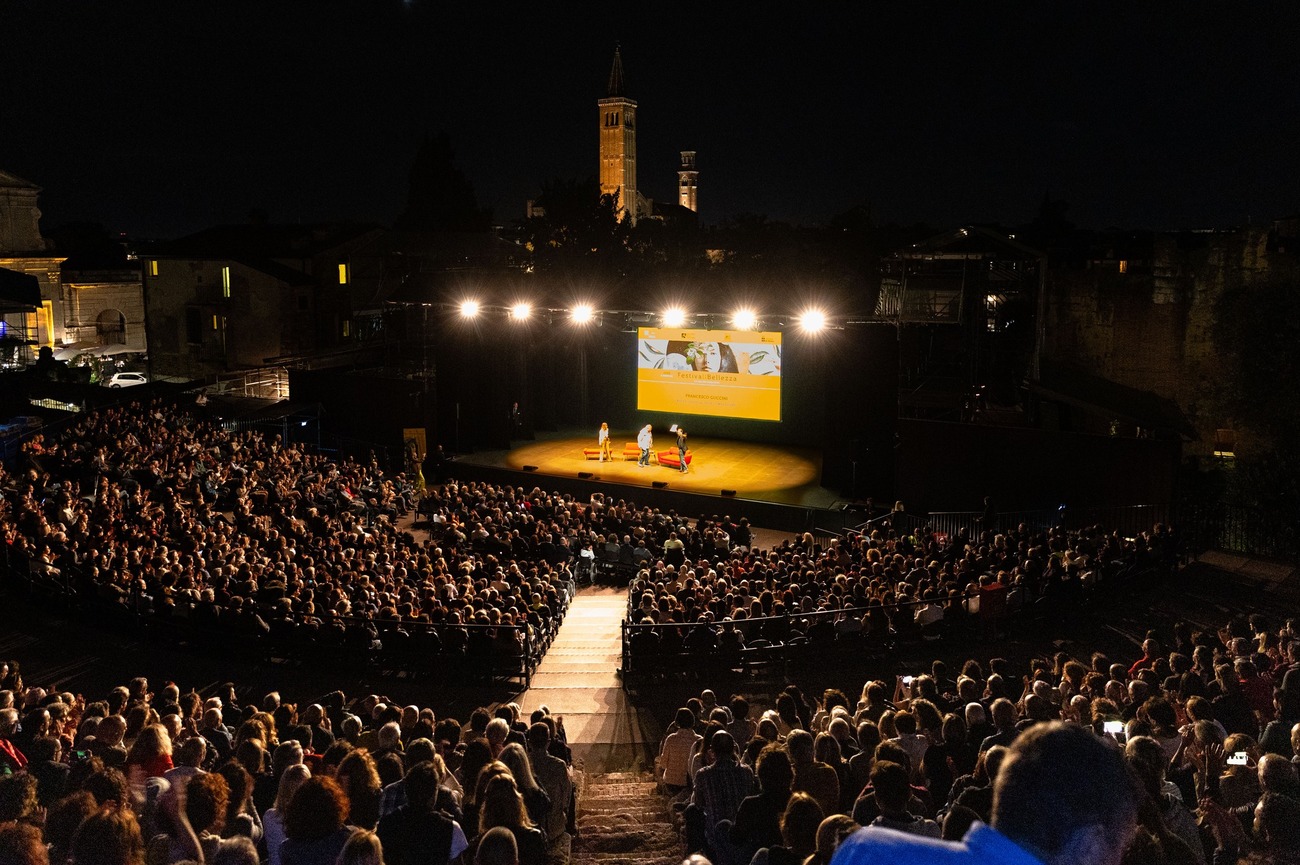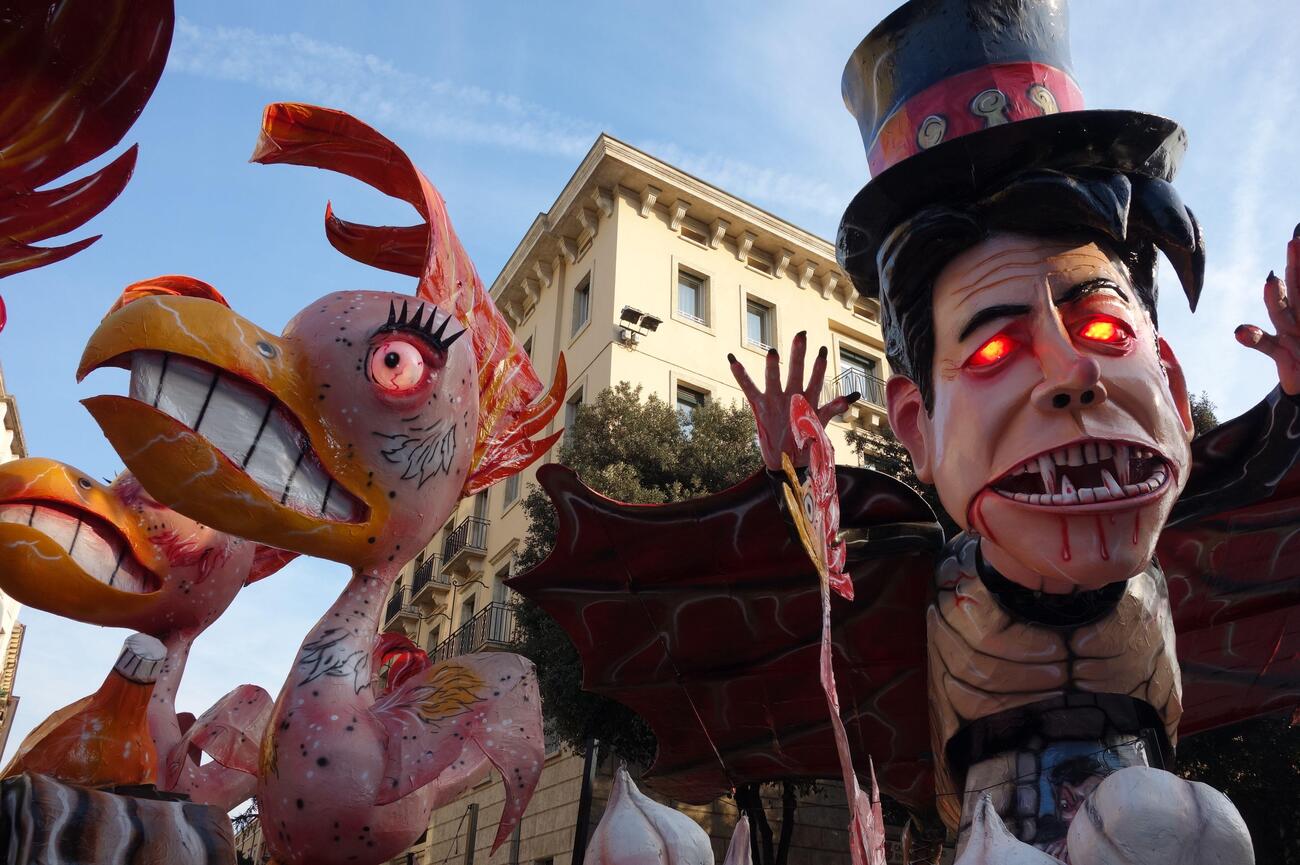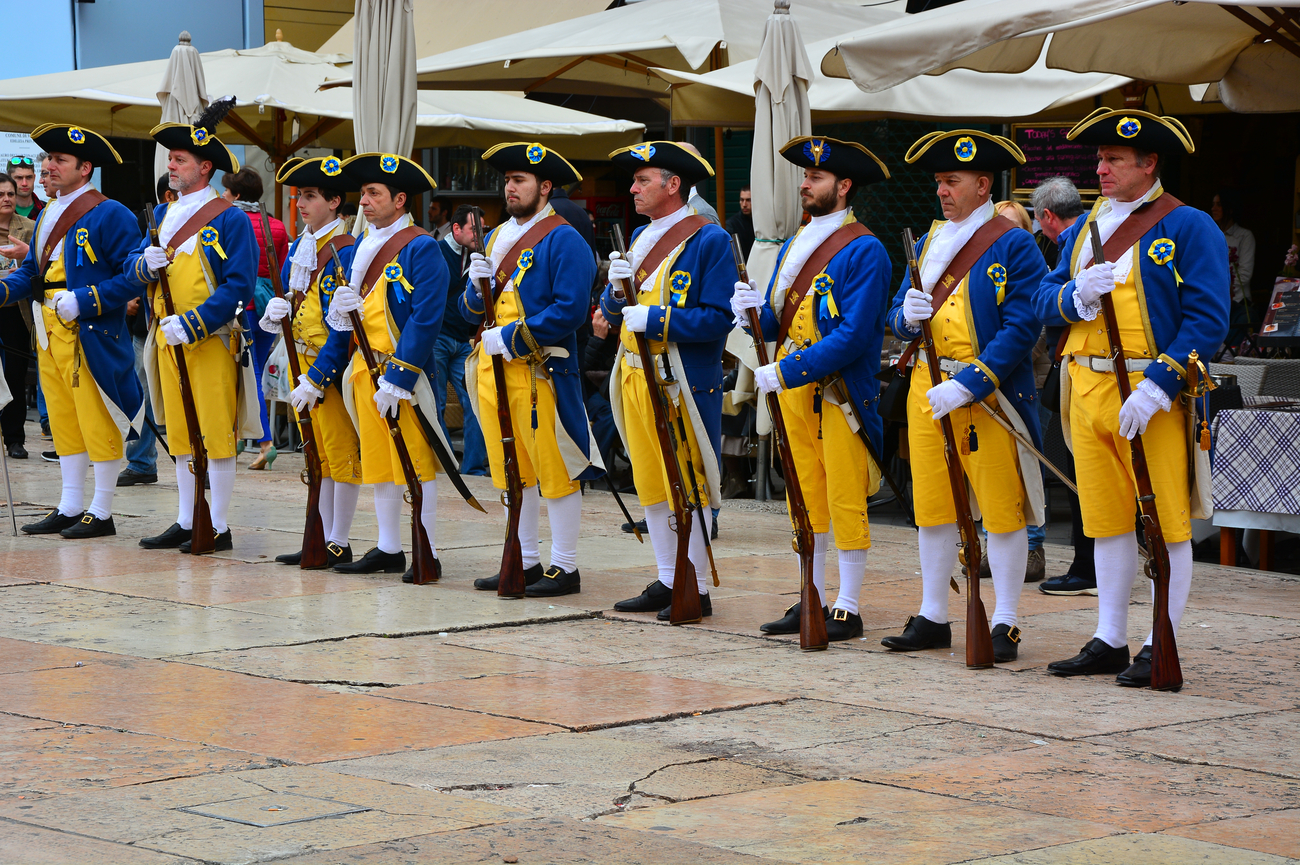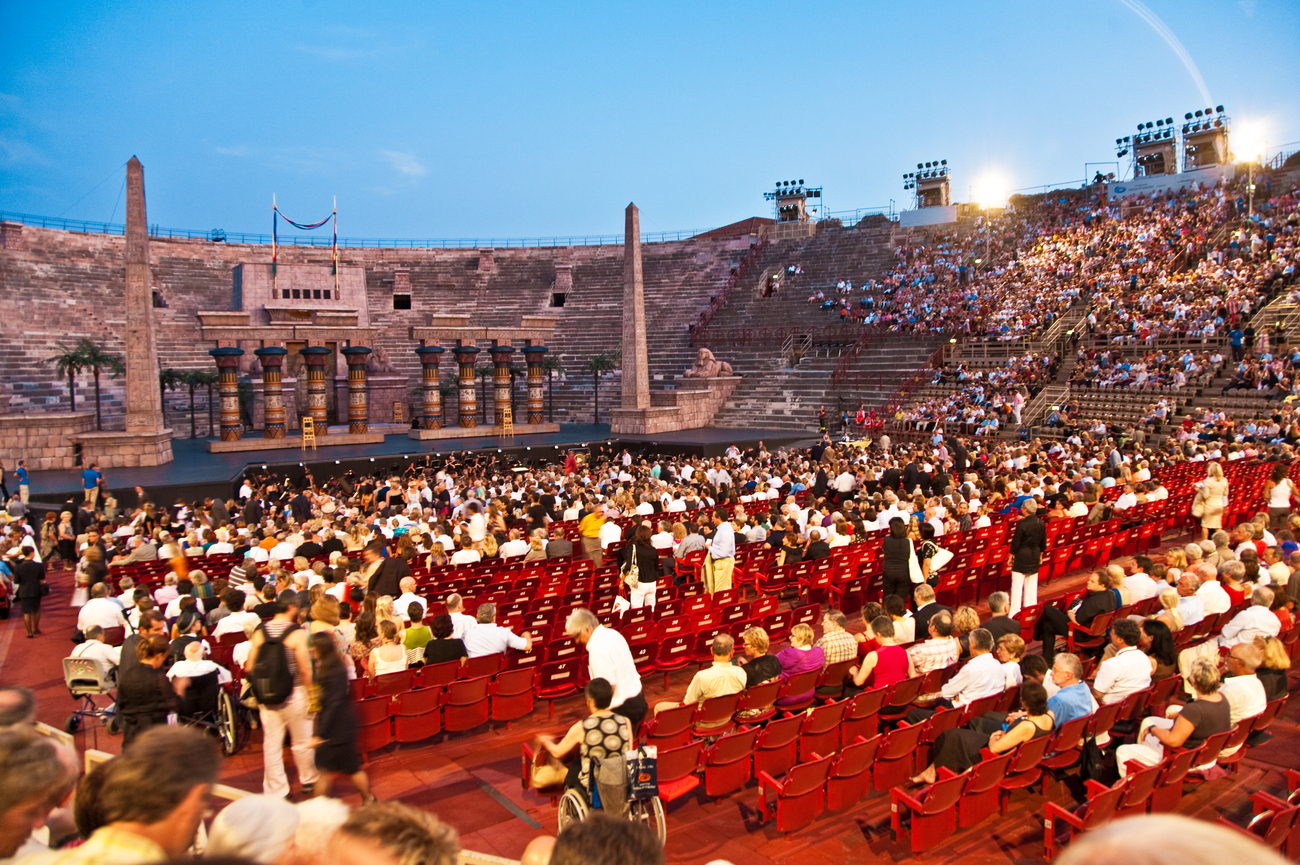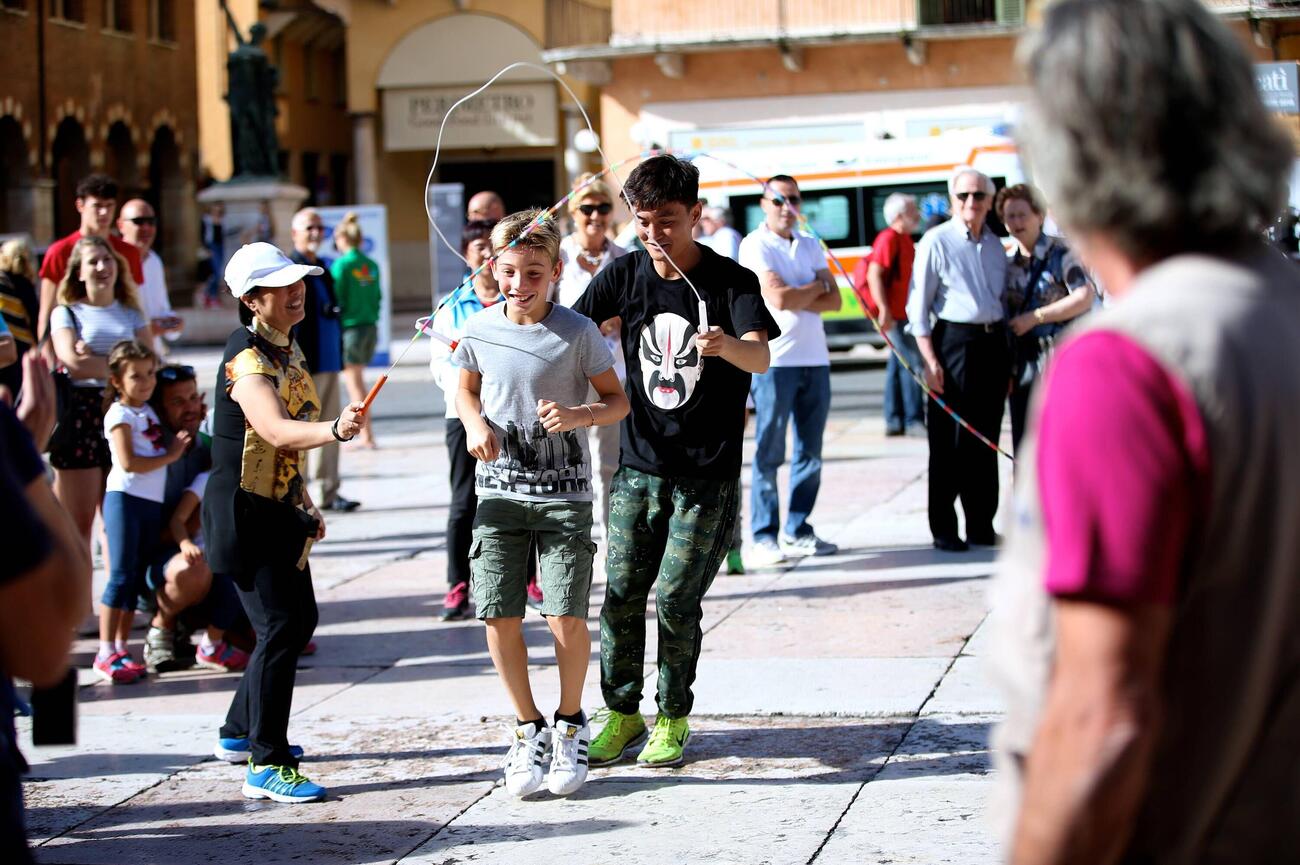Things to Do in Verona: 3-Day Itinerary
Verona isn’t just “that city with Juliet’s balcony.” Nope. It’s a full-on Italian playground where Romans built arenas big enough for Beyoncé-level concerts, medieval lords flexed with castles and winemakers perfected the art of liquid luxury. It’s classy, a little sassy, and just the right amount of extra. This is the kind of place that makes you wonder why anyone ever calls it a day trip.
What makes Verona stand out is its ability to juggle personalities. One moment you’re standing inside a 2,000-year-old arena that could still host a rock show, the next you’re wandering piazzas lined with pastel palazzi that look like they’ve been dipped in gelato flavors. The city doesn’t just give you history; it gives you attitude. And there’s just enough spice to make every stroll feel like it deserves its own soundtrack.
And let’s not forget the views. Whether it’s climbing up to Castel San Pietro for a panorama that’s pure screensaver material or strolling the Adige riverbanks as the lights flicker on across the bridges, Verona knows how to set a scene. Mix in wine that deserves its own fan club and side trips to Lake Garda or Valpolicella and you’re not just visiting. You’re practically an honorary Veronese.
And because a city this fun deserves more than a quick walk-through, we’ve lined up a 3-day high-end itinerary that gives you the very best of Verona. Yes, from ancient marvels to vineyard escapes.
Day 1

Morning: Piazza Bra
We’re kicking off in grand style at Piazza Bra, Verona’s largest and most theatrical square. Think of it as the city’s welcome mat, only much fancier. This place is lined with pastel palazzi, buzzing cafés, and anchored by the Arena di Verona. The space feels alive, equal parts stage set and social hub, where history and modern life casually mingle over spritzes.
For travelers chasing a high-end experience, Piazza Bra delivers options that go beyond a casual stroll. Private guides can peel back layers of the square’s history, leading you into hidden courtyards and sharing stories that never make the guidebooks. There are also luxury walking circuits that can pair the square with curated stops in Verona’s most iconic landmarks, all without the shuffle of large tour groups.
Starting here feels like stepping into Verona with a flourish. Piazza Bra sets the tempo for the days ahead, bold and unapologetically grand.
Verona
Arena
From Piazza Bra, your next stop couldn’t be closer. It’s practically staring you down. Walk a few steps across the square and boom, there it is: the Verona Arena, a Roman amphitheater that has been entertaining audiences since the first century. Forget crumbling ruins in the background of selfies; this arena is alive, still hosting concerts and operas that pack the house just as gladiator fights once did. Talk about staying relevant for 2,000 years.
Here’s the fun part: the Arena isn’t shy. By day, you can wander its vast arches and climb the tiers for sweeping views of the city. By night, the place transforms into one of the most dramatic performance venues in the world. If you’re traveling in style, skip the nosebleed seats. There are private tours that can secure early entry, behind-the-scenes access and even those coveted premium spots during summer opera season, where Verdi and Puccini echo beneath the stars. It’s less “when in Rome” and more “when in Verona, upgrade your experience.”
Porta
Borsari
From the Arena, it’s about a ten-minute stroll through Verona’s cobbled streets before you hit your next showstopper: Porta Borsari. At first glance, it looks like a beautifully weathered backdrop, but this Roman gate has been standing here since the first century. It has been quietly collecting 2,000 years’ worth of stories while everyone else rushed past. Two stories of white limestone, arched windows and inscriptions, this is Verona’s VIP entrance.
The name “Borsari” comes from the tax collectors who once camped out here, making sure traders paid their dues before entering the city. In other words, this was Verona’s original velvet rope, where only those willing to cough up a little coin could get in. If you’re leaning into luxury, you can book a private guided walk that not only covers the history but also unlocks tucked-away ateliers where the best pieces never make it to shop windows.
Juliet’s
House
From Porta Borsari, it’s about a ten-minute walk to Verona’s most famous address: Juliet’s House. Yes, that Juliet. The 14th-century courtyard with its Gothic windows and stone balcony has become a pilgrimage spot for lovers, dreamers and anyone who ever had to memorize Shakespeare in high school.
Whether or not the Capulets actually lived here is beside the point; the balcony has achieved celebrity status, and like any good star, it knows how to draw a crowd.
But also beyond the balcony, the house itself is worth exploring. Restored in the early 20th century, its rooms are decorated with Renaissance-era furnishings and artwork, transporting you back to Verona’s golden age. You’ll also find Juliet’s legendary bronze statue in the courtyard, her right breast polished to a gleam from countless hands seeking “luck in love.” Then there’s the quirky Juliet Club, where thousands of letters addressed to Juliet arrive every year. Yes, real people are writing to a fictional heroine for advice on romance. Volunteers actually reply to them, keeping alive one of the most charmingly human traditions in Verona.
Here’s where you can choose your level of indulgence. Most visitors snap a quick photo in the courtyard, maybe rub the bronze statue of Juliet for good luck (yes, that’s a thing). But if you’re aiming for something more elevated, private tours can secure exclusive early entry, letting you stand in the courtyard before it fills with fans. Inside, you’ll find period rooms and exhibits, including the famous balcony itself.
Afternoon:
Piazza delle Erbe
Leaving Juliet’s House, it’s just a short stroll, five minutes tops, before Verona decides to turn the volume up. You walk through narrow lanes, step out into the sunlight and suddenly you’re standing in Piazza delle Erbe.
This is the city’s oldest square and, quite frankly, its most theatrical stage. It was once the Roman Forum, where merchants haggled, senators schemed, and news traveled faster than the Tiber’s current. The square itself is a kaleidoscope: frescoed facades clinging to medieval palaces, a baroque fountain topped with Madonna Verona keeping a watchful eye and the Torre dei Lamberti stretching skyward like Verona’s own exclamation mark. Markets spill across the cobblestones with stalls selling everything from fresh produce to quirky souvenirs.
Piazza
dei Signori
From Piazza delle Erbe, take about a 2-minute walk through the Arco della Costa and you arrive at Piazza dei Signori.
This square has always held power. Medieval rulers, Venetian governors, civic councils, all of them left their mark here. The square is ringed by palazzos: the imposing Palazzo della Ragione, once the tribunal; the Palazzo del Capitano with its skyline-dominating tower; the Renaissance Loggia del Consiglio, where public decision-makers once gathered; and the Domus Nova, the old judges’ house, with its striking facade and stories beneath the surface. At the center, Dante stands in Carrara marble, paid tribute in 1865, a reminder that even exiled poets need good hosts. Verona was one of his refuges.
And here’s how to lean in: private walking tours that linger inside the palaces (where open) or access hidden corners of the buildings. There are courtyards, frescoed halls, porticos most people miss.
Scaliger
Tombs
From Piazza dei Signori, it’s barely a one-minute wander before Verona suddenly dials up the drama. The Arche Scaligere rises like stone stage props from a medieval opera. Imagine all spires, canopies and gothic flair, standing guard over the tombs of the Della Scala family, Verona’s once-all-powerful rulers.
The tombs themselves are unapologetically extravagant. Think Gothic canopies soaring skyward, equestrian statues perched like triumphant bookends and wrought-iron railings that look more like jewelry than fencing. Each monument is a story of power, ambition and a touch of vanity especially Cangrande I, whose sarcophagus sits high above the street, as if he never wanted to miss the daily gossip.
Ponte
Scaligero
Leave the narrow streets behind and head west for about ten minutes and Verona suddenly hands you a red-brick masterpiece that looks like it leapt straight out of a medieval sketchbook.
The Ponte Scaligero, built in the 14th century by Cangrande II della Scala, wasn’t some modest footpath. It was part getaway route, part status symbol. But today, it’s less about escaping enemies and more about stealing the spotlight.
Walking across, you’ll notice the crenellated walls. It is perfect for channeling your inner knight, poet, or strategist, depending on the mood. The arches soar over the Adige, offering cinematic angles of the river and skyline. And here’s the kicker: the bridge was blown up in World War II but rebuilt stone by painstaking stone, a kind of architectural mic-drop that says Verona doesn’t just bounce back, it bounces back in style.
Evening: Castelvecchio Museum
Step off the Ponte Scaligero and you’re already there. Castelvecchio, Verona’s medieval fortress turned treasure chest of art and history. Built by the Scaliger family in the 14th century, it was once their stronghold, equal parts castle, fortress and power statement. Today, thanks to architect Carlo Scarpa’s brilliant 20th-century restoration, it’s one of Italy’s most admired museums. This is a place where Gothic towers and moats meet Renaissance paintings and Romanesque sculpture. It’s the ultimate mashup of steel and silk, war and beauty.
Inside, the collection reads like a who’s-who of Italian art: works by Pisanello, Mantegna, Bellini and Carpaccio all grace the galleries. At the same time, medieval armor and weaponry remind you that this was, after all, a castle built to defend. Scarpa’s design makes the museum itself part of the experience. There are airy walkways, glass insertions, and carefully framed views of the Adige River that turn every corner into a curated moment. Even the way a statue is lit feels intentional, as if Scarpa wanted you to pause, reflect and maybe even applaud.
Teatro
Romano di Verona
To close the day, we head about 15 minutes northeast along the Adige. And there you’ll meet something even older: the Teatro Romano, Verona’s ancient open-air theater. Built in the 1st century BC, it predates the Arena and feels more intimate.
Climb the steps and you’ll find not only sweeping views of the Adige and Ponte Pietra below but also the sense that Verona is peeling back another layer for you. The Archaeological Museum tucked into the former convent above the theater adds an extra dimension. Prepare to be in awe of mosaics, statues, and fragments that once decorated the very stage you’re standing on. As the sun dips, the golden light on the stone terraces makes this less a ruin and more a living amphitheater waiting for its cue.
Here’s where your experience levels up: a 45-minute guided walking tour that doesn’t just show you stone arches and seating tiers, but tells you how the Arena morphed through the centuries, from Roman bloodsport to medieval tournaments to Renaissance showdowns. You’ll climb up to the top for sweeping views over Piazza Bra (and the perfect photo-op), all while your guide unpacks stories you won’t find on the placards.
Day 1 - Verona Tour Map
Day 2

Morning:
Basilica di San Zeno Maggiore
Start day 2 with a short trip just outside the historic center. There you’ll find Basilica di San Zeno Maggiore, one of the city’s most beloved churches and a masterpiece of Romanesque architecture. Locals know it simply as “San Zeno,” and they hold it close to the heart: it’s the resting place of Verona’s patron saint and the backdrop to one of Italy’s favorite legends.
The facade alone is worth the stop, one of the city’s most beloved churches and a masterpiece of Romanesque architecture. Locals know it simply as “San Zeno” and they hold it close to the heart: it’s the resting place of Verona’s patron saint and the backdrop to one of Italy’s favorite legends.
The crypt below carries a special footnote for romantics. This is where Shakespeare’s star-crossed lovers were (supposedly) married. Verona loves to blur the line between history and legend and San Zeno wears that role proudly.
Porta
Palio
From the Basilica di San Zeno, it’s about a 10-minute stroll west to reach one of Verona’s most underrated gems: Porta Palio. This showstopper is a muscular, marble-clad triumphal arch designed by none other than Michele Sanmicheli, the 16th-century architect who turned fortifications into fine art.
Unlike other city gates, Porta Palio is a six-arched powerhouse, blending classical grandeur with military precision. Its name comes from the annual horse race, the palio, which once thundered through here. This serves as a reminder that Verona always knew how to put on a spectacle. The symmetry is striking, and if you stand back far enough, the gate looks less like a defensive structure and more like an open-air palace facade.
Now, here’s where luxury comes into play. Private guided walks often highlight Porta Palio as part of a Sanmicheli architectural trail, connecting his various works across the city. Some bespoke tours even arrange for behind-the-scenes access or expert-led deep dives into the gate’s engineering.
Giardini
Guisti
Cross over to Verona’s eastern side, and within about 20 minutes from Porta Palio (or far less if you’re being whisked across town by car), you’ll find the Giardini Giusti.
This green jewel box dates back to the 16th century. The gardens have been serenading visitors for centuries, including Mozart and Goethe, who both wandered here and probably left feeling a little more poetic than when they arrived.
The gardens are a masterclass in symmetry: manicured hedges, cypress-lined paths, marble statues peeking out from leafy corners and terraces that keep unveiling one breathtaking city view after another. The lower level charms with fountains and mythological sculptures, while the climb upward rewards you with panoramas over Verona’s terracotta rooftops. And the cypress trees, famously tall and slender, are practically the garden’s signature, standing like nature’s own colonnade.
Afternoon: Basilica di Santa Anastasia
From the Giardini Giusti, it’s about a 10-minute walk across the Adige via Ponte Nuovo, and you’ll arrive at Basilica di Santa Anastasia, Verona’s largest church and a Gothic masterpiece that knows how to make an entrance.
Built by the Dominicans between the 13th and 15th centuries, Santa Anastasia is a study in detail. The interior is lined with chapels bursting with Renaissance art, but the showstoppers are Pisanello’s fresco Saint George and the Princess, a delicate blend of chivalry and color, and the two whimsical holy water stoups supported by hunchbacked figures, the gobbi, who look like they’ve been carrying their load for centuries with quiet humor. The rose-colored columns, striped floors and endless ribbed vaults give the whole space a rhythm that feels closer to music than architecture.
Cattedrale
di Santa Maria Matricolare
A short stroll north from Santa Anastasia brings you to Verona’s spiritual anchor: the Cattedrale di Santa Maria Matricolare, or simply Verona Cathedral. At first glance, its Romanesque façade may seem more restrained than the soaring Gothic of Santa Anastasia, but don’t be fooled, this is Verona’s religious centerpiece.
Step inside and the cathedral reveals its layered personality. Tall Gothic arches vault overhead, while golden light spills across chapels rich with Renaissance decoration. The star of the collection is Titian’s Assumption of the Virgin, glowing with color and movement in the altar space. This is a painting that anchors the cathedral’s identity as much as its stone walls do. The marble floors, striped columns and finely carved choir stalls all echo Verona’s love of rhythm and texture.
The cathedral isn’t just one building; it’s part of a complex that includes the Baptistery of San Giovanni in Fonte. This is famous for its octagonal baptismal font carved from a single block of marble, and the Church of Sant’Elena, which shelters fragments of Verona’s earliest Christian basilicas. Together, they tell the city’s long story of faith, art and architecture.
Piazzale
Castel San Pietro
From the Cathedral, cross the Ponte Pietra, Verona’s oldest bridge, rebuilt stone by stone after WWII, and begin the climb (or take the funicular, if you prefer elegance over exertion) to Piazzale Castel San Pietro.
Though the fortress itself isn’t open to the public, the piazzale has become the spot for catching Verona in a single sweeping glance. The late afternoon is especially magical. The golden hour turns the river into liquid bronze and the city into a stage set worthy of Shakespeare’s Verona. Stay a little longer and you’ll watch the skyline slowly light up, with bell towers glowing like candles in the dusk.
Luxury travelers can heighten the experience with private sunset aperitivos set up on the terrace, complete with Amarone wine and local delicacies. Some curated tours also pair the funicular ride with live music at the top.
Evening:
Teatro Filarmonico
After soaking in Verona from above at Castel San Pietro, swing back into the heart of the city for an evening at the Teatro Filarmonico.
The Filarmonico has a long, dramatic history. It was originally built in the 18th century by the Accademia Filarmonica (one of the oldest musical societies in the world). This was destroyed during WWII bombings and then meticulously rebuilt. Today, it hosts a rich program of operas, symphonies and ballet. Inside, everything feels plush and refined, red velvet drapes, gilded details and acoustics so clear you’ll feel every note as if it’s been written just for you.
Adige
River Promenade
After a day packed with Verona’s masterpieces, slow things down with an evening stroll along the Adige River Promenade.
The promenade winds past cypress trees, an elegant facade and some of Verona’s most photogenic bridges, from the graceful Ponte Pietra to the mighty Castelvecchio Bridge. You’ll hear the soft rush of water, the faint hum of conversations spilling from riverside cafes and the occasional church bell punctuating the night air. It’s serene, unhurried and worlds away from the daytime bustle of the piazzas.
Luxury touches here come in the form of private evening river walks with a local guide, complete with wine tastings tucked into hidden enotecas along the way or even a private boat ride on the Adige, where the city’s lights shimmer on the water while you sip Amarone. Some curated tours also include a photographer who captures the golden glow of your walk so you can leave with more than just memories. Ending Day 2 here is Verona’s way of saying “goodnight” softly, gracefully, and with just the right amount of sparkle.
Day 2 - Verona Tour Map
Day 3

Morning:
Porta Leoni
Day 3 kicks off with Verona’s lesser-known showstopper, Porta Leoni. This is a Roman gateway that’s been holding the fort since the 1st century BC. It sits there casually on a busy street corner, half a facade, half an excavation site, yet all attitude. This was once a grand double-arched entrance guarded by towers; today, it’s like Verona winking at you, saying, “See? I was a big deal long before Shakespeare moved in.”
What makes Porta Leoni so intriguing is its rawness. You’re not looking at a polished monument wrapped in velvet ropes; you’re staring at ancient stone walls that still peek out beneath modern streets, layered with centuries of history like Verona’s own geological cocktail.
Museo Lapidario Maffeiano
From Porta Leoni, it’s just a short walk to one of Verona’s most underrated gems: the Museo Lapidario Maffeiano. This museum opened in 1738 and it has bragging rights as one of Europe’s very first public museums.
The museum is all about stone, but not the boring kind. We’re talking ancient Roman, Etruscan, and Greek inscriptions, carved steles, sarcophagi and fragments that piece together how people lived, mourned, and celebrated thousands of years ago. It’s not just a collection. It’s basically Verona’s stone-carved social media feed, frozen in time. Inside, you’ll find hundreds of inscriptions displayed in airy arcades and cloisters, arranged with Enlightenment-era precision. It’s a bit like stepping into an 18th-century brain: orderly, curious and ambitious. Some pieces even carry personal dedications that feel surprisingly human, reminding you that long before hashtags, people were still carving their names into history.
And for those leaning into luxury, consider a private guided tour with an art historian. These often highlight not just the museum’s collection but also its Enlightenment roots. Some bespoke tours can even weave this stop into a wider “intellectual Verona” theme, including private access to archives or conversations with modern curators.
Afternoon:
Arco dei Gavi
From the Lapidario, it’s about a 10-minute walk toward Castelvecchio before you bump into Verona’s stone celebrity: the Arco dei Gavi. It was built in the 1st century AD by the wealthy Gavia family.
The arch itself is a masterclass in Roman design: Corinthian columns, crisp proportions, even a carved Medusa to ward off bad vibes. It’s the kind of structure that Renaissance architects later studied obsessively; Palladio himself took notes from it. Over the centuries, it had quite the identity crisis: walled into the city fortifications, stripped, dismantled by Napoleon’s crew in 1805, and finally pieced back together in the 1930s like the world’s fanciest jigsaw puzzle.
Palazzo
della Ragione
Leaving the Arco dei Gavi behind, it’s about a 12-minute stroll through Verona’s historic core before you land in front of the Palazzo della Ragione.
This building has been the city’s brain and backbone since the Middle Ages. Think of it as City Hall meets a Renaissance co-working space, but with a lot more frescoes and a lot less Wi-Fi. Built in the 12th century and repeatedly reimagined over time, the Palazzo della Ragione carries layers of Verona’s story in its brickwork. Its grand staircase, the Scala della Ragione, looks like something out of a Shakespearean set piece. Inside, the Sala delle Capriate steals the show with its soaring wooden trusses, a medieval engineering feat that somehow feels both rustic and majestic. Today, it doubles as a space for exhibitions, proving that history can host modernity without losing its edge.
Now, if you’re not one to settle for the standard tourist shuffle, here’s the luxury spin: private guided access can take you beyond the surface, weaving in tales of civic intrigue, medieval law and artistic patronage. Some curated tours link the Palazzo with nearby gems like Piazza delle Erbe and the Torre dei Lamberti, giving you a VIP crash course in Verona’s civic and cultural heartbeat.
Torre dei
Lamberti
From Palazzo della Ragione, it's only a minute’s walk to the Torre dei Lamberti. This is a medieval tower that dominates Piazza delle Erbe and pretty much asks you to look up. At 84 meters tall, it’s Verona’s tallest historic tower, a sentinel that’s watched over the city since the 12th century.
Construction began around 1172, and the tower’s had its share of storms, literally. A lightning strike in 1403 destroyed the original top and restoration from 1448-1464 brought it back up, adding the octagonal belfry and making it taller. The mix of tuff, brick, and later marble shows off the layers of history: every era left its mark. You can reach the summit either by climbing 368 steps or by using the elevator. Once you’re up there, you get a 360-degree panorama: red-tile rooftops, the twisting alleys of Verona’s old town, Piazza delle Erbe and Piazza dei Signori laid out beneath you and the Adige River curving through. On clear days, even the Monti Lessini are visible in the distance.
Evening:
Ponte Pietra
From the heights of Torre dei Lamberti, it’s a gentle 10-minute stroll through Verona’s winding streets to reach your grand finale: Ponte Pietra. And really, could there be a more poetic exit than on a bridge that has seen the city through over two millennia of triumphs, tragedies and rebirths?
By evening, the bridge transforms. The Adige flows beneath like liquid bronze, the hills of Castel San Pietro rise in the distance and Verona’s skyline glows with the kind of light cinematographers spend careers trying to replicate. Stand still for a moment, and you’ll hear the city exhale quieter, slower, softer. This is Verona saying goodbye, but in that Italian way where even farewells come with beauty. Ending your trip here feels right.
Day 3 - Verona Tour Map
Other
Things to Do in Verona
So you’ve strolled the arenas, kissed the balcony walls, and toasted by the Adige. But Verona? Oh, she’s not done with you yet. Let’s talk about the places that take you off the “checklist path” and into the kind of experiences that make you feel like Verona rolled out a velvet carpet just for you.
- Biblioteca Capitolare: Welcome to Europe’s oldest library, a place where the scent of parchment and ink has lingered since the 5th century. Think of it as a backstage pass to Western civilization’s greatest hits, with a guide who can actually read the Latin margins.
- Santuario Madonna di Lourdes: Perched on the hills above Verona, the Santuario Madonna di Lourdes delivers a view that could rival any rooftop bar. Built after World War II as a sanctuary of gratitude and devotion, it’s less crowded than Castel San Pietro, giving you panoramic city views without the jostling selfie sticks. The sanctuary itself, with its soft light and airy interiors, is a quiet retreat from Verona’s buzz.
- Chiesa di San Fermo Maggiore: If Verona’s churches were novels, San Fermo Maggiore would be a two-volume masterpiece. Downstairs? A Romanesque crypt that feels like stepping into the 11th century. Upstairs? A Gothic wonder with frescoes that burst with color and storytelling. It’s a rare architectural double feature, the kind of “stacked” brilliance only Italians could pull off.
- Palazzo Maffei Casa Museo: Across from Piazza delle Erbe, Palazzo Maffei Casa Museo is Verona’s cultural cocktail, shaken and stirred across centuries. Step inside this baroque palace and you’ll wander through halls where Roman statues, Renaissance masters and 20th-century icons like Picasso and de Chirico casually hang out together.
- Arena Skybox Experience: The Arena Skybox Experience offers a private and exclusive way to enjoy the world-famous Verona Opera Festival. By day, the Arena di Verona is a remarkable historic landmark, and by night it becomes one of the most spectacular open-air opera stages in the world. From your reserved skybox, you can watch the performance with premium views, comfort, and dedicated service.
Day Trips
from Verona
So, here’s the scoop: Verona isn’t just Shakespeare’s playground or a Roman amphitheater with world-class acoustics. It’s also ridiculously well-located. Venice? About an hour away. Lake Garda? Less than 30 minutes. Valpolicella wine country? Practically next door. In other words, Verona is that friend who not only hosts the party but also knows where the after-party is. So buckle up. Here’s where Verona lets you play hooky in style:
- Lake Garda: Just 30 minutes from Verona, Lake Garda is Italy’s largest lake and a sparkling escape for romance, adventure and indulgence. Sirmione, perched on its peninsula, boasts the medieval Scaliger Castle, where the tower climbs reward you with panoramic lake views. For a luxe touch, go book a private boat tour to glide past hidden coves and lakeside villas, prosecco in hand, with the Alps painting the backdrop.
- Valpolicella Wine Region: A 20–30-minute drive from Verona brings you to rolling vineyards and historic estates where Amarone, Recioto and Ripasso wines are crafted. Explore Renaissance villas, stroll manicured gardens and taste wines straight from the cellar. Luxury travelers can enjoy private tastings paired with truffles or artisanal cheeses, guided by sommeliers who share the stories behind the vintages.
- Venice: About an hour by train, Venice delivers cinematic charm, canals and a dash of chaos, the kind you actually want. Explore St. Mark’s Basilica and Doge’s Palace with a private guide, gliding past the crowds to discover hidden corners and rich history. Or you can also cruise the Grand Canal in a private gondola or water taxi.
- Mantua: About 45 minutes from Verona by car, Mantua (Italian: Mantova) is a Renaissance jewel steeped in art and aristocratic elegance. Explore Palazzo Ducale with Mantegna’s famous Camera degli Sposi or visit Palazzo Te with its playful ceilings.
- Soave: A short 30-minute drive from Verona, Soave is a medieval hilltop town with cobbled streets, pastel facades and wine culture at its core. Climb Soave Castle for sweeping vineyard views, wander artisan shops and sip Soave Classico in family-run wineries. High-end travelers can enjoy private tastings paired with local charcuterie.
- Dolomites: The Dolomites are roughly 2 hours from Verona by car, offering dramatic Alpine scenery perfect for adventurers and luxury seekers alike. Jagged peaks, turquoise lakes and winding scenic routes are ideal for hiking, photography or simply breathing in clean mountain air.
- Vicenza: Just 40 minutes from Verona, Vicenza is Palladio’s playground, where architecture steals the spotlight. Visit the Teatro Olimpico, Europe’s first indoor theater and the stately Villa Rotonda, along with other UNESCO-listed Palladian villas. Wander Piazza dei Signori and the Basilica Palladiana, then indulge in a private villa lunch, complete with fine wine and a guide sharing insights on Palladio’s revolutionary designs. This is history and luxury served in perfect harmony.
Things to
Do with Kids in Verona
Verona isn’t just for star-crossed lovers or wine connoisseurs. This city knows how to keep tiny humans entertained, too. From hands-on museums to green playgrounds and quirky historical corners, Verona is basically a giant playground wrapped in cobblestones and history.
- A.LI.VE. Accademia Lirica Verona: Opera may sound fancy, but at A.LI.VE., kids get a playful peek into the world of singing and stagecraft. workshops and interactive performances let them try their own voices and movements, turning the grandeur of Italian opera into a hands-on, unforgettable experience.
- Museo di Storia Naturale di Verona: Dinosaurs, fossils, minerals and exotic animals spark curiosity in every little explorer. Interactive exhibits invite kids to touch, discover and learn while parents enjoy the educational beauty of the displays. The hands-on approach makes science, history and nature feel like a grand adventure.
- Juliet’s House Courtyard: Even though it’s famous for romance, kids love climbing the tiny balcony, wandering the courtyard and spotting heart-shaped graffiti. It’s playful, slightly magical and gives them a sense of connection to Verona’s literary history without the dramatic heartbreak.
- Parco Sandro Pertini: This leafy park is a green oasis in the city, perfect for running, climbing or playing on slides. While children burn off energy on playgrounds, parents can relax on shaded benches, take in the scenery or enjoy a leisurely stroll along paths lined with trees. It’s the ideal mix of exercise and downtime.
- Museo Africano di Verona: A colorful and offbeat option, this museum fascinates kids with masks, costumes and artifacts from across Africa. The vivid displays and interactive elements turn cultural education into a game of discovery, keeping little minds engaged while adults appreciate the artistry and history.
Golf
Courses in Verona
Verona has opera, romance and Roman amphitheaters, but it also knows how to deliver a cracking good round of golf. Verona is one of those places where you can spend the morning teeing off surrounded by cypress-lined hills and the afternoon sipping Amarone at a villa. Here are golf courses where fairways meet la dolce vita.
- Golf Club Verona: Just 20 minutes from the city, this 18-hole championship course in Sommacampagna is the grande dame of Verona golf. Rolling fairways thread through vineyards and oak groves, with the Garda hills as your backdrop. The clubhouse has an old-world charm where you can linger over a fine Amarone after your round. If you’re after a mix of history, elegance and technical play, this is your tee time.
- Villafranca di Verona: A rustic gem about 25 minutes southwest of Verona, this 18-hole course feels like golfing inside a painting. The fairways weave through vineyards (hence the name “Le Vigne”), orchards, and gentle hills. It’s friendly for beginners but still gives seasoned golfers enough challenges to keep it interesting. Think of it as Verona’s countryside course, where the green blends with the grape.
- Golf Club Villa Giusti: Perched in the Custoza hills, roughly 30 minutes from Verona, this 18-hole course offers rolling terrain, sweeping views and a touch of aristocratic flair. It’s built around an old villa. The layout rewards strategy more than brute force, making it a favorite among thoughtful players. And let’s be honest: finishing a round here feels less like a sport and more like living in an Italian postcard.
Racecourses
in Verona
Let’s clear this up from the start: Verona doesn’t have a traditional horse racing track where you can bet on the ponies or watch thoroughbreds thunder down a straightaway. That’s just not its scene. What Verona does have, though, is a strong equestrian culture. Think less finish lines and more horse-powered pageantry.
- Fieracavalli Verona: Held every November, this is Italy’s premier equestrian event. It’s a four-day extravaganza with everything from international show jumping competitions to Western riding showcases to breed exhibitions. Over 3,000 horses take part, making it both a sporting spectacle and a cultural deep-dive into Italy’s horse traditions.
- Longines FEI World Cup: This is the headline event of Fieracavalli, drawing the best riders and horses in the world to compete in Verona. It’s an elite stop on the international indoor jumping circuit, where elegance meets adrenaline.
Michelin-starred
Restaurants in Verona
Verona is a playground for the palate, where Michelin-starred chefs turn food into art. Whether you’re a foodie on a quest or simply love the thrill of tasting excellence, these restaurants will make your stay unforgettable.
- Casa Perbellini 12 Apostoli: Casa Perbellini has officially joined the culinary elite with three Michelin stars, a testament to Chef Giancarlo Perbellini’s masterful creativity. Located in the heart of Verona, the restaurant blends heritage with modern artistry. Choose between tasting menus like Io e Silva, a nod to his wife with dishes such as cooked and raw shellfish kissed by soya and peppers; Io e Giorgio, honoring his mentor with classic Italian flavors; or L’Essenza, a vegetarian journey celebrating the season’s best produce.
- Iris Ristorante: Set inside the elegant Palazzo Soave, Iris Ristorante offers a sophisticated journey into Italian gastronomy. Chef Andrea D’Ambrosio’s seasonal menus balance tradition and innovation, with locally sourced ingredients creating dishes that dance on the palate. The restaurant’s wine cellar complements the menu perfectly, promising an evening that’s as refined as it is flavorful.
- Il Desco: A staple of Verona since 1981, Il Desco delivers a masterclass in regional cuisine elevated with contemporary touches. This Michelin-starred restaurant is under Chef Matteo Rizzo. Yes, you can expect risottos that celebrate seasonal vegetables, expertly prepared meats and a commitment to impeccable technique that transforms each dish into an experience.
- Amista: Nestled within the Byblos Art Hotel Villa Amista, this restaurant pairs culinary elegance with serene, art-filled surroundings. Chef Andrea Aprea’s menu emphasizes seasonal produce and regional flavors, crafting visually stunning and delectable creations that are perfect for slow, indulgent dining.
- Famiglia Rana: Known for its innovative approach to traditional Italian cuisine, Famiglia Rana offers a menu that celebrates the rich culinary heritage of the Veneto region. This one-Michelin-star restaurant's commitment to quality ingredients and meticulous preparation results in dishes that are both comforting and refined. Signature offerings include handmade pasta and locally sourced meats.
- Oseleta: Located within the luxurious Villa Cordevigo Wine Relais, Oseleta is a Michelin-star restaurant that offers a dining experience that harmonizes with its vineyard surroundings. Chef Antonello Colonna crafts a menu that highlights the flavors of the Veneto region, with an emphasis on fresh, local ingredients. The restaurant's wine list features selections from the estate's own vineyard, perfectly pairing with each dish.
- Damini Macelleria & Affini: Damini Macelleria & Affini is a one-Michelin-star haven for carnivores. Part butcher shop, part restaurant, this spot puts meat front and center. Each cut is expertly prepared, showcasing the natural flavors in a way that feels simple yet luxurious. This is the ultimate indulgence for those who take their steaks seriously.
- Casin del Gamba: Casin del Gamba holds one Michelin star and is tucked in Altissimo, celebrating local Veneto ingredients with precision and elegance. Chef Paolo Gamba’s menu delivers classic flavors reimagined with contemporary finesse, making each dish a story of place, season, and culinary passion.
Where to
Eat in Verona
Not every unforgettable meal needs a constellation of stars; some just need passion, heritage and a knack for good flavor. Verona is packed with eateries that take you from grilled Italian classics to Peruvian spices and Indian curries that sing. Here’s a handpicked lineup of restaurants that make Verona’s food scene as vibrant as its piazzas.
- La Griglia: If you love your steak with a side of tradition, La Griglia is the spot. This Veronese institution is known for its perfectly charred meats, hand-cut pastas and a wine list that leans proudly local. Think of it as a celebration of Veneto’s robust flavors.
- Inka: Peru meets Verona at Inka, a restaurant where bold flavors and bright colors take over the plate. Expect ceviche that packs a zesty punch, meats kissed by smoky Peruvian spices and cocktails (yes, pisco sour included) that keep the fiesta going. It’s proof that you don’t need to board a plane to take your taste buds on an adventure.
- Signorvino Verona: Wine lovers, rejoice. Signorvino isn’t just a restaurant, it’s a love letter to Italian vineyards. With shelves lined with bottles from across the country, this casual-yet-chic eatery lets you sip and savor wines paired with everything from gourmet cold cuts to hearty pasta dishes. Consider it your gateway to Italy’s vineyards, without leaving Verona’s city center.
- Ristorante Maffei: Dining at Ristorante Maffei is like stepping into history with a fork in hand. Set within a palace in Piazza delle Erbe, the restaurant blends Roman ruins (literally, they’re part of the setting) with modern Italian elegance. On the menu: refined takes on regional classics, seafood specialties and desserts that will ruin you for all others. This is the kind of place where Verona’s past and present meet in the most delicious way.
- Maharajah: When the craving for spice calls, Maharajah answers. This Indian restaurant is beloved for its authentic curries, buttery naan and aromatic rice dishes that transport you straight to Delhi. Whether you’re after a fiery vindaloo or a creamy tikka masala, Maharajah proves that Verona’s dining scene is as international as its visitors.
- Ristorante Mara Nostro: Seafood gets the star treatment at Ristorante Mara Nostro. Expect ultra-fresh catches, often prepared in simple yet elegant ways that highlight their natural flavors. From delicate crudo platters to rich risottos from the Adriatic coast, this restaurant is a nod to Italy’s seafaring traditions, brought right into the heart of Verona.
Where to
Drink in Verona
By day, Verona is all Shakespeare, piazzas, and Roman ruins. But when the sun dips and the streets glow under lamplight, the city flips the switch from romantic to electric. This isn’t just a place for opera and wine, Verona’s nightlife is a cocktail of craft drinks, hidden gems and late-night haunts that know how to keep the party alive.
- The Soda Jerk: Retro meets rebellion at The Soda Jerk, a cocktail bar with speakeasy vibes and bartenders who treat mixology like performance art. Expect concoctions that surprise you. Smoky, spicy or sparkling, in a setting that feels both intimate and buzzing. It’s the kind of spot where you order “just one” and somehow leave at midnight still smiling.
- Archivio: Archivio is the cool kid of Verona’s bar scene. Tucked away on a narrow street, this bar is tiny, stylish and utterly magnetic. With a rotating menu of inventive cocktails and a crowd of locals in the know, it’s less of a bar and more of a creative lab for people who want their drinks with a twist of flair. If mixology were an Olympic sport, Archivio would already have the gold.
- The Traveler: Part bar, part time machine, The Traveler takes you around the world without leaving your barstool. The drinks are inspired by international flavors, the atmosphere is warm and welcoming, and the vibe is more “global adventure” than neighborhood pub. Whether you want a classic Negroni or something with a twist from abroad, this is the spot to toast to your journey.
Cafes in
Verona
Here, coffee is less of a drink and more of a ritual: quick shots at the counter, long afternoons with cappuccinos and pastries that could convince anyone that happiness comes dusted in sugar. Whether you’re after that Instagrammable latte, a centuries-old café dripping with charm or just a cozy nook to people-watch, Verona’s coffee scene has a table waiting for you.
- Caffè Borsari: The OG of Verona’s coffee scene, Caffé Borsari feels like stepping into a postcard. Small, historic and dripping with old-world elegance, this café serves some of the best espresso in town. Order your coffee standing at the bar like the locals do.
- Elk Bakery: Trendy, modern and oh-so-Instagrammable, Elk Bakery is Verona’s answer to the brunch craze. Think avocado toast, colorful smoothie bowls and lattes that look as good as they taste. It’s less “grab a quick espresso” and more “let’s spend two hours pretending we live here.”
- Caffè e Parole: A cafe with a literary soul. The name literally means “Coffee and Words.” This cozy spot is where books meet brews, making it perfect for slow mornings or afternoons spent scribbling in a journal.
- Pasticceria Flego: Sweet tooth alert: Pasticceria Flego is a pastry paradise disguised as a cafe. Here, your coffee is just the opening act. The real stars are the cakes, tarts and delicate confections that look like they belong in an art gallery. If there’s ever a time to “accidentally” order dessert before noon, this is it.
Where to
Stay in Verona
- Hotel Due Torri (5 stars): If Verona had a crown, Due Torri would be one of its brightest jewels. This historic hotel is housed in a 14th-century palace just steps away from Juliet’s Balcony. The rooms ooze Venetian elegance, with frescoed ceilings and antique furnishings that make you feel like Renaissance nobility. The rooftop terrace? A front-row seat to Verona’s skyline.
- Hotel NH Collection Palazzo Verona (5 stars): Modern luxury with a Roman soul. Built on top of ancient Roman ruins, Palazzo Verona blends contemporary design with centuries of history. Expect sleek rooms, excellent service and a fine-dining restaurant that celebrates local flavors. Staying here is like time-travel.
- Hotel Accademia (4 stars): Location, location, location. Nestled right in the heart of Verona’s historic center, Hotel Accademia is a stylish base camp for explorers. The interiors strike a balance between classic and chic, while breakfast comes with locally baked pastries that could win awards. It’s the kind of place where sightseeing starts the moment you step out the door.
- Hotel Indigo Verona - Grand Hotel Des Arts, an IHG Hotel (4 stars): Art lovers, rejoice. This boutique gem combines 20th-century charm with a modern boutique twist. Its walls are lined with original artworks, making it feel like a mini-gallery. With elegant rooms and a leafy courtyard bar, it’s Verona’s answer to living beautifully without breaking the bank.
- Hotel Milano & SPA***S (3 stars): Here’s the secret: it’s a 3-star hotel that feels like a 5. Just around the corner from the Arena, this hotel comes with a rooftop hot tub overlooking the Roman amphitheater. Yes, you read that right, bubbles and ruins.
Best Time
to Visit Verona
If Romeo and Juliet taught us anything, it’s that timing is everything.
And when it comes to Verona, picking the right season makes all the difference between a whirlwind romance and, well… sweating through your gelato.
In Verona, the season that truly steals the show is spring. From April to June, the city comes alive in a way that feels like Verona is putting on its best suit just for you. The wisteria climbs over stone archways, the cafes spill onto sunlit piazzas and the Adige shimmers with that perfect shade of Italian springtime gold. The weather is forgiving. It is warm enough for Aperol spritzes in Piazza delle Erbe but cool enough to wander cobblestone streets without turning into a puddle of regret. This is also when the Arena gears up for its world-famous opera season. Sitting under the stars, in a Roman amphitheater that’s been around longer than Shakespeare himself, while Verdi’s notes rise into the night sky? That’s not just an evening out, that’s Verona making a grand, theatrical declaration of love. And trust me, it works better than any balcony scene.
Spring also means fewer crowds compared to the summer crush. You’ll have more room to breathe in Juliet’s courtyard, more time to linger in the basilicas and shorter lines for your gelato fix (and let’s be honest, gelato is a priority). Add in day trips to nearby Lake Garda or the rolling vineyards of Valpolicella, where springtime brings fresh bursts of green and you’ve got yourself a season that balances culture, comfort and a splash of luxury.
So yes, Verona is always beautiful, but spring? Spring is when the city flirts with you shamelessly. It’s romance without the drama and just enough magic to make you believe Juliet might still be up on that balcony. In spring, Verona will sweep you off your feet.
Festivals
in Verona
- Festival della Bellezza: June in Verona isn’t just about golden sunsets. It’s also when beauty takes the stage, literally. The Festival della Bellezza brings together artists, philosophers, musicians and performers in venues that are already masterpieces in their own right. One night you might be sitting in the Roman Theater under the stars, the next in a Renaissance palace listening to ideas collide as dramatically as opera notes.
- ViWine Festival: October is harvest time, and in Verona, that means one thing: wine. The ViWine Festival is a love letter to Valpolicella and beyond, where vineyards bring their best bottles to the city. Go and enjoy tastings that spiral into conversations with winemakers.
- Carnival: February in Verona isn’t gray and gloomy, it’s technicolor. Verona’s Carnival, one of the oldest in Italy, explodes with costumes, masks, parades and of course, plenty of confetti. The highlight? The Papa del Gnoco (yes, the “Pope of Gnocchi”) leading the parade while holding a giant golden fork.
- Pasque Veronesi: Come April, Verona remembers its revolutionary spirit with Pasque Veronesi, a commemoration of the city’s uprising against Napoleon’s troops in 1797. It’s less about romance and more about resilience. Verona is showing you it can do epic battles as well as balcony love scenes.
- Arena di Verona Opera Festival (Arenian Festival): Forget Netflix—the real summer series in Verona is the Opera Festival at the Arena. Also known as the Arenian Festival, this season runs from June through September, when the first-century amphitheater hosts some of the world’s most iconic operas: Aida, Carmen, La Traviata. Even if you don’t know your Verdi from your Puccini, the sheer scale of the experience will leave you with goosebumps.
- Tocati: September is literally game time in Verona. Tocati is a festival of traditional street games from around the world. Picture historic squares transformed into playgrounds where kids and adults alike play for centuries. It’s joyful chaos, cultural exchange, and the perfect excuse to unleash your inner child in a Renaissance setting.
Our offices:
